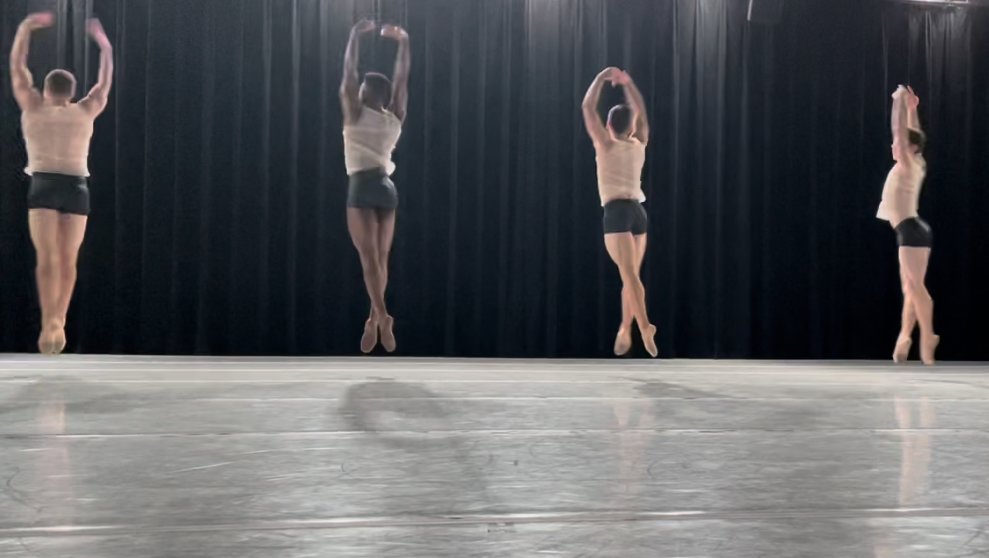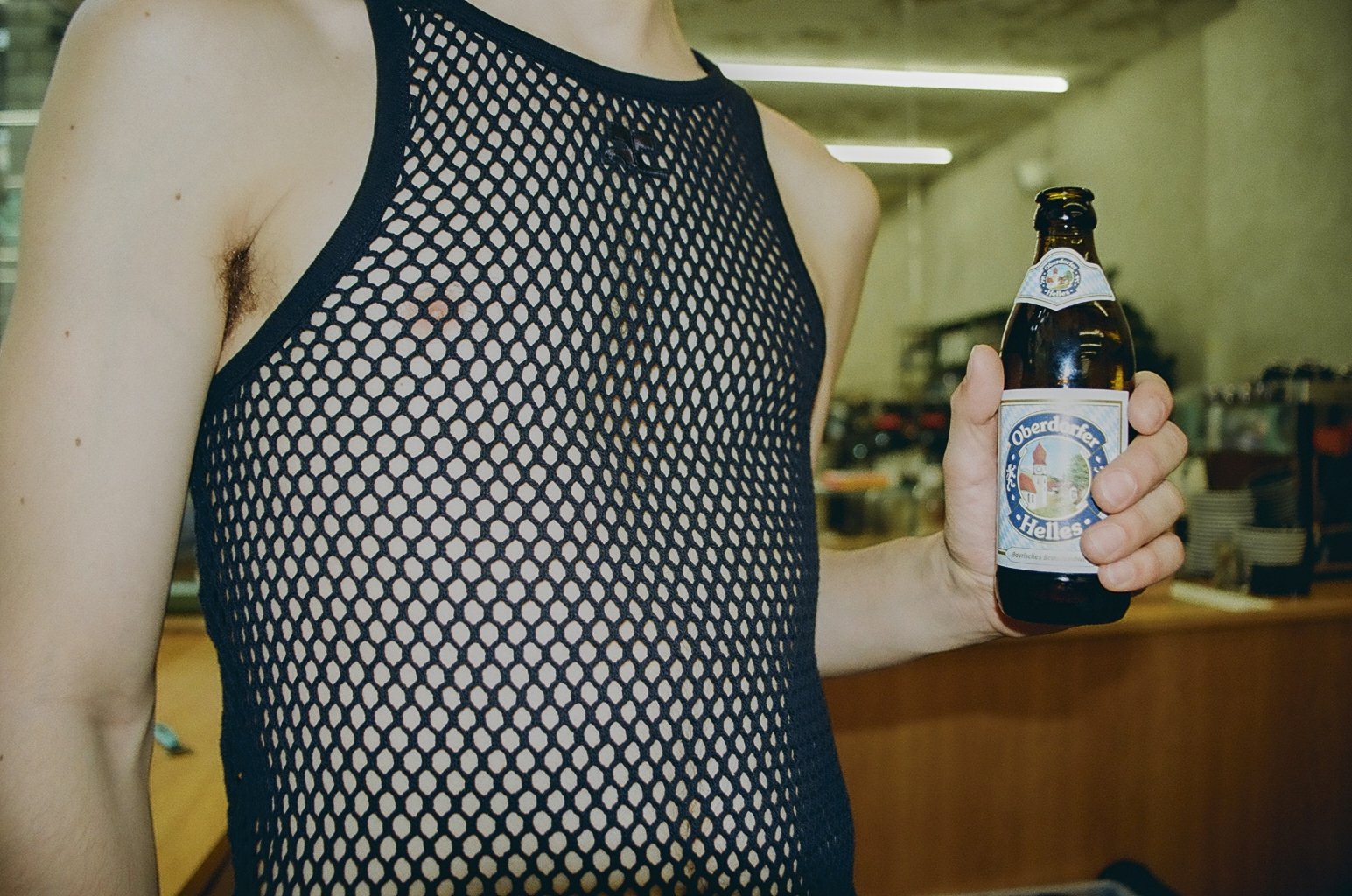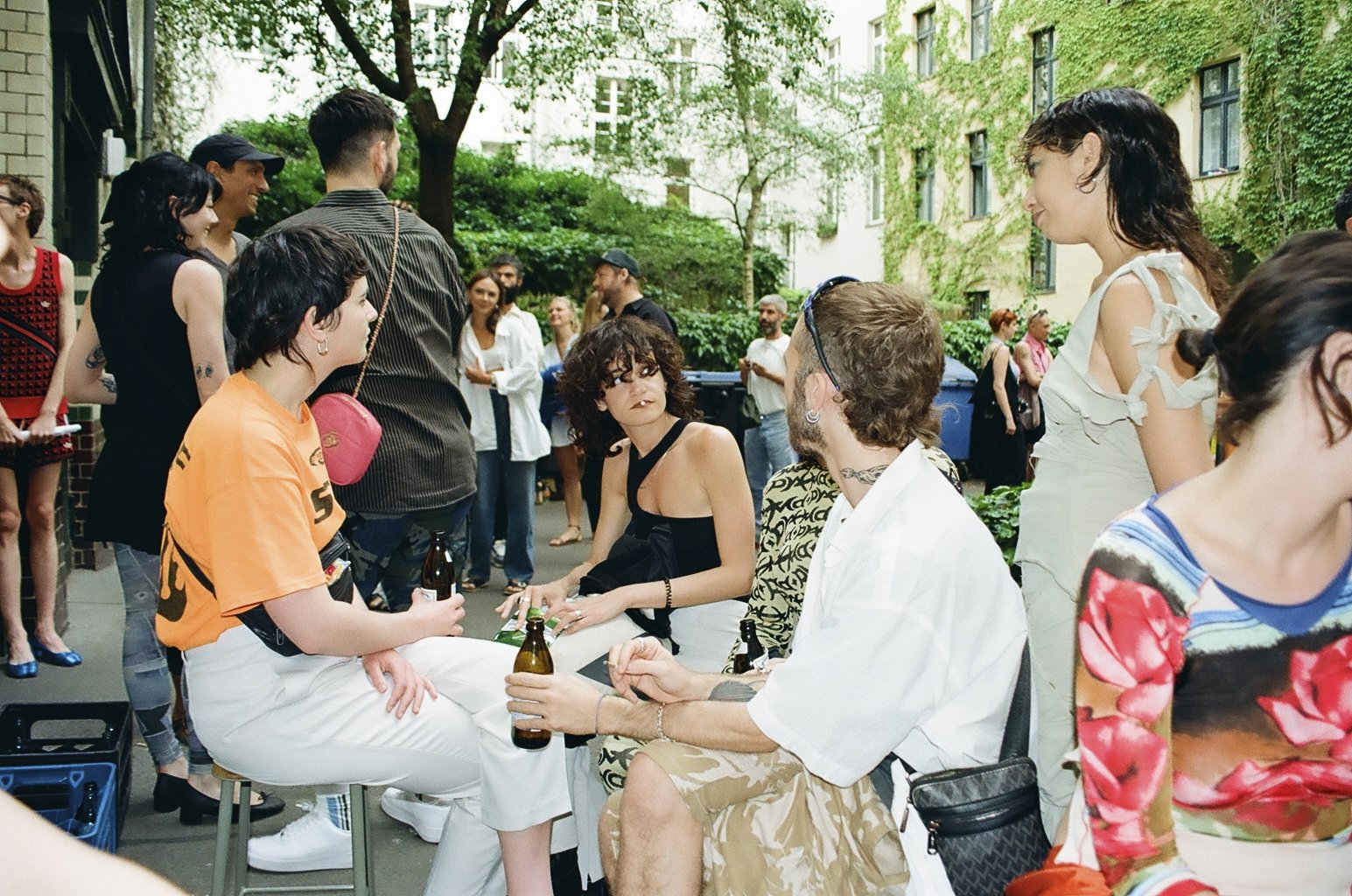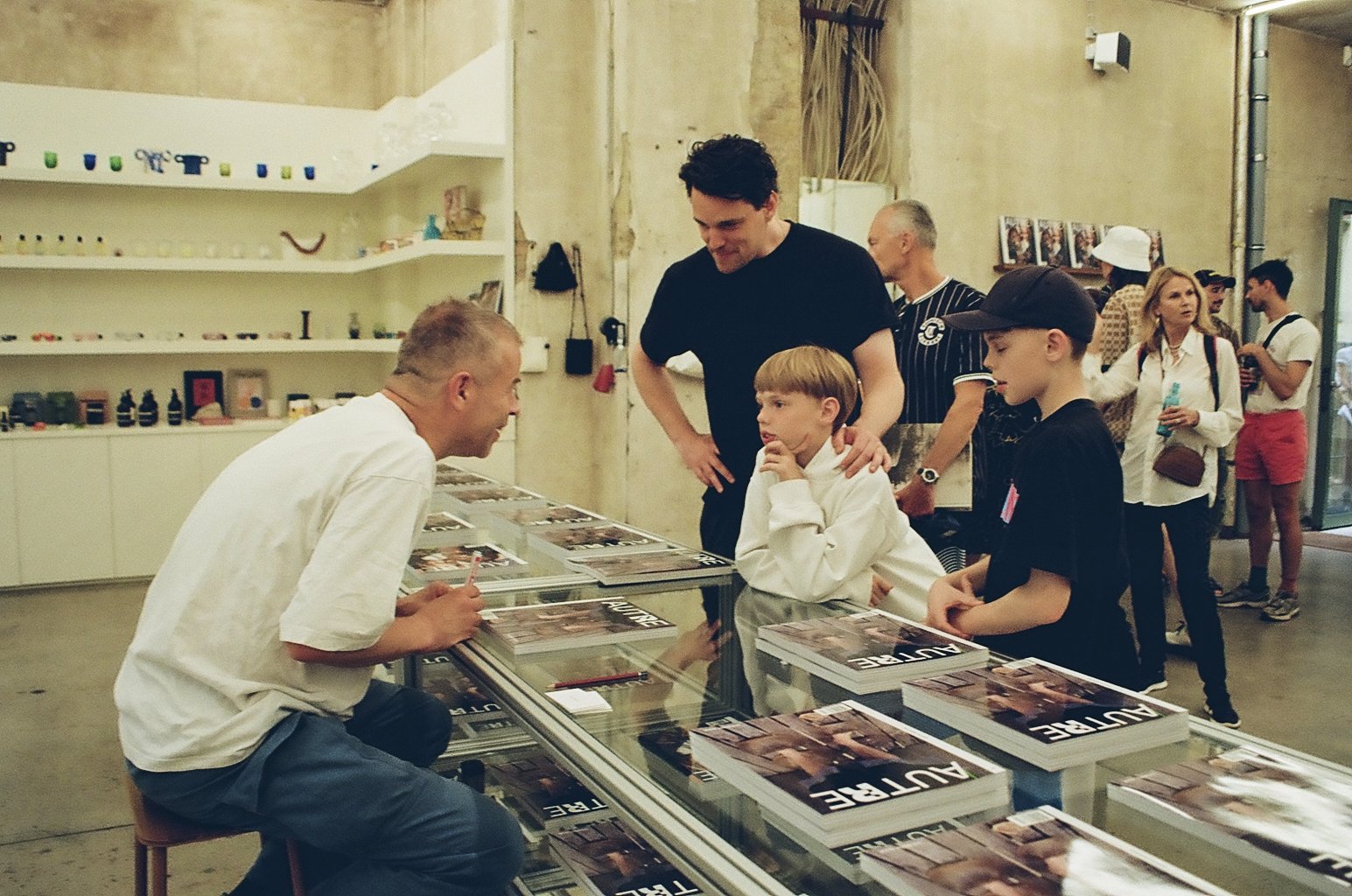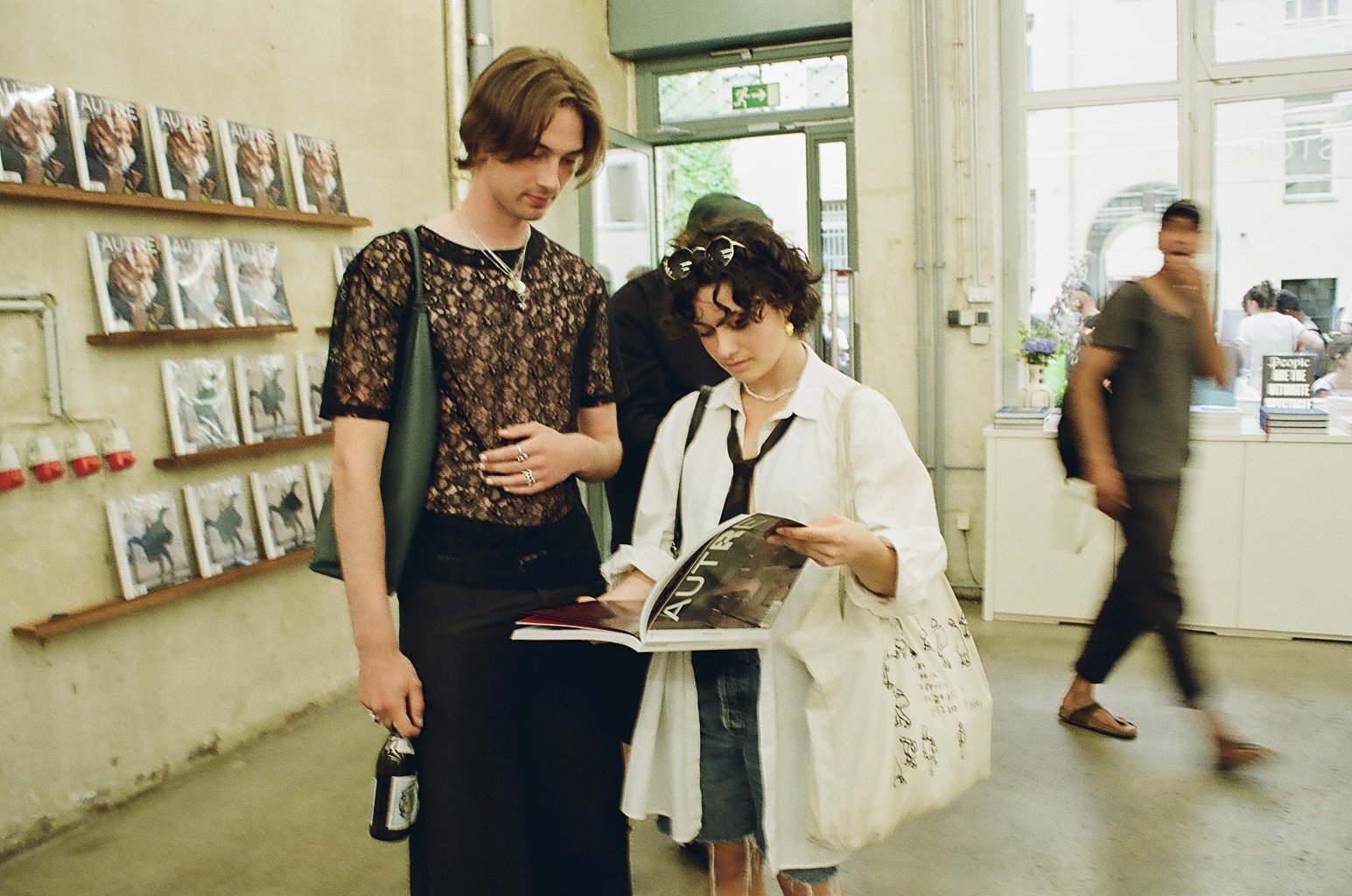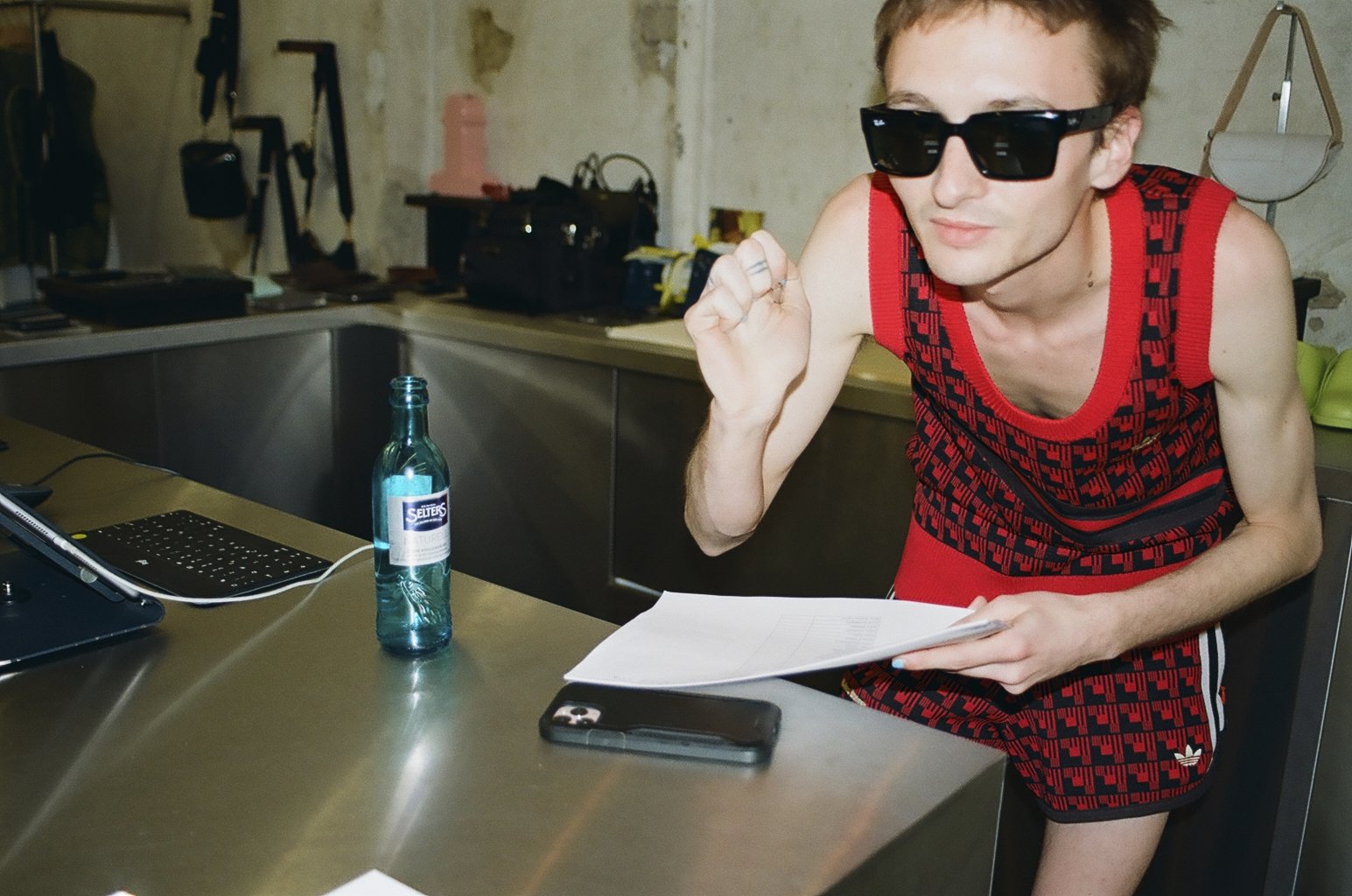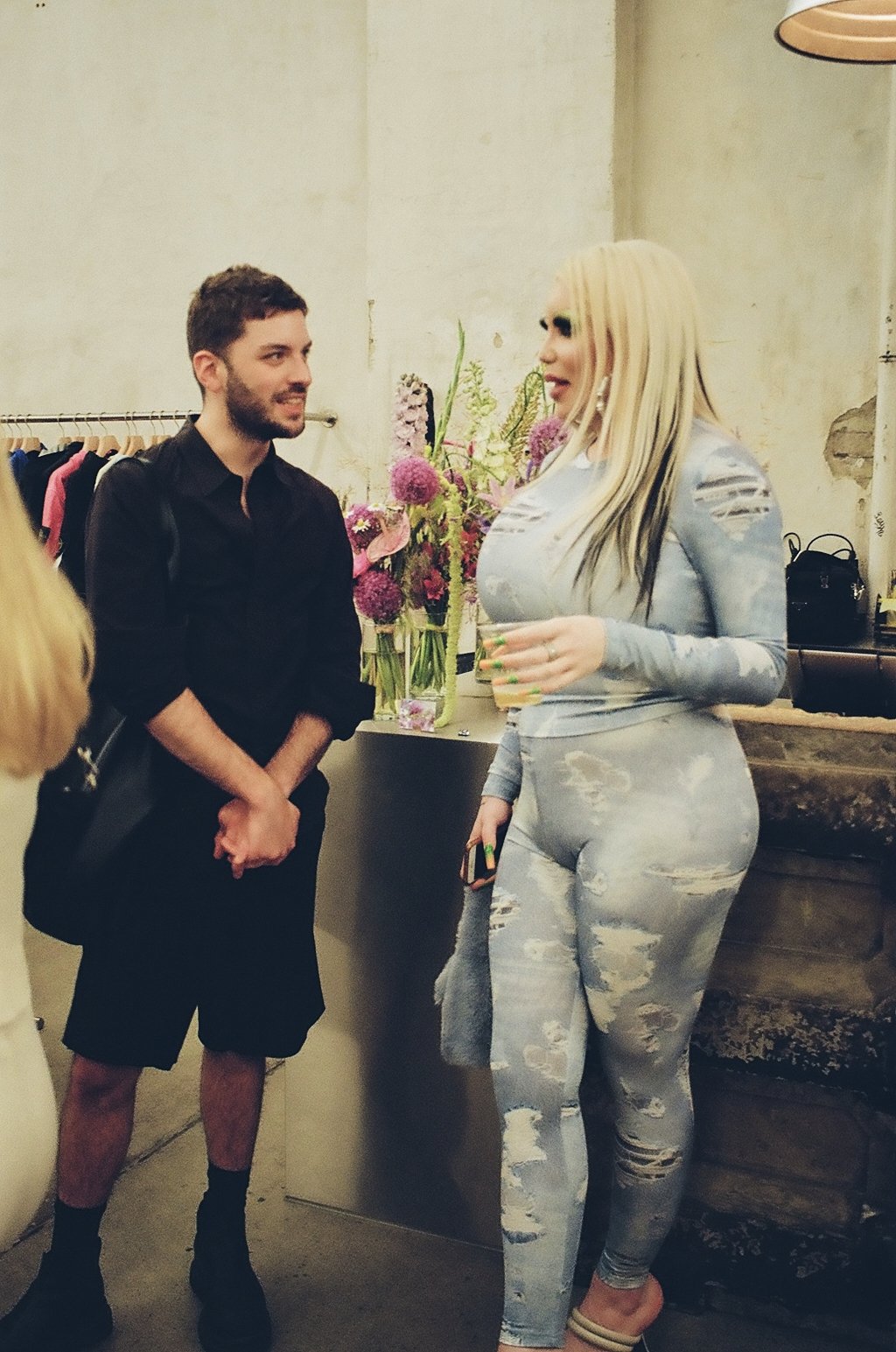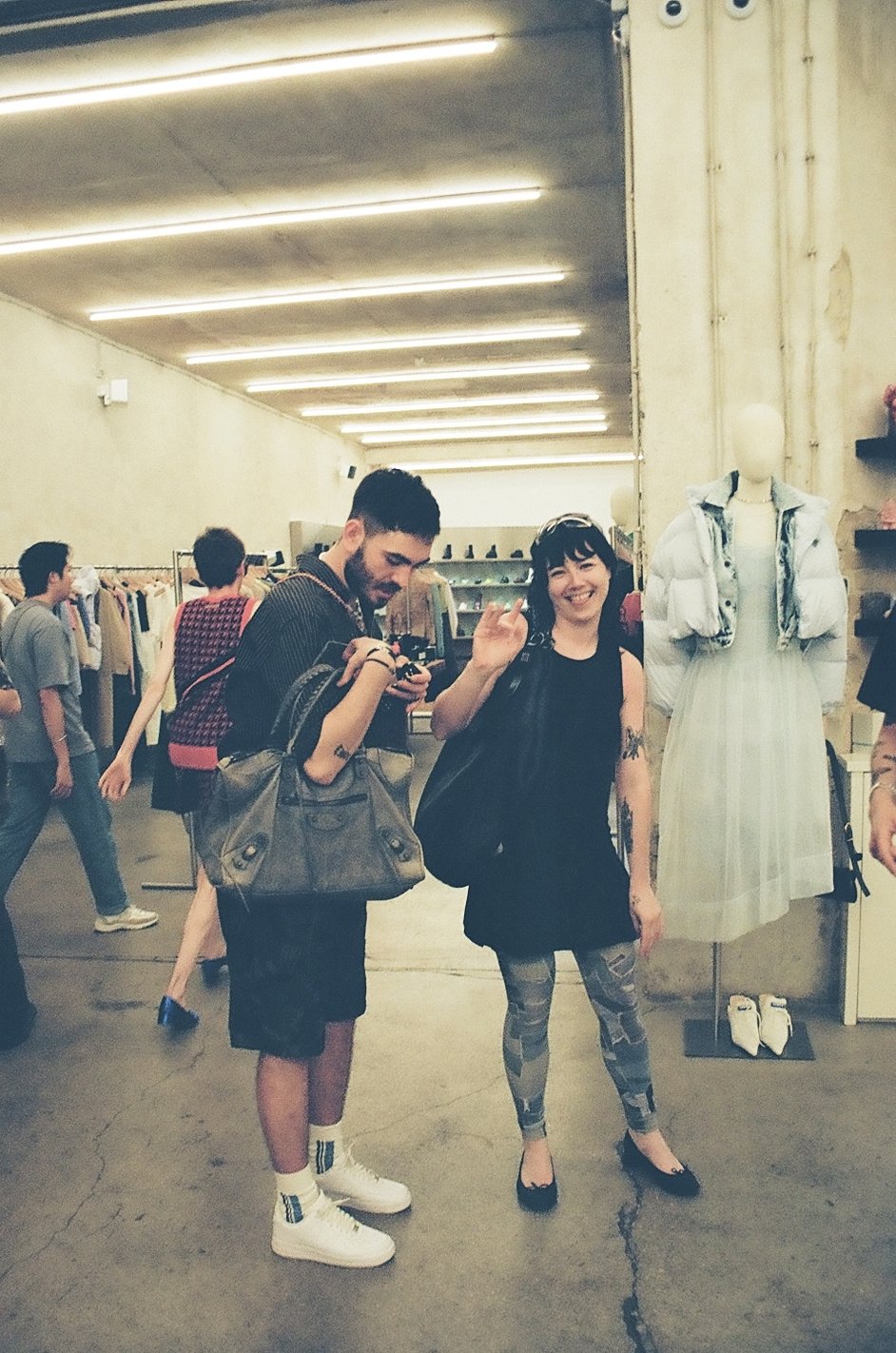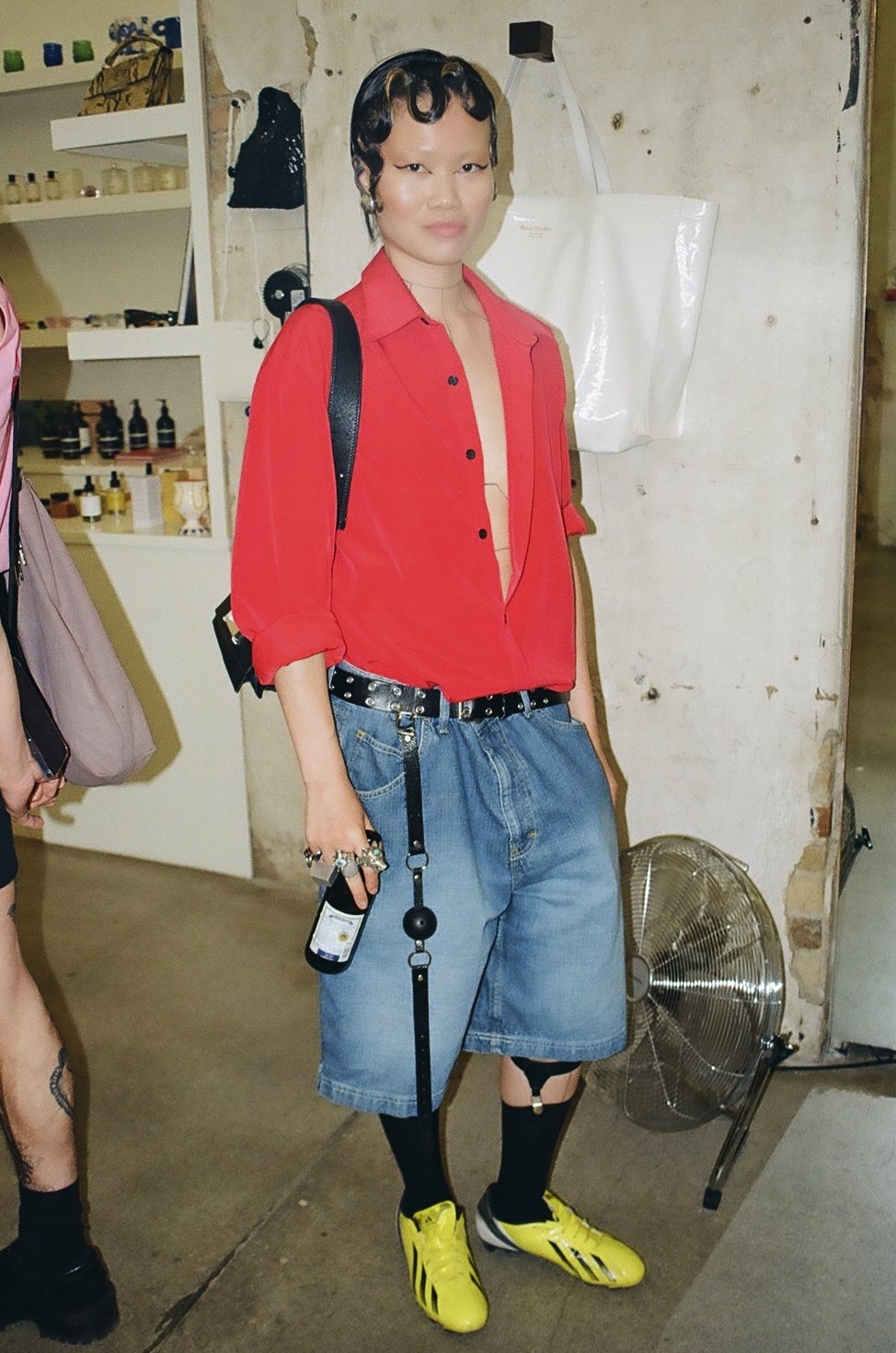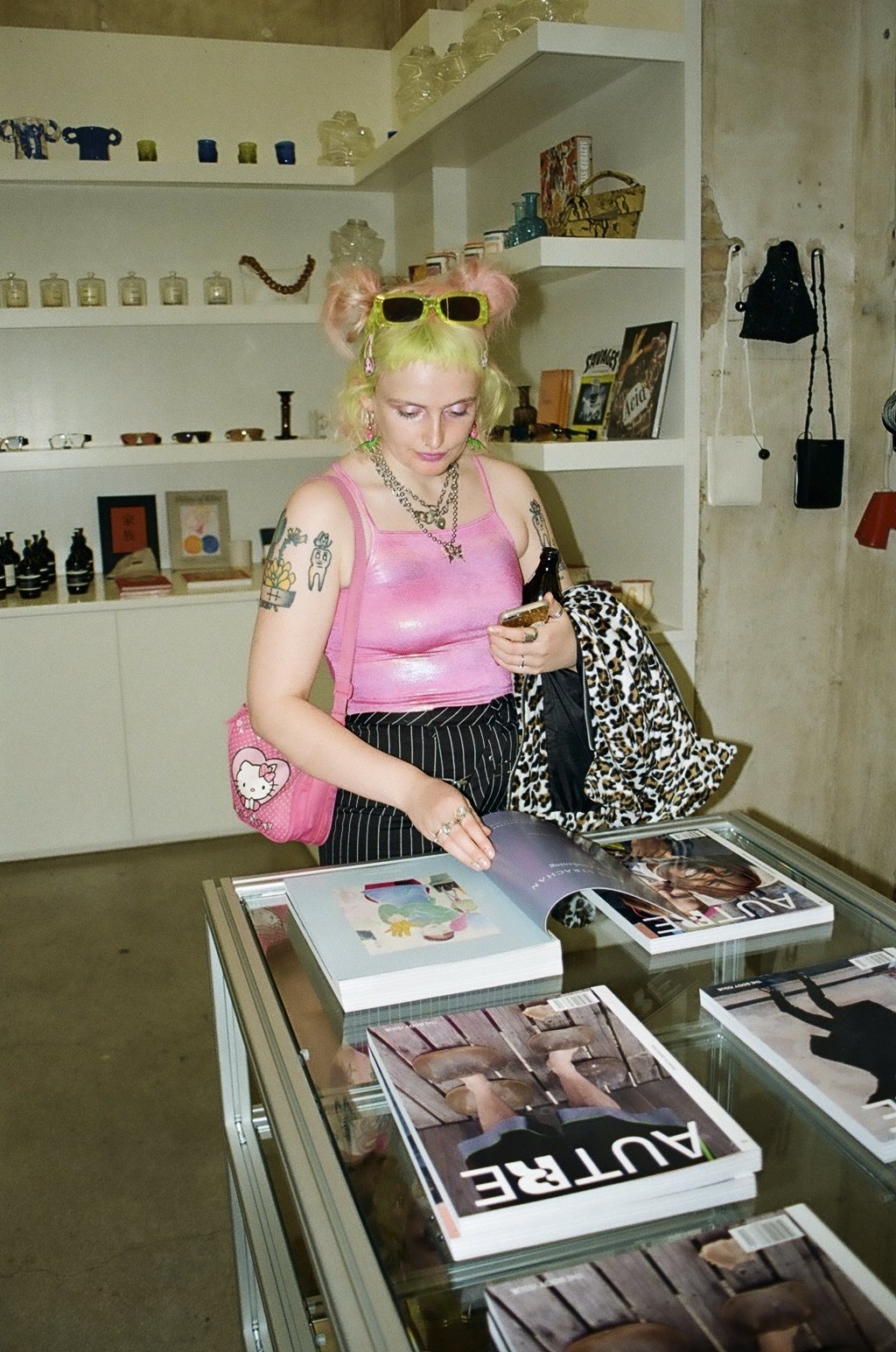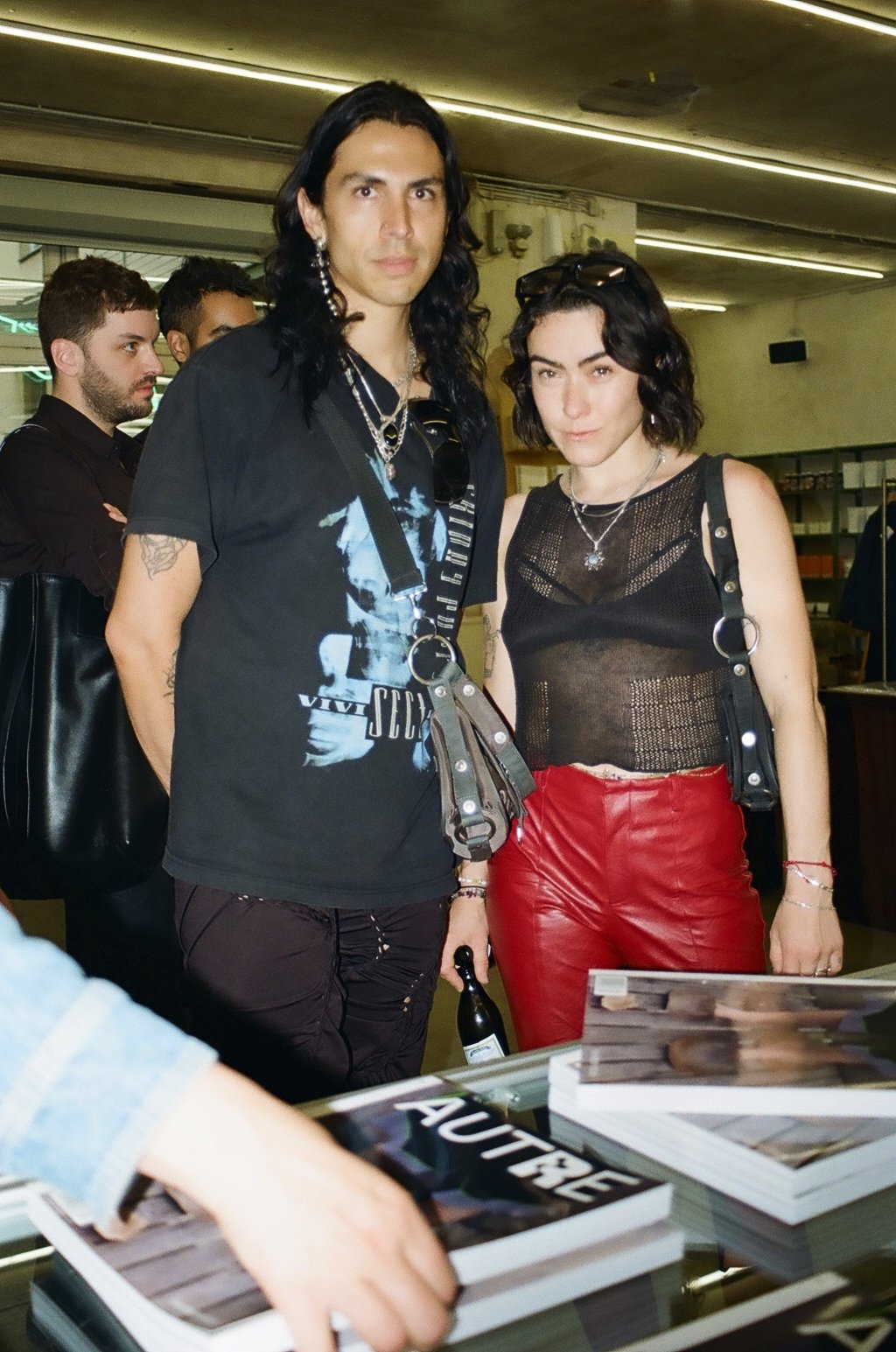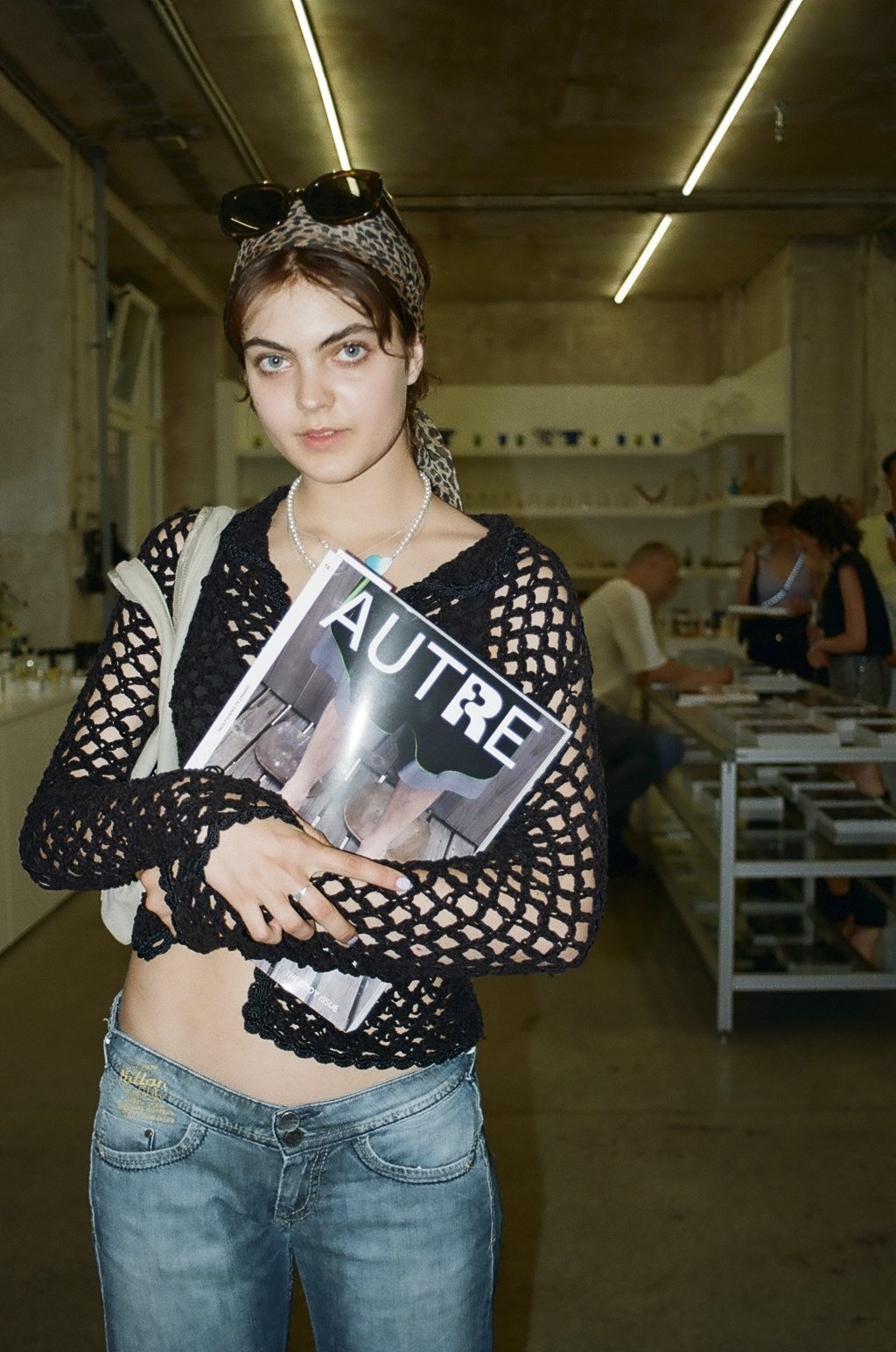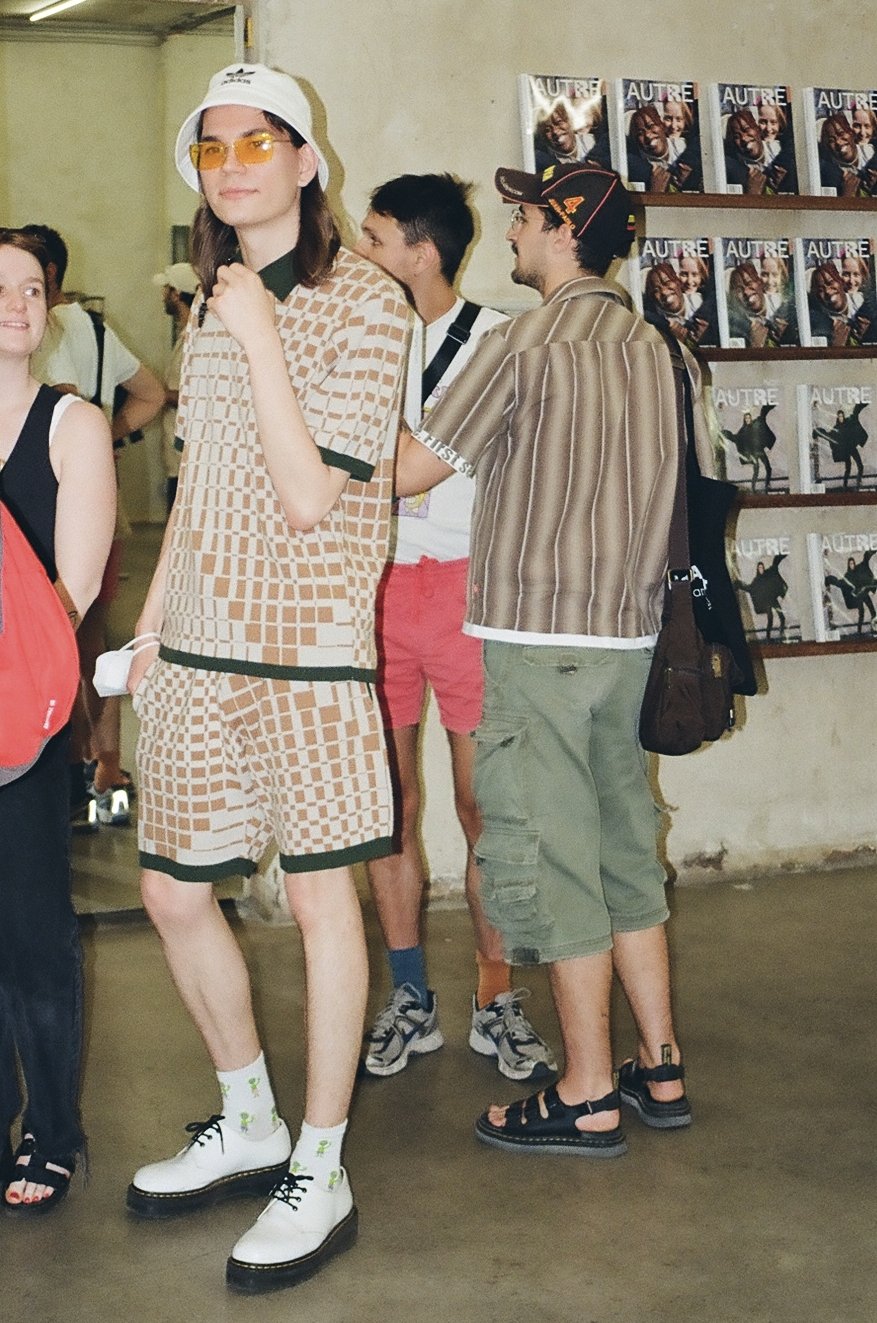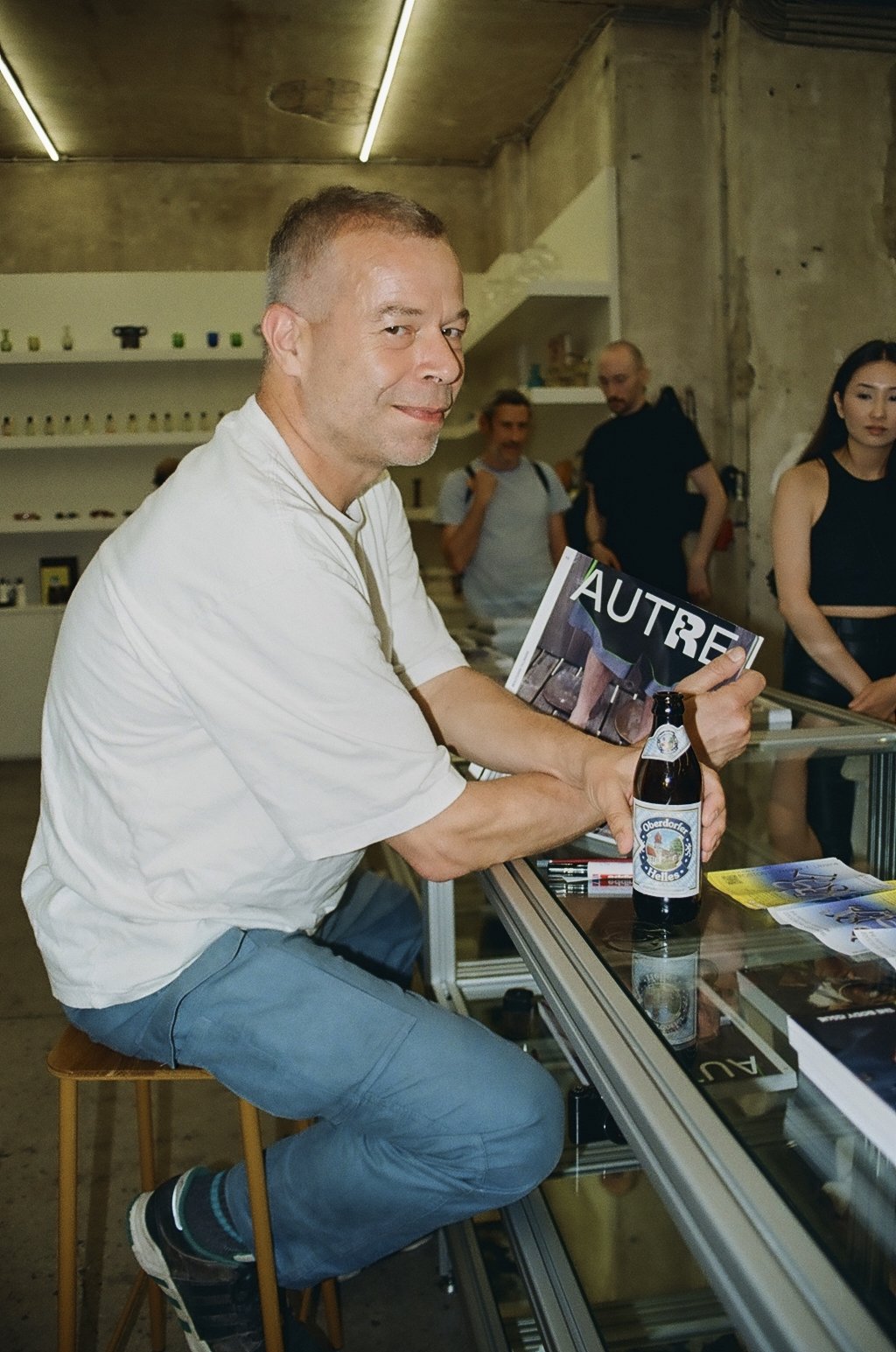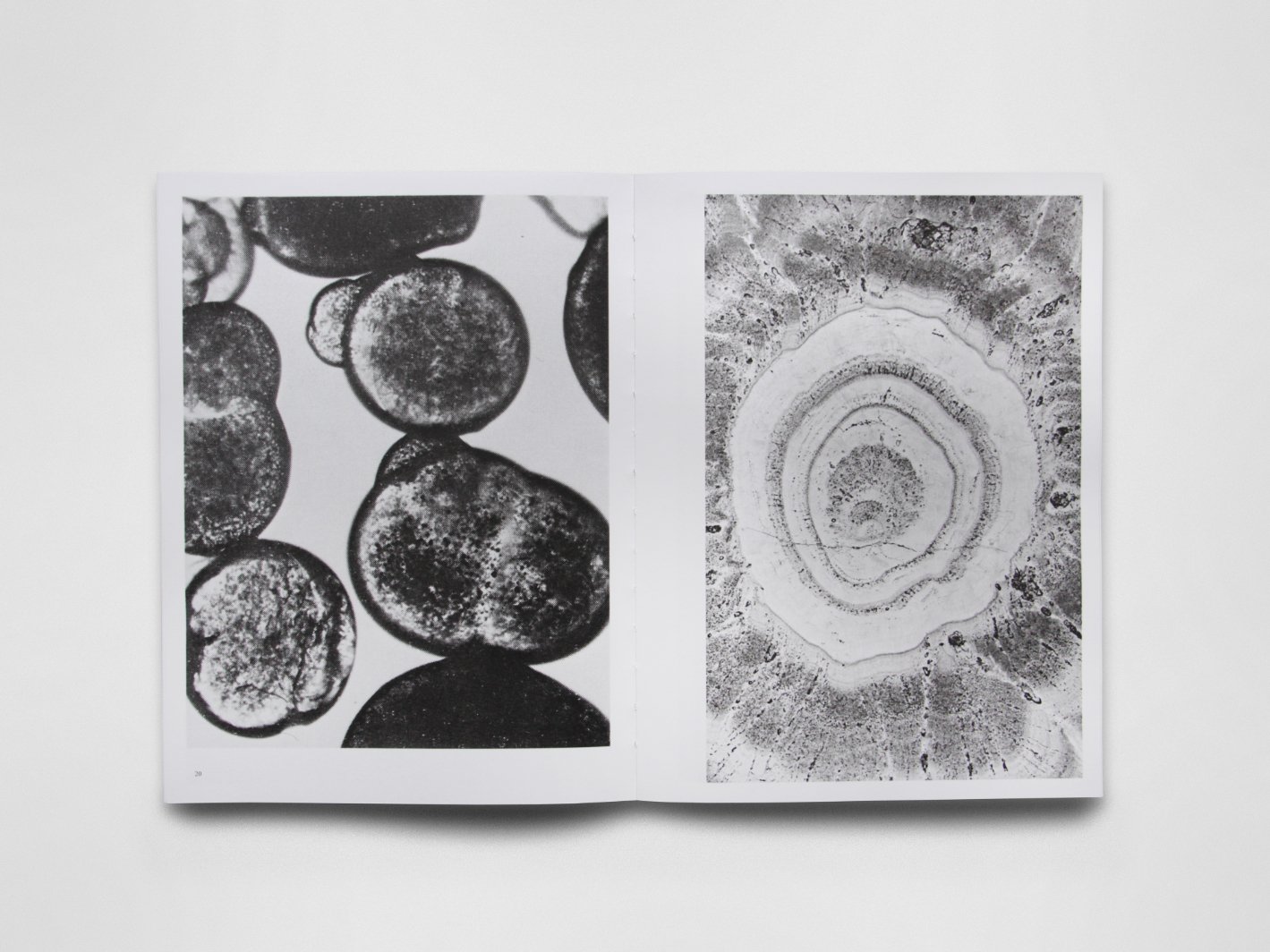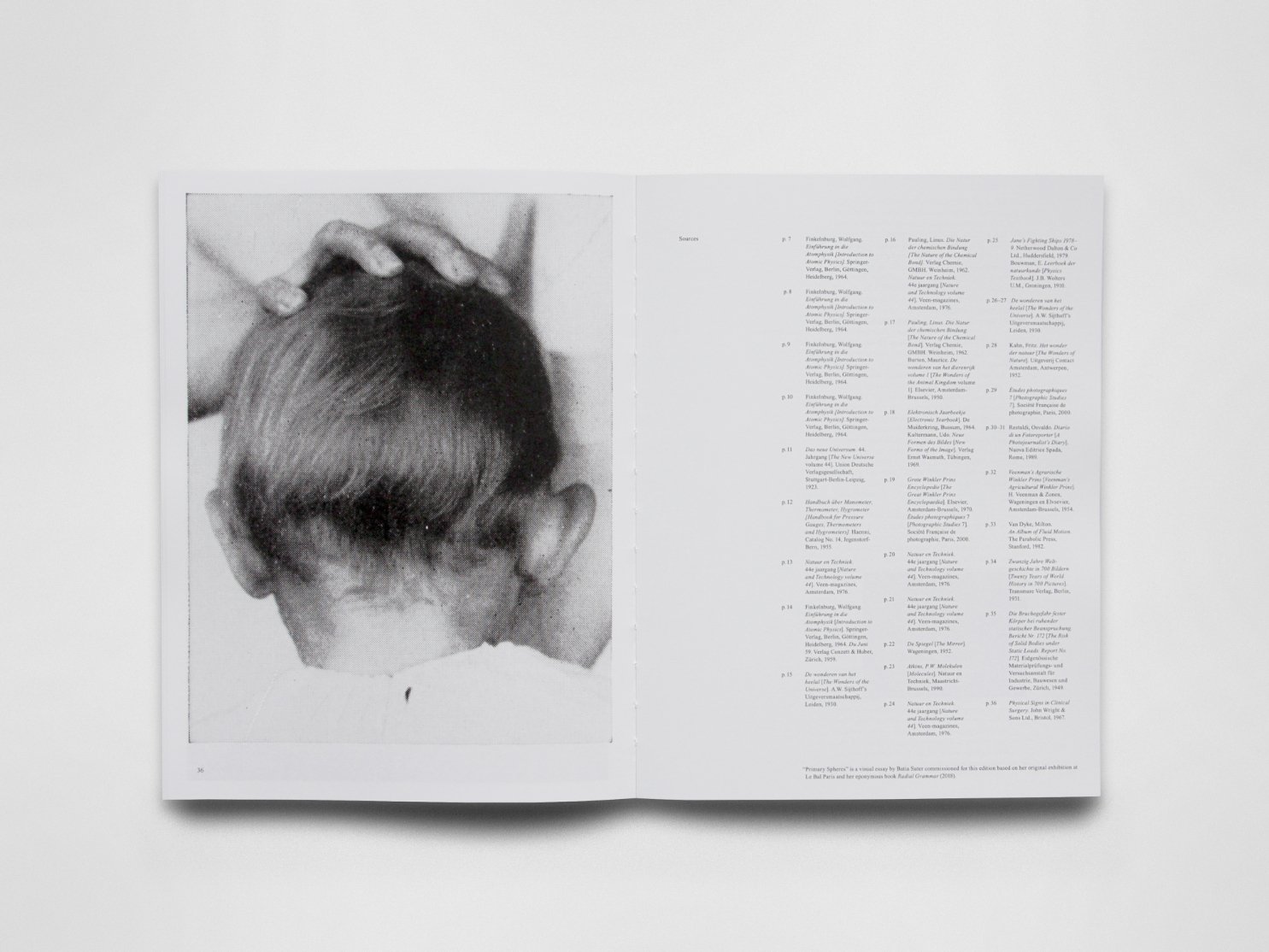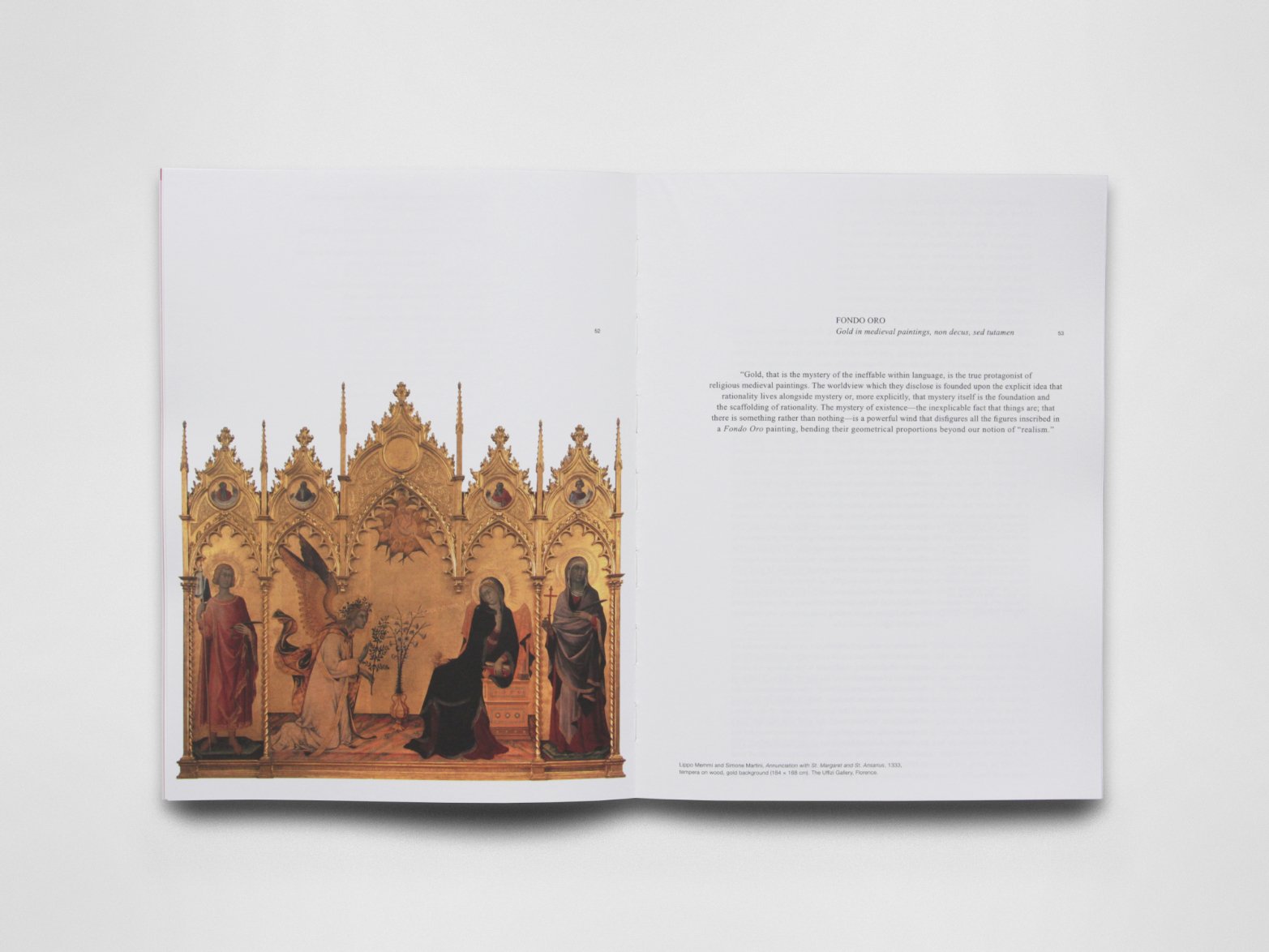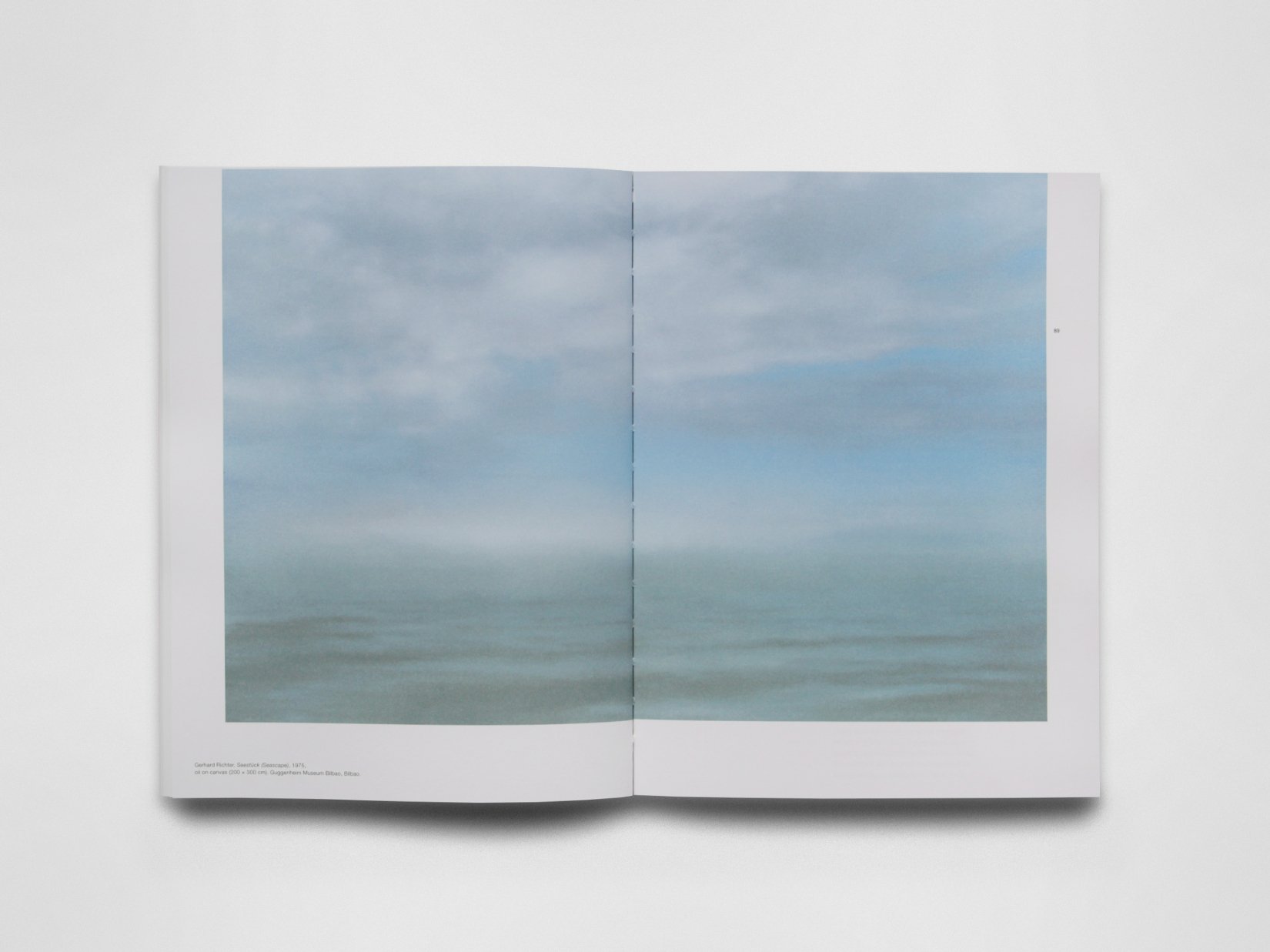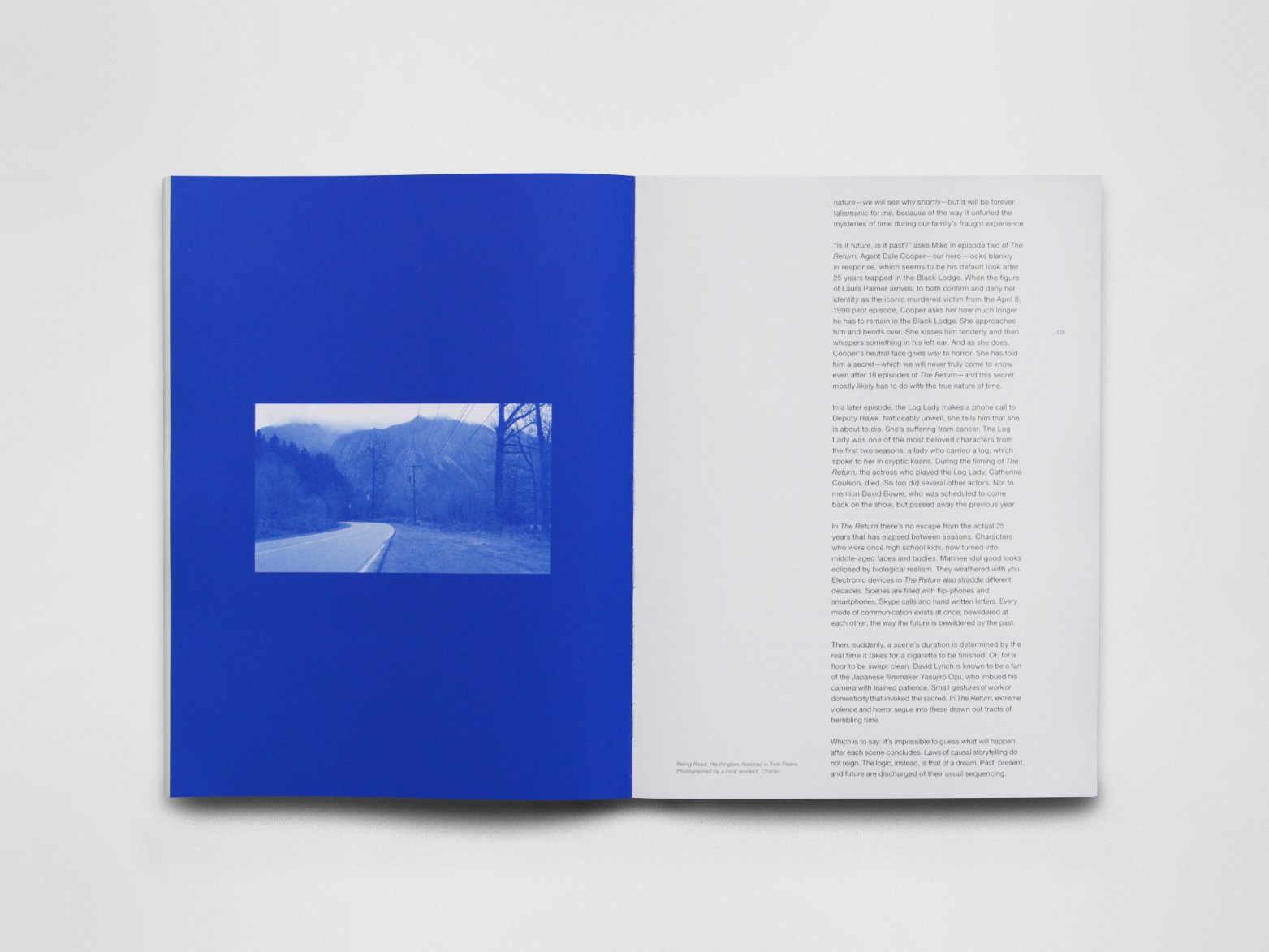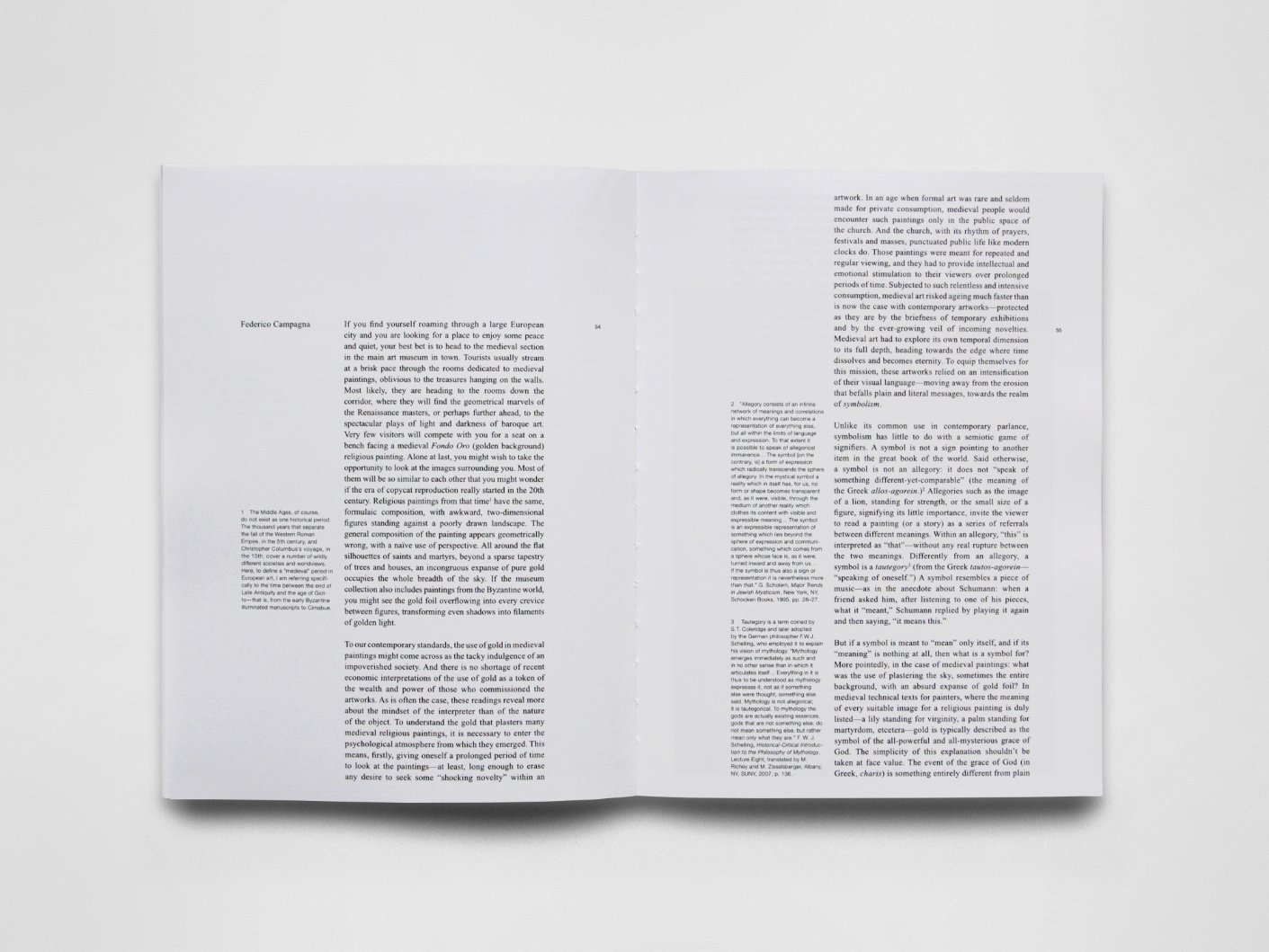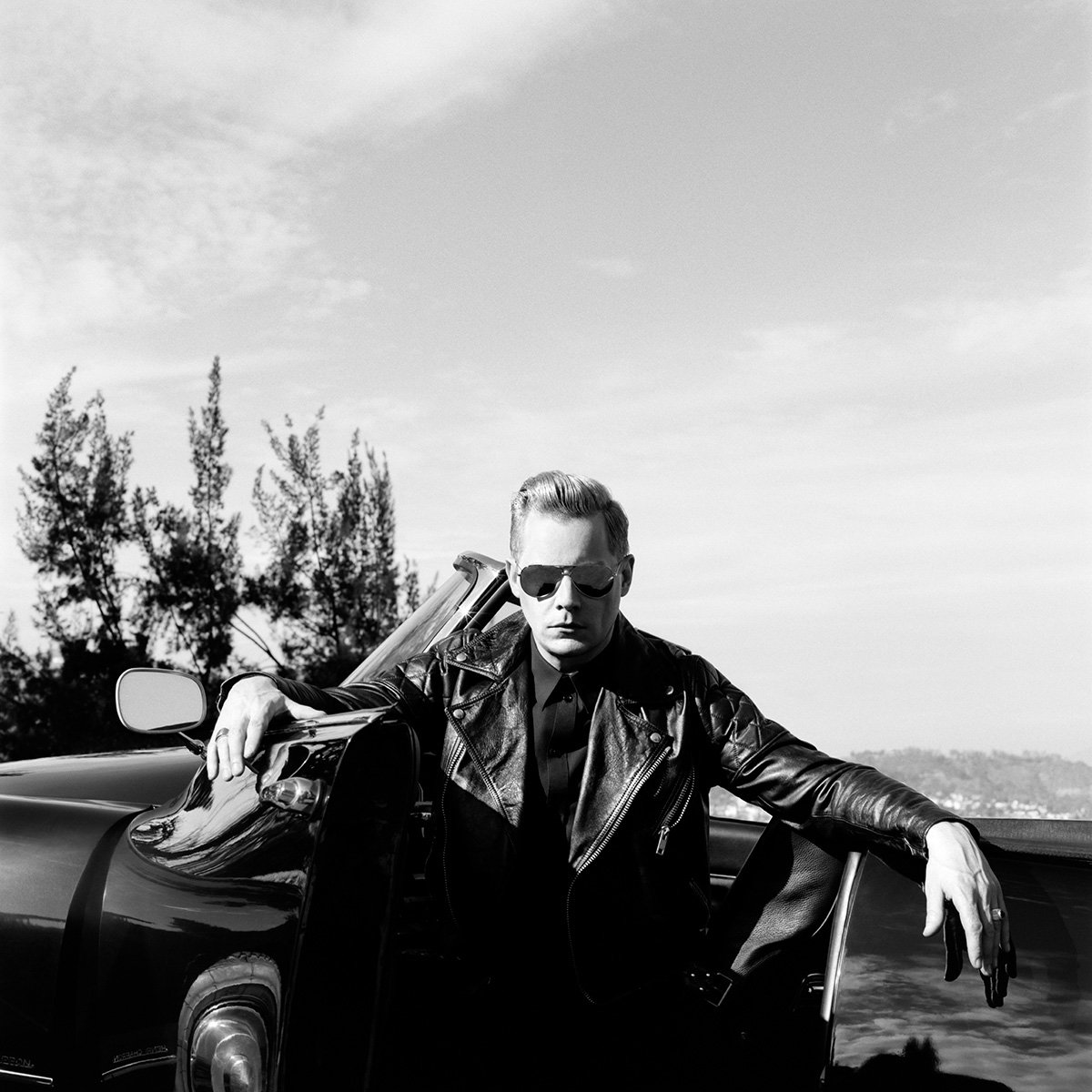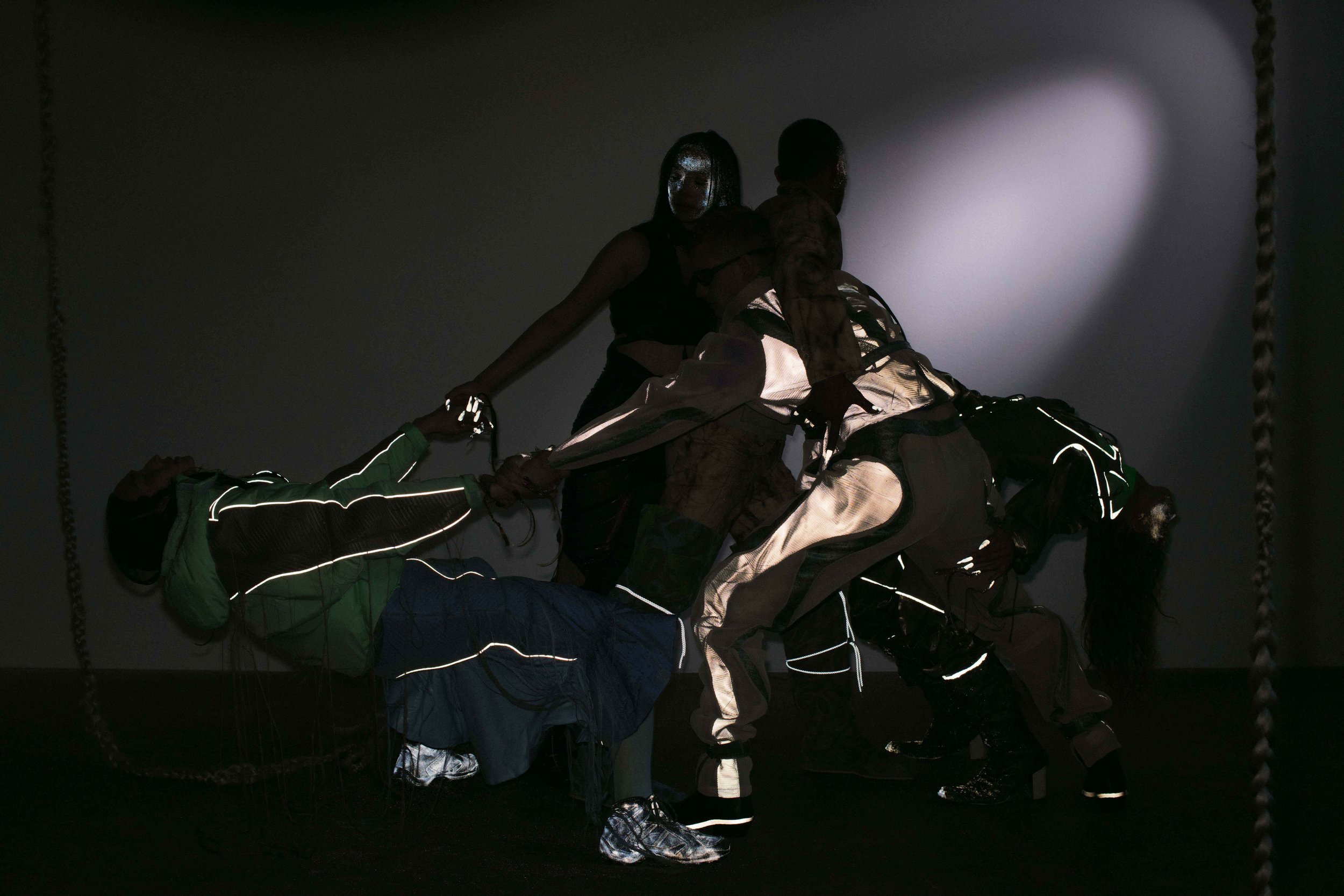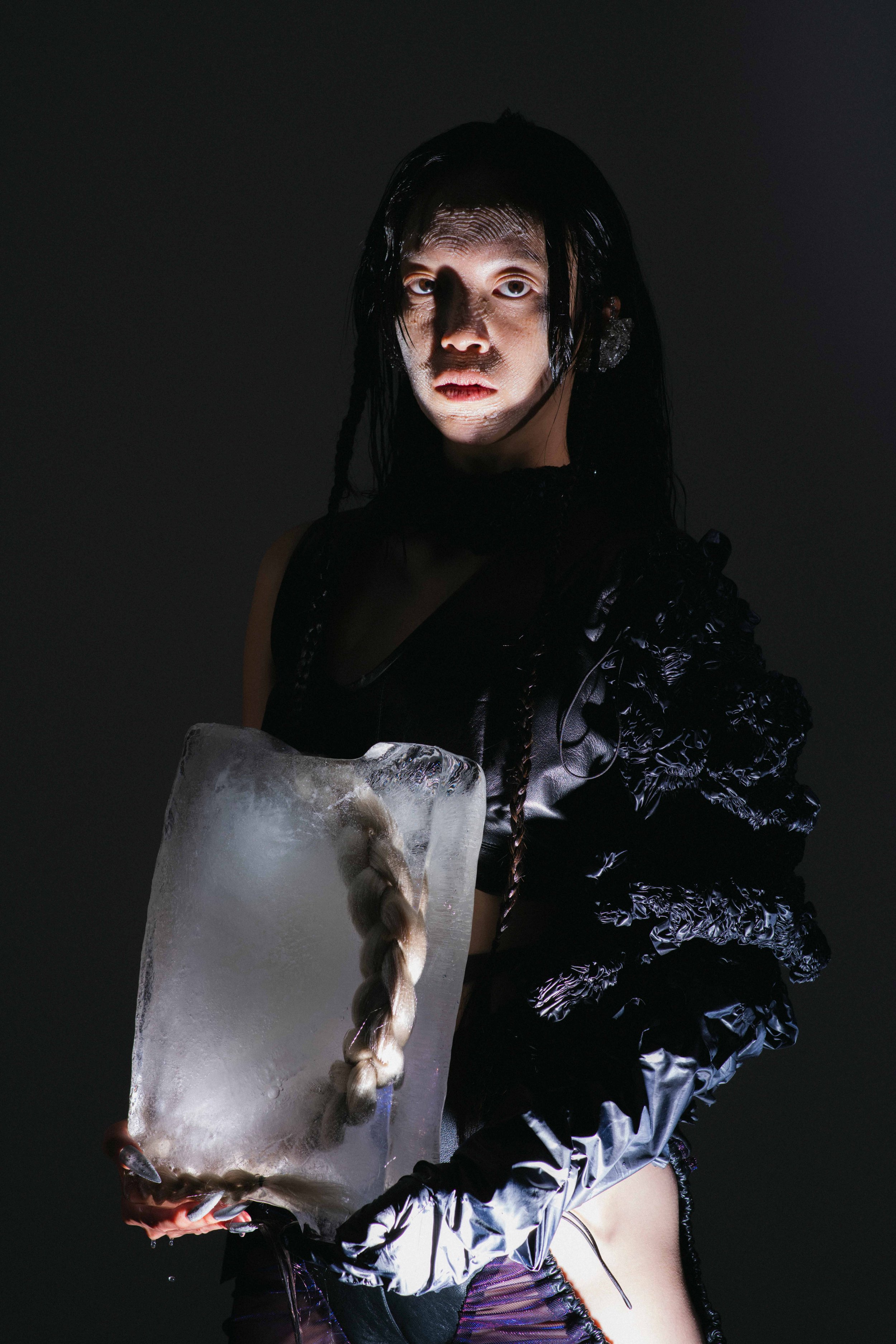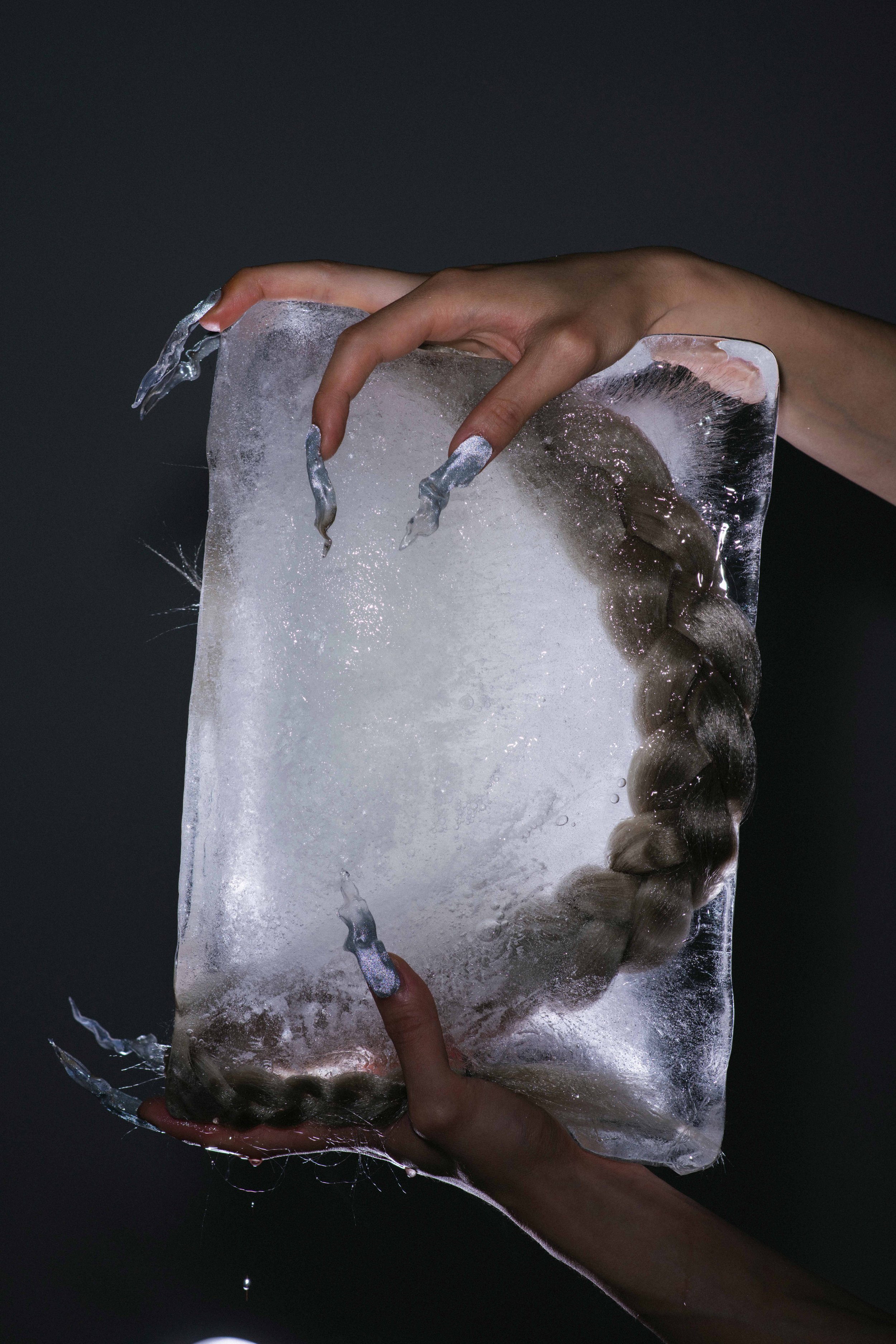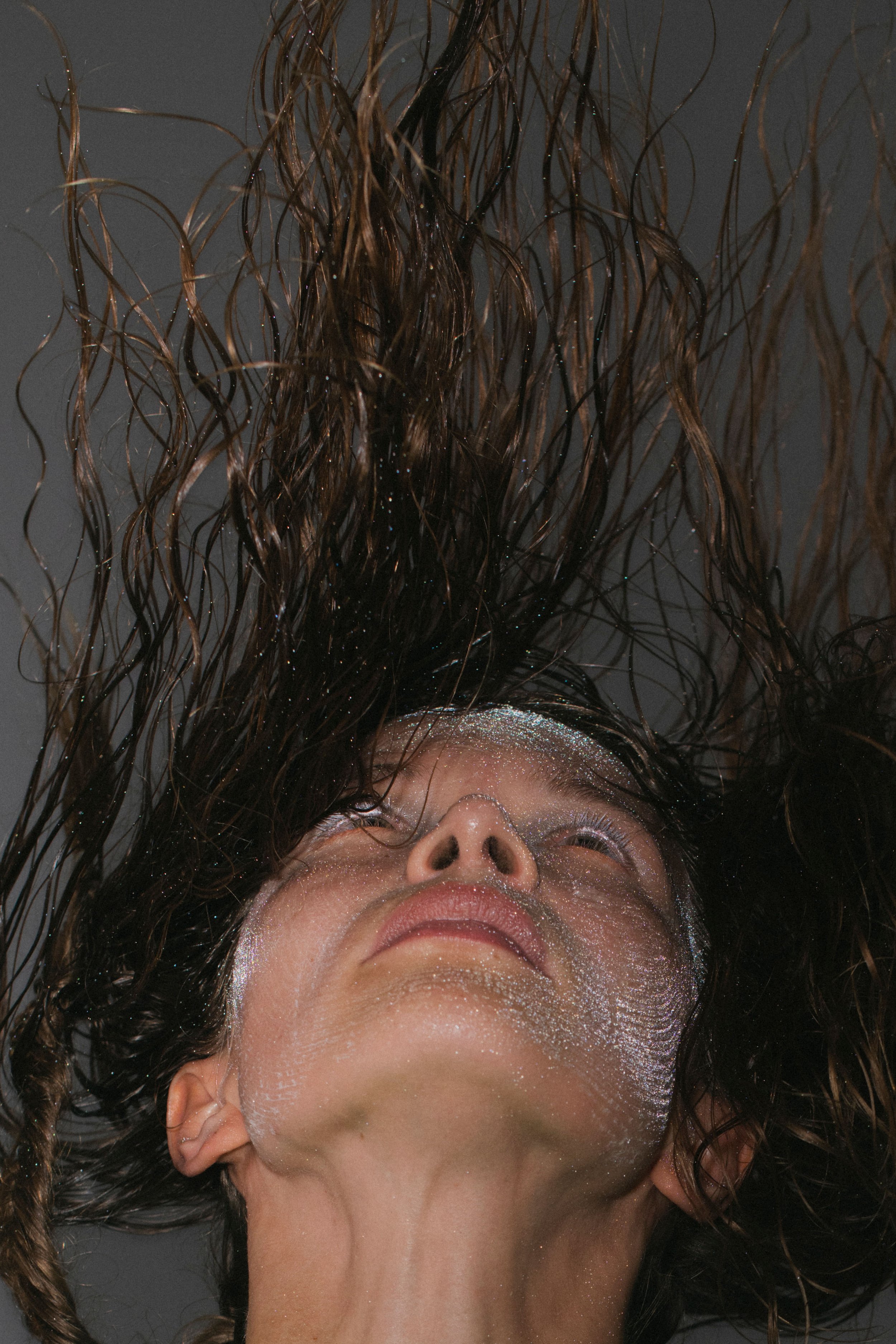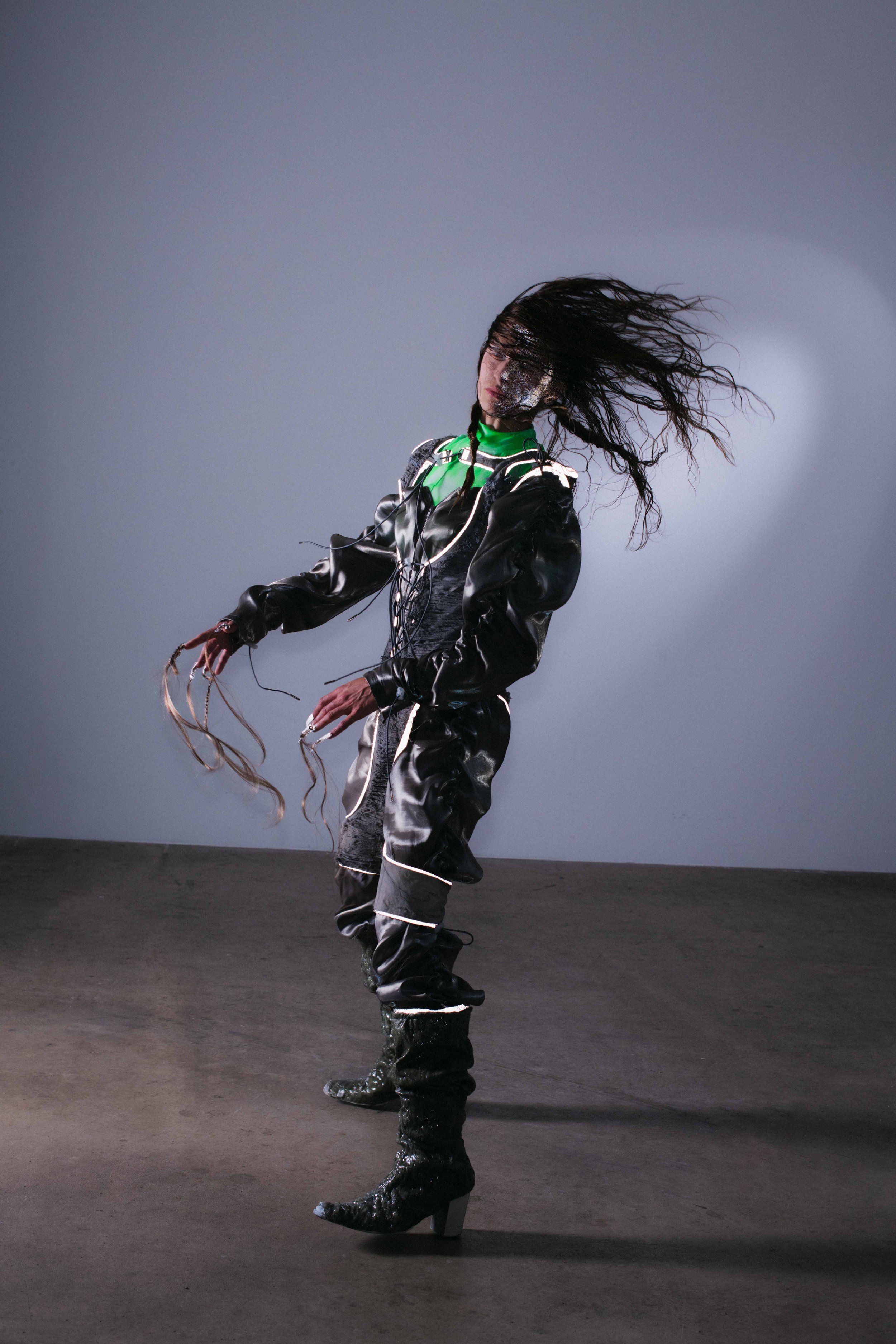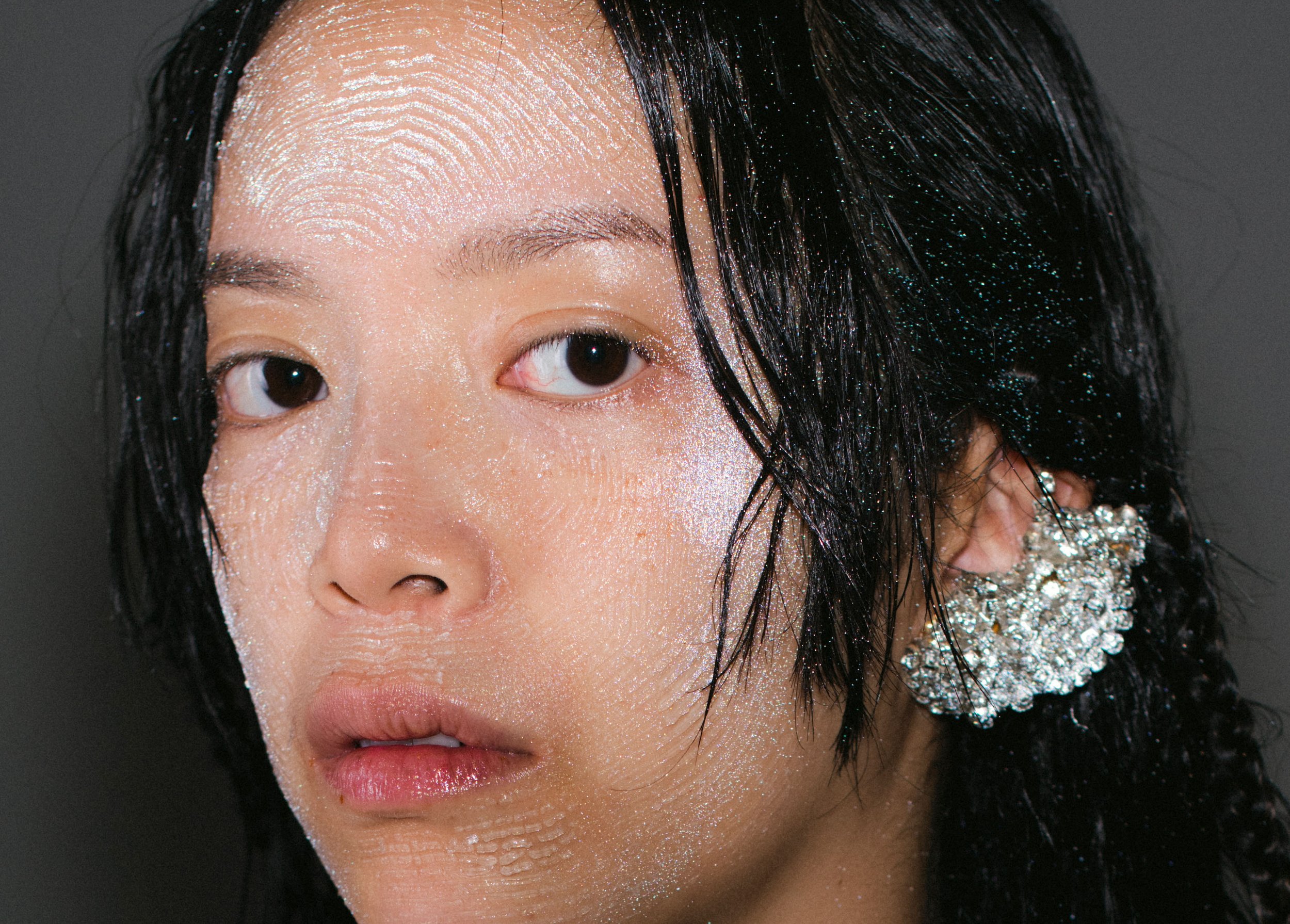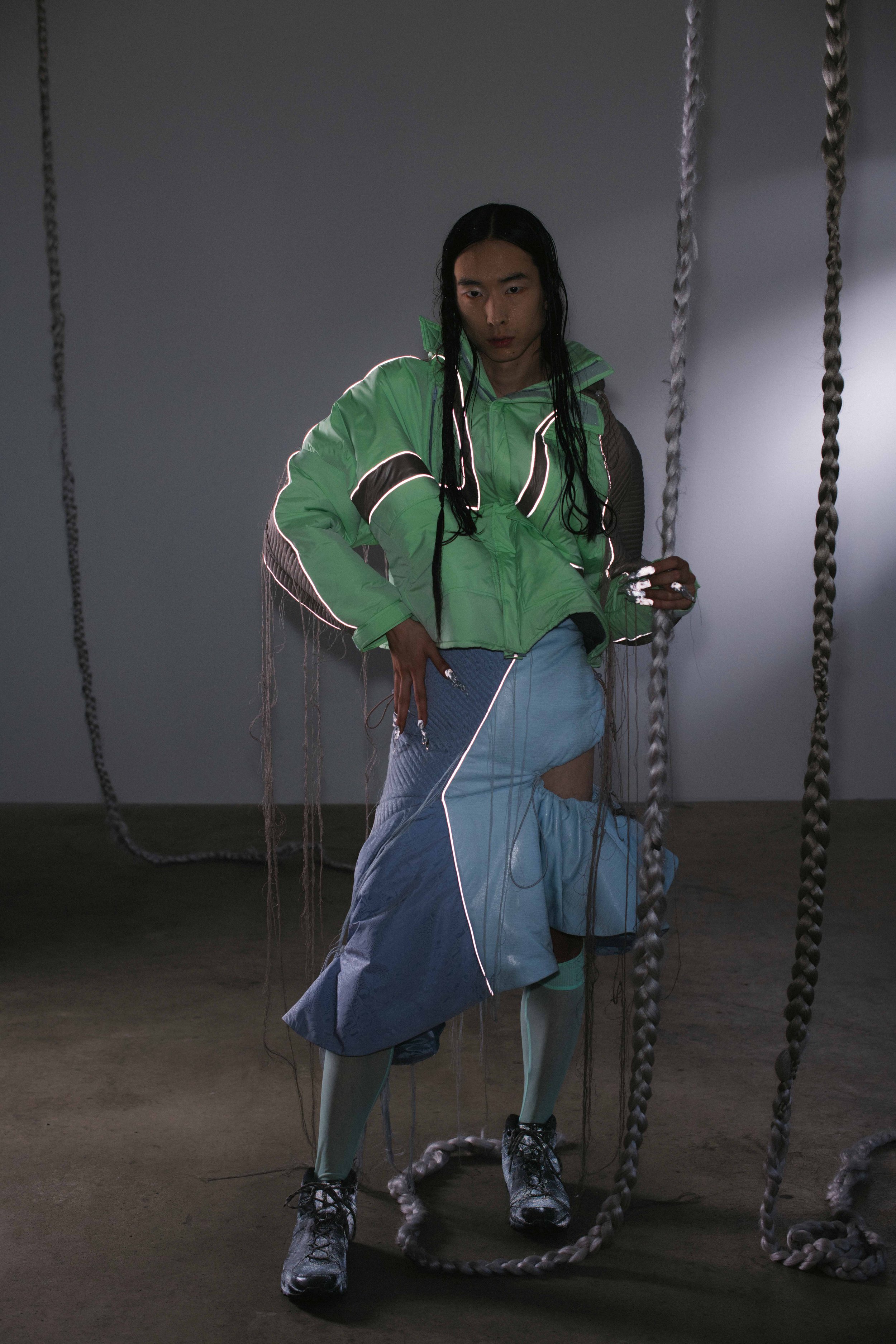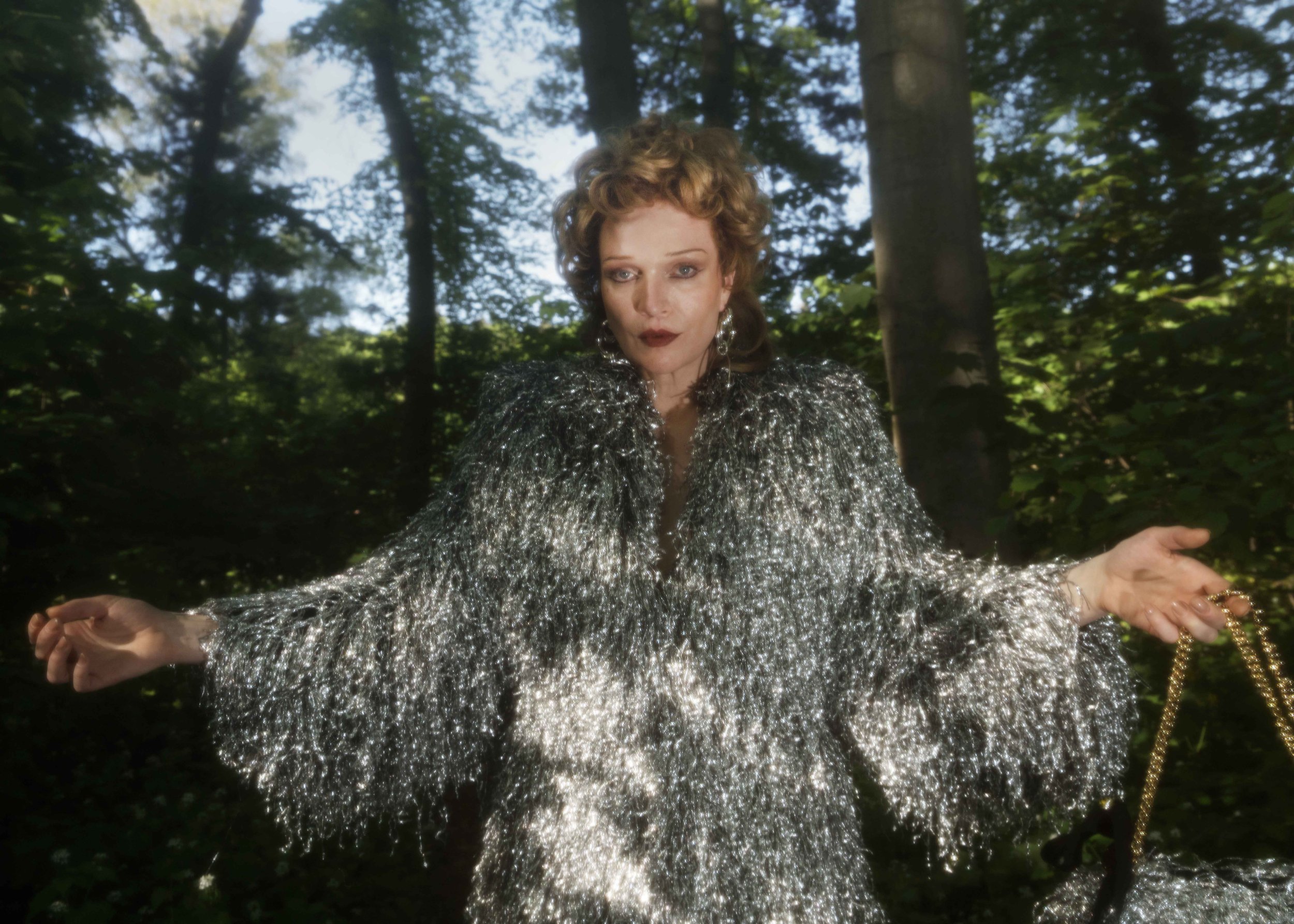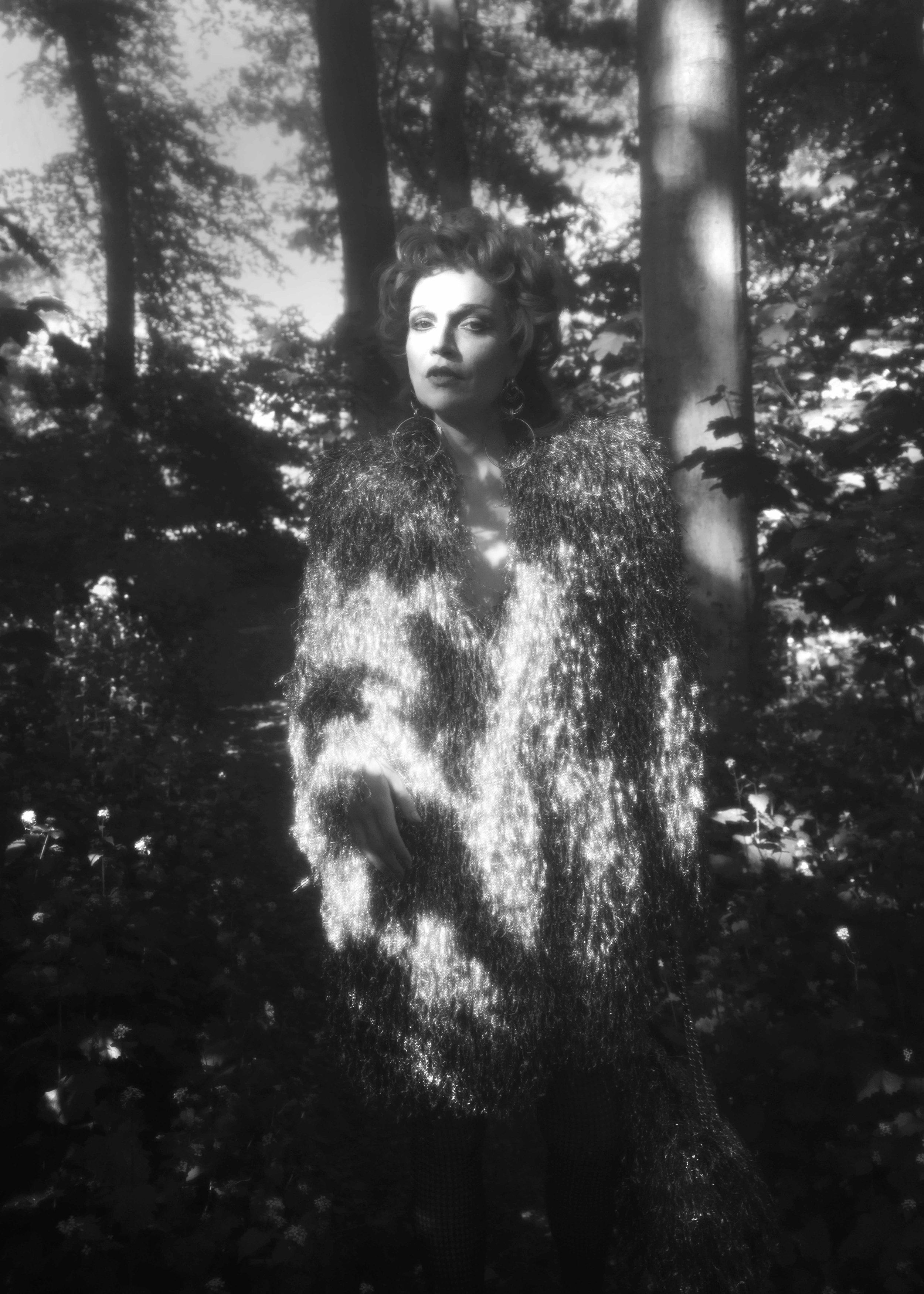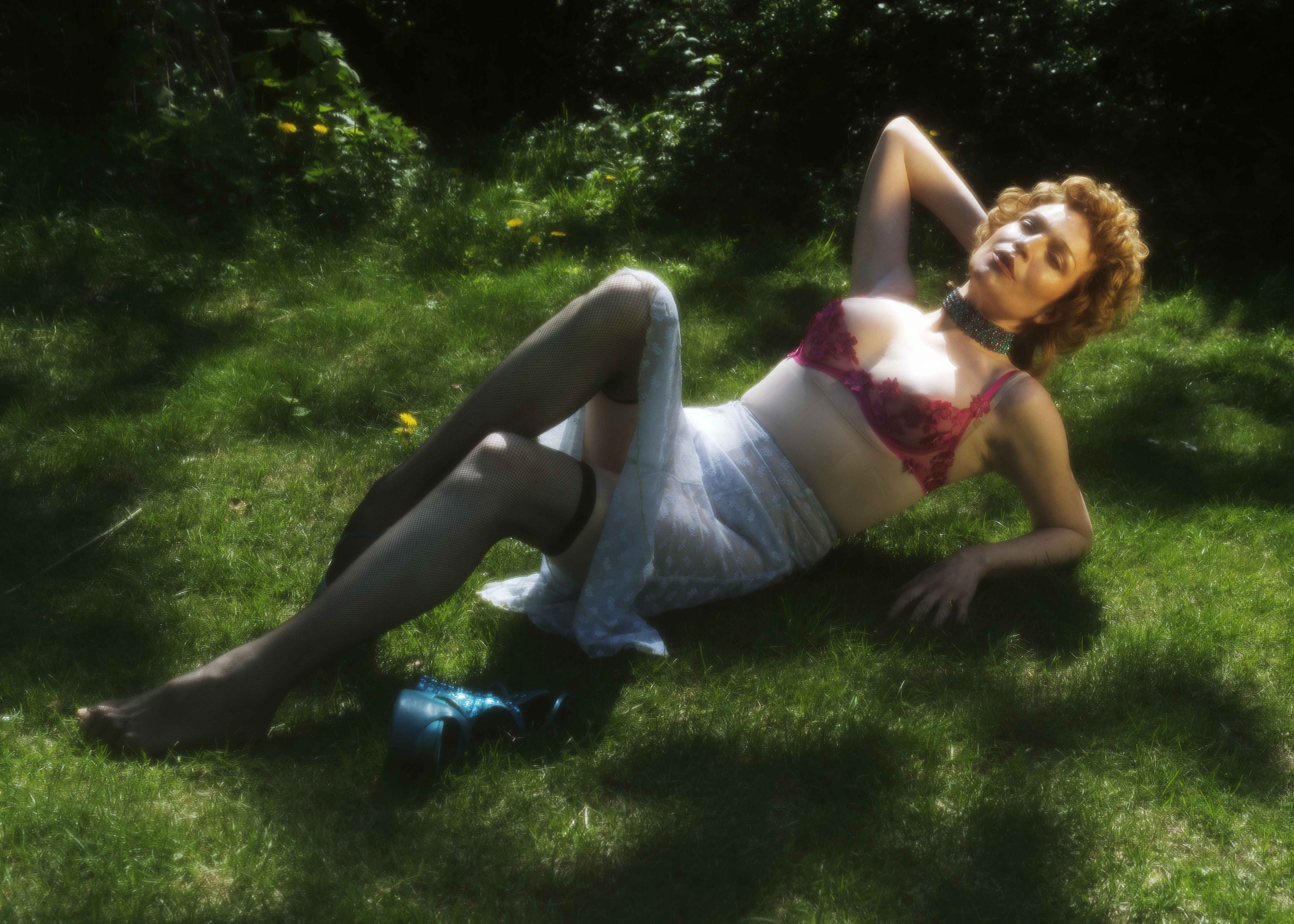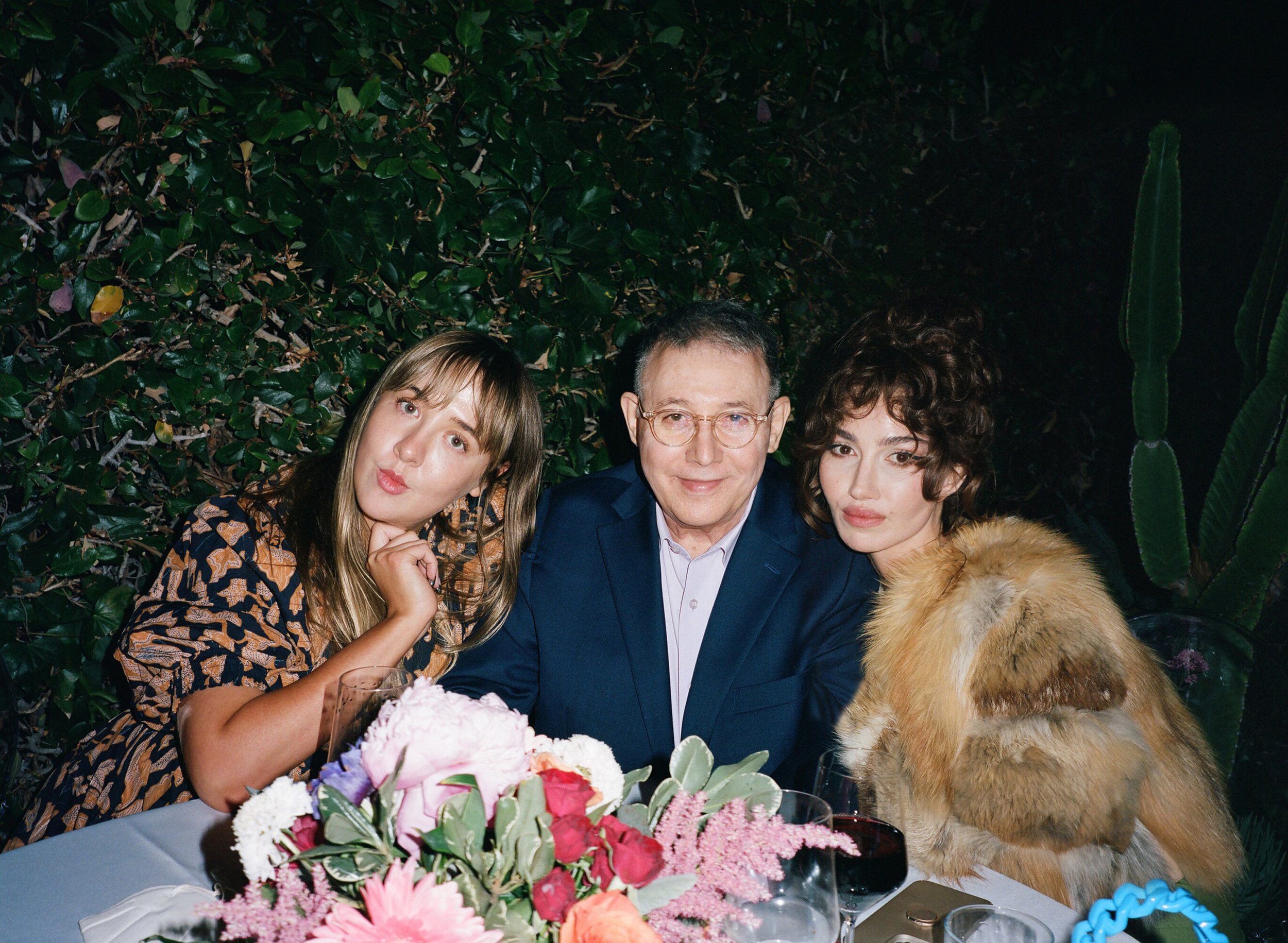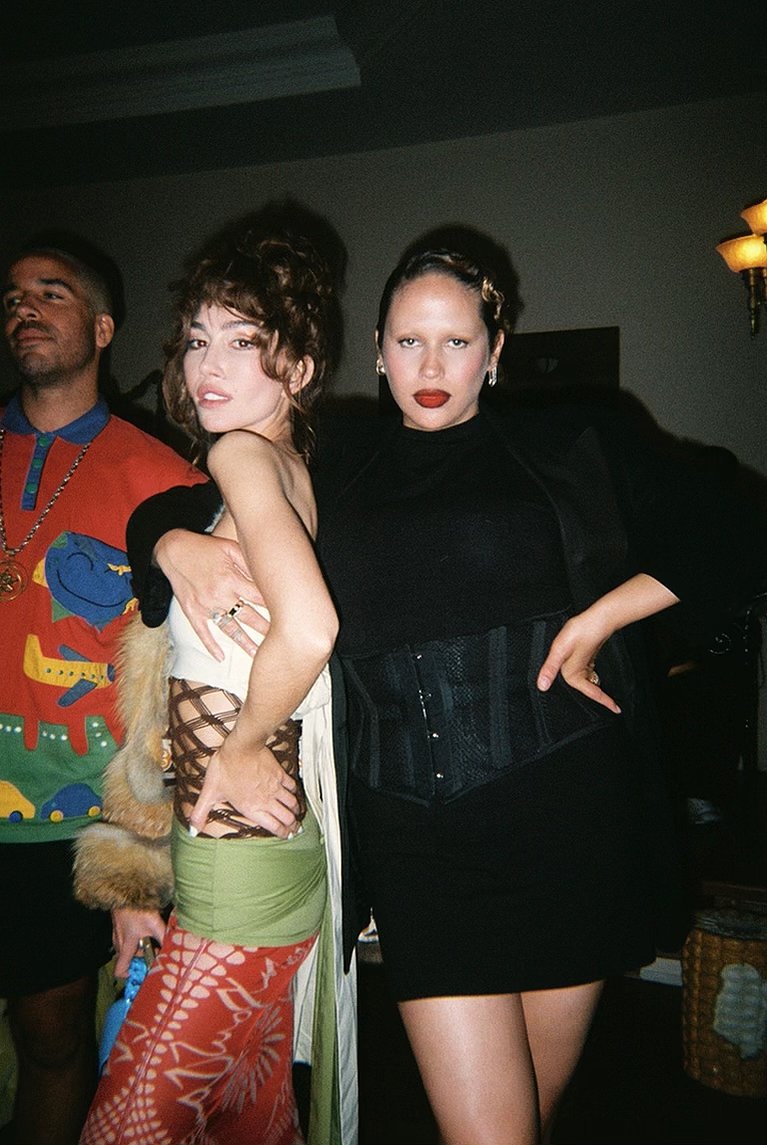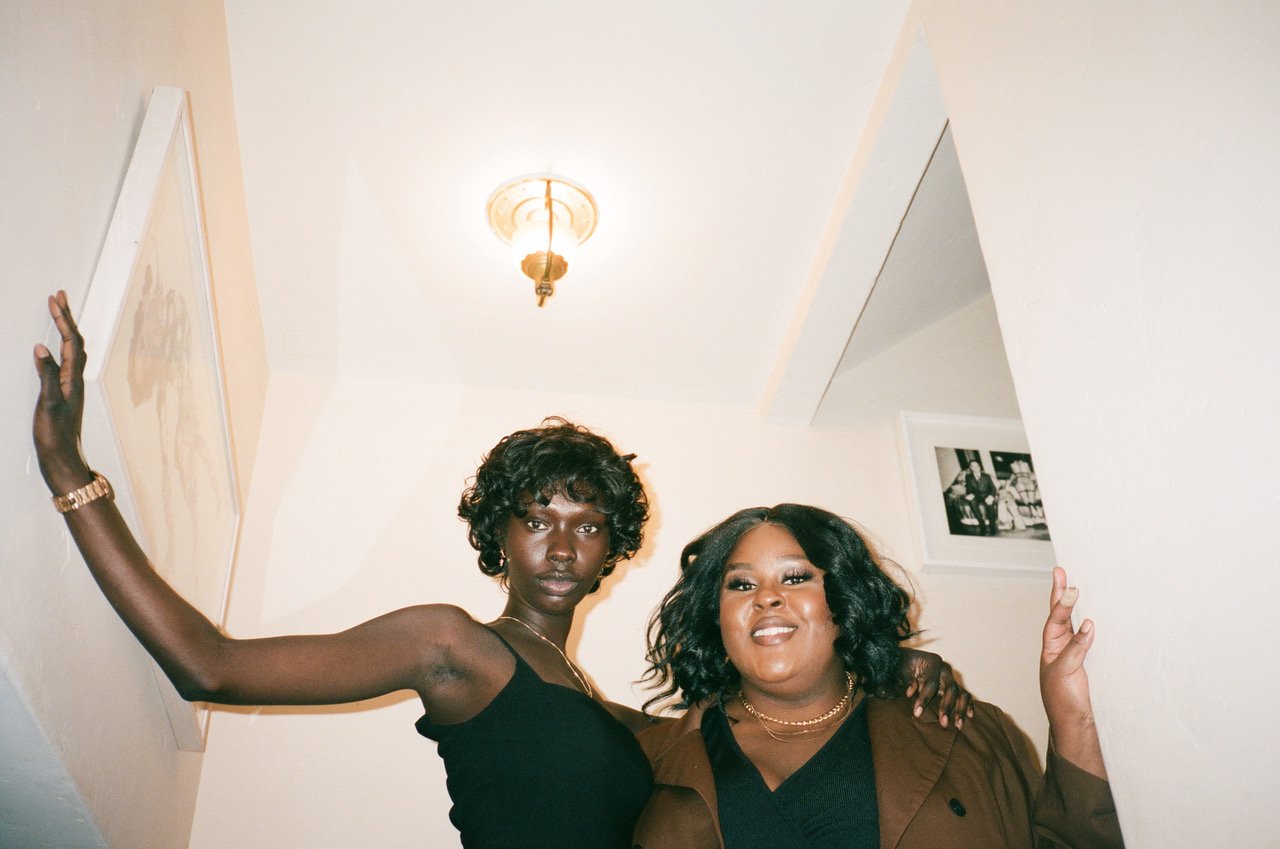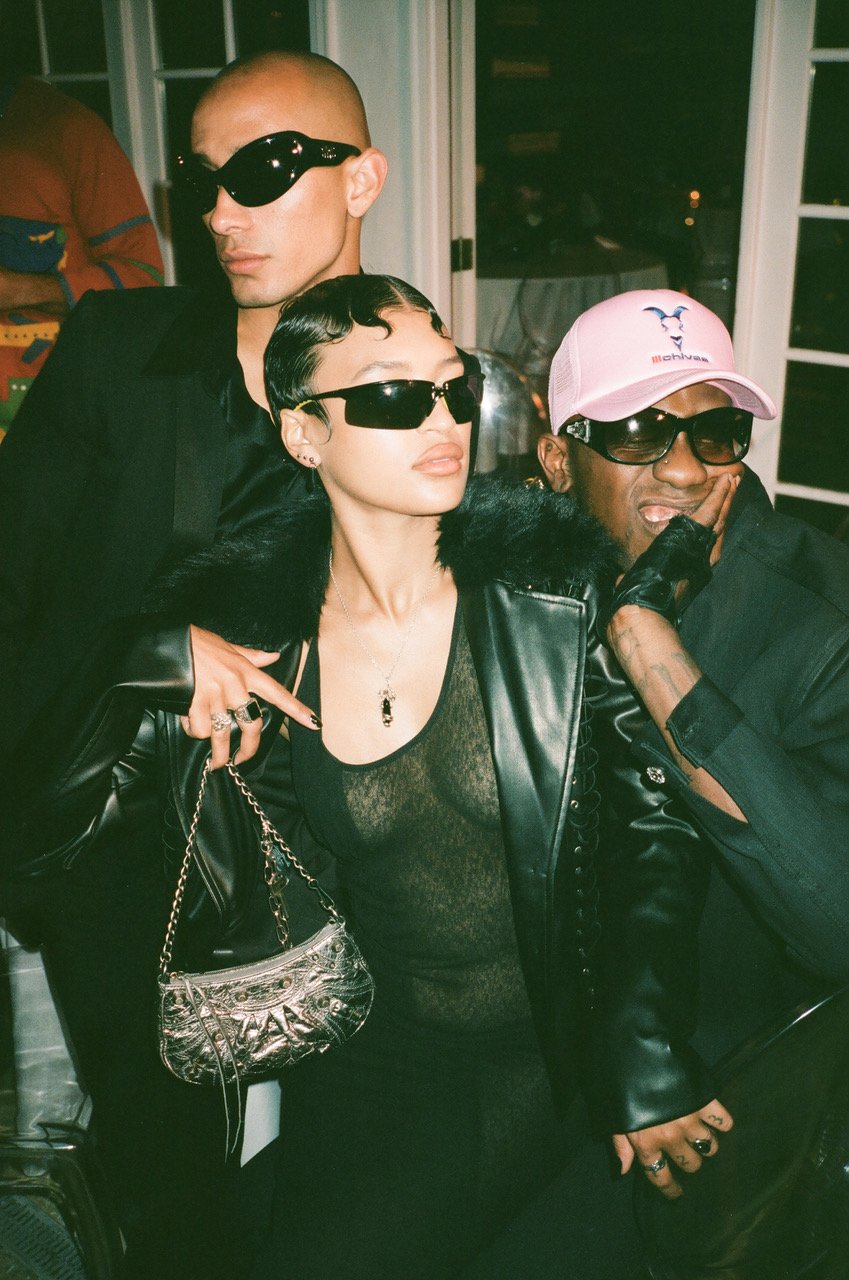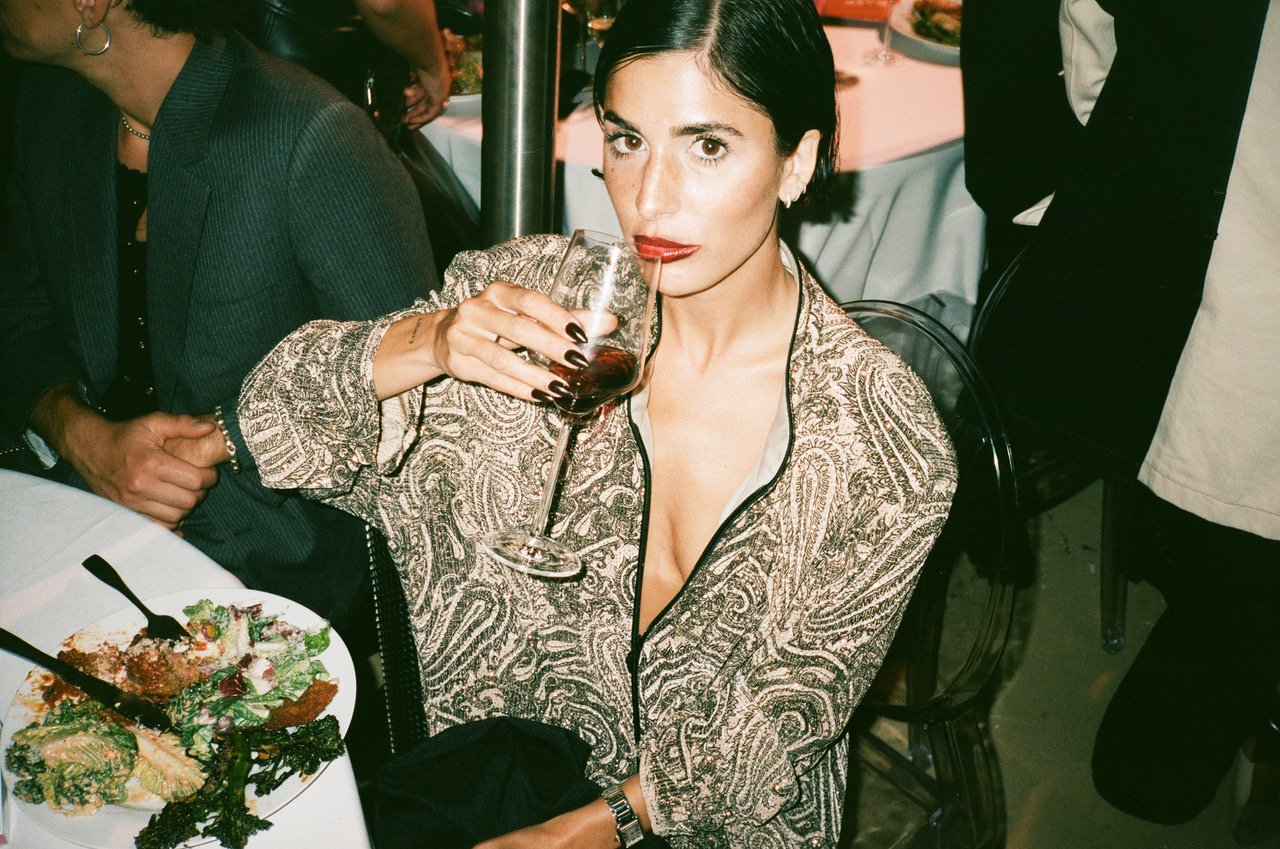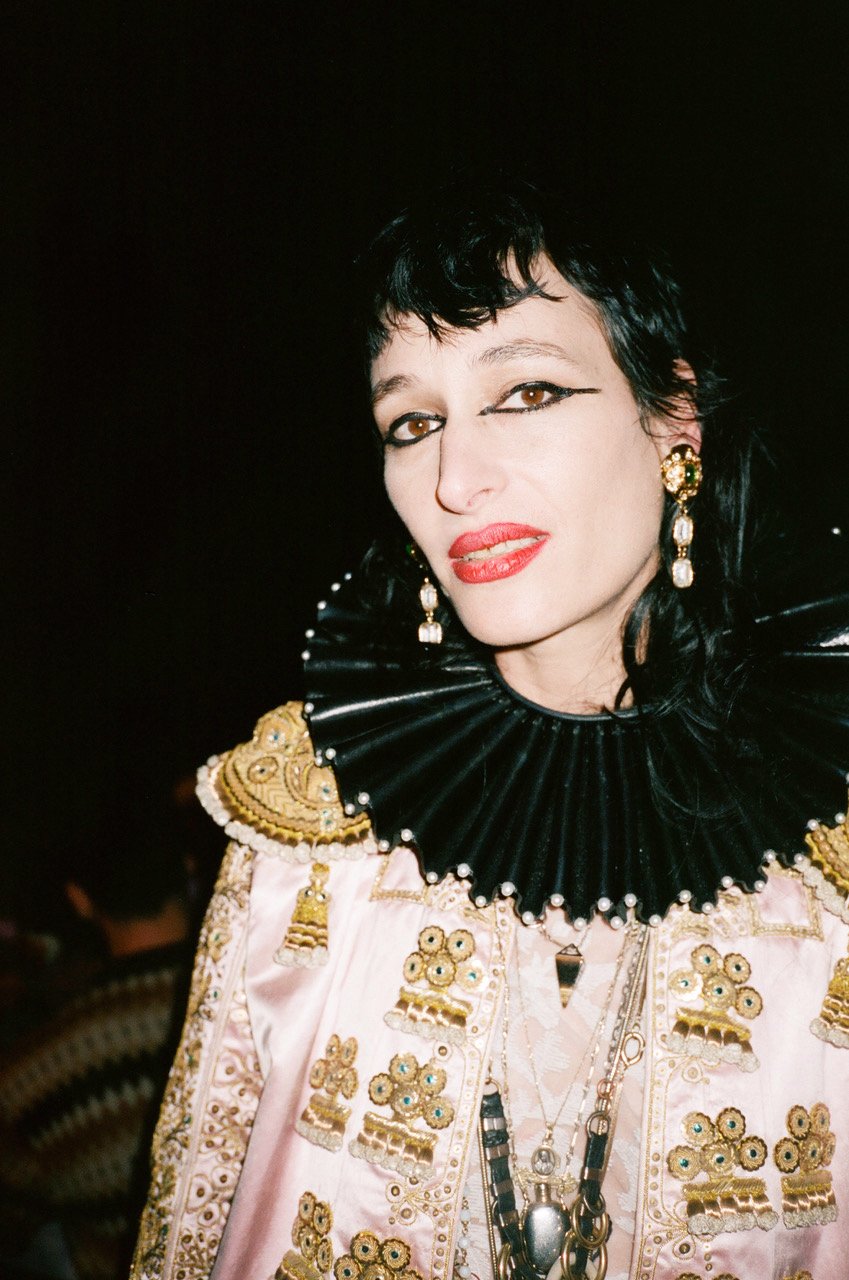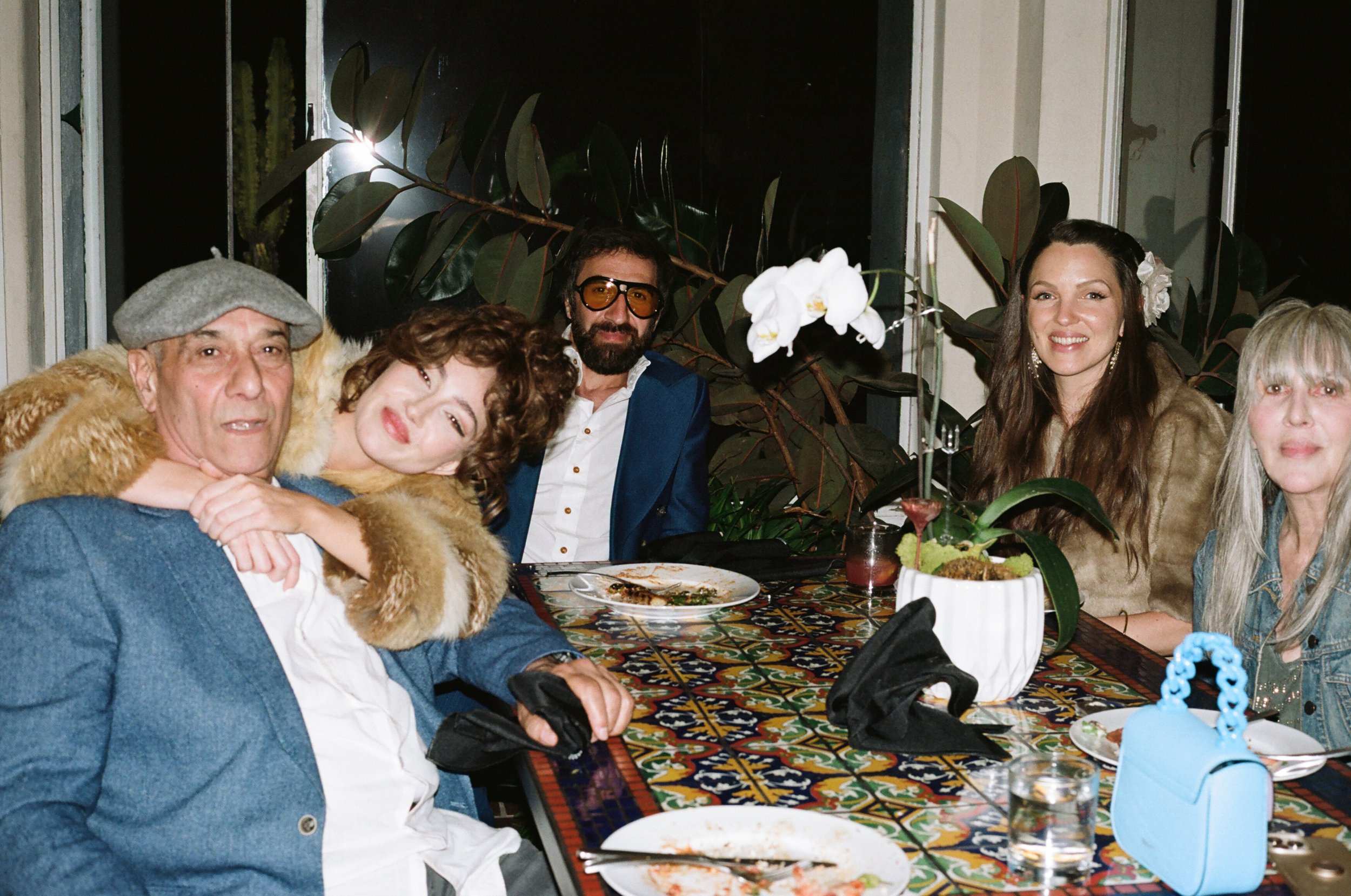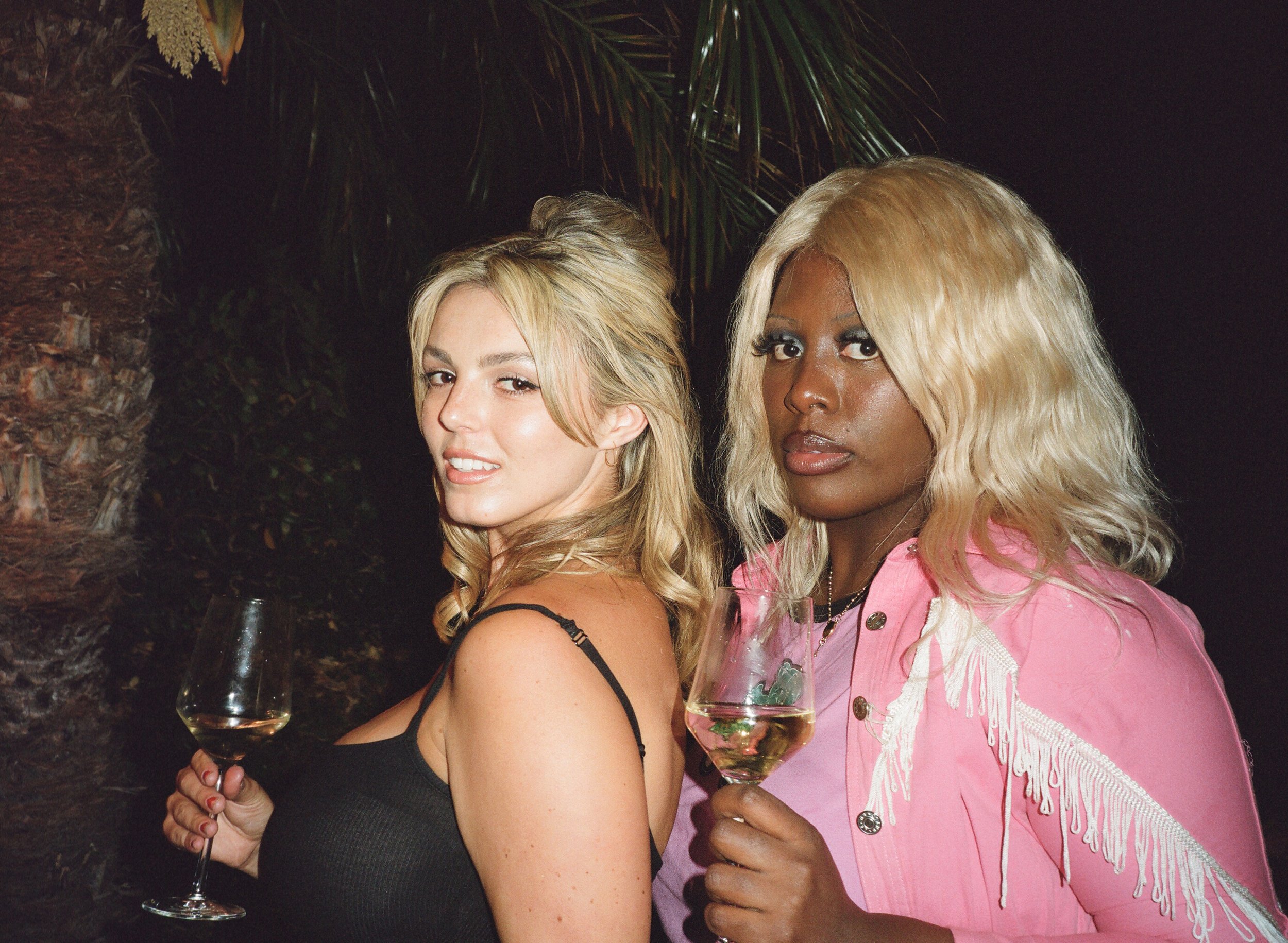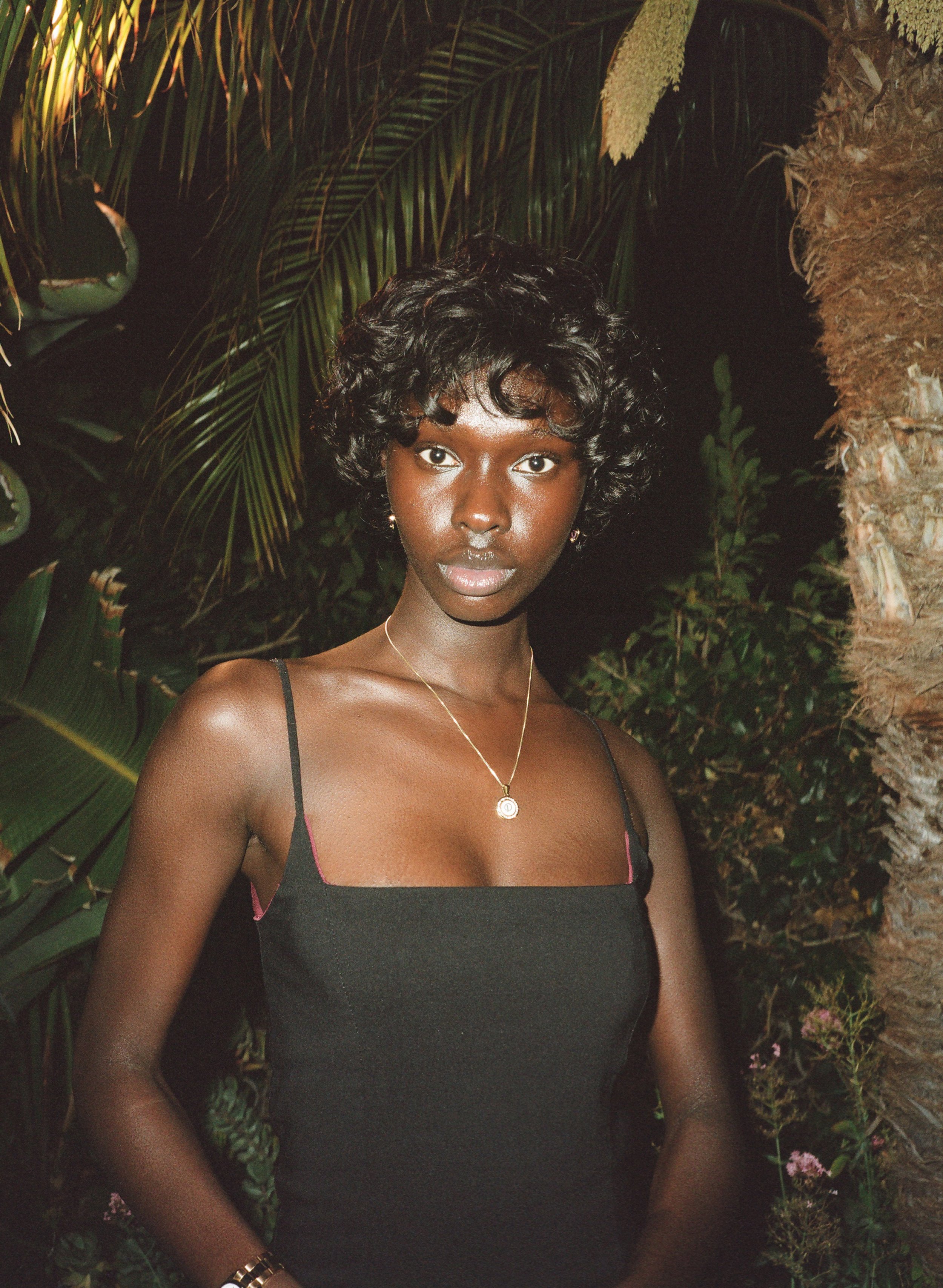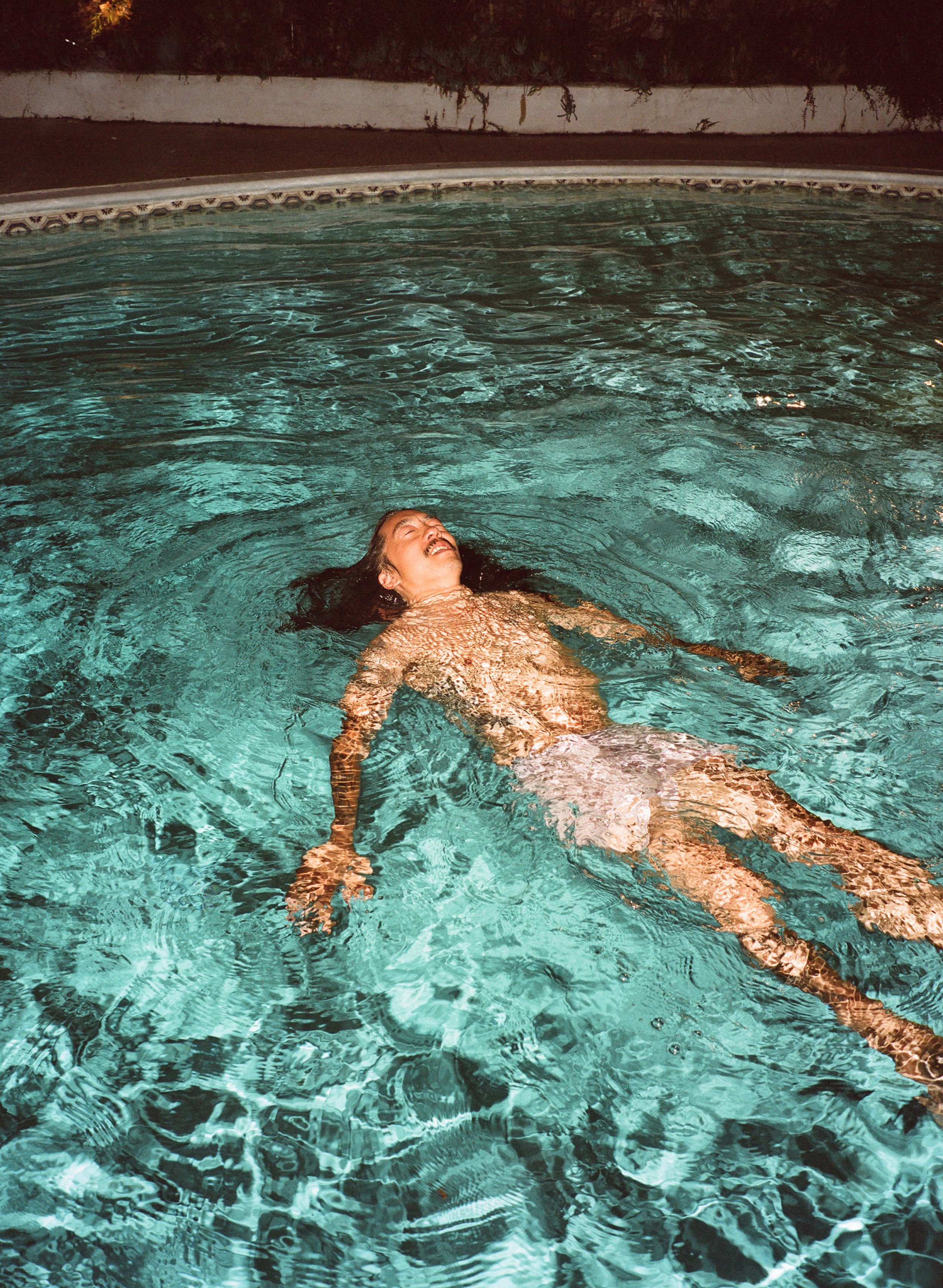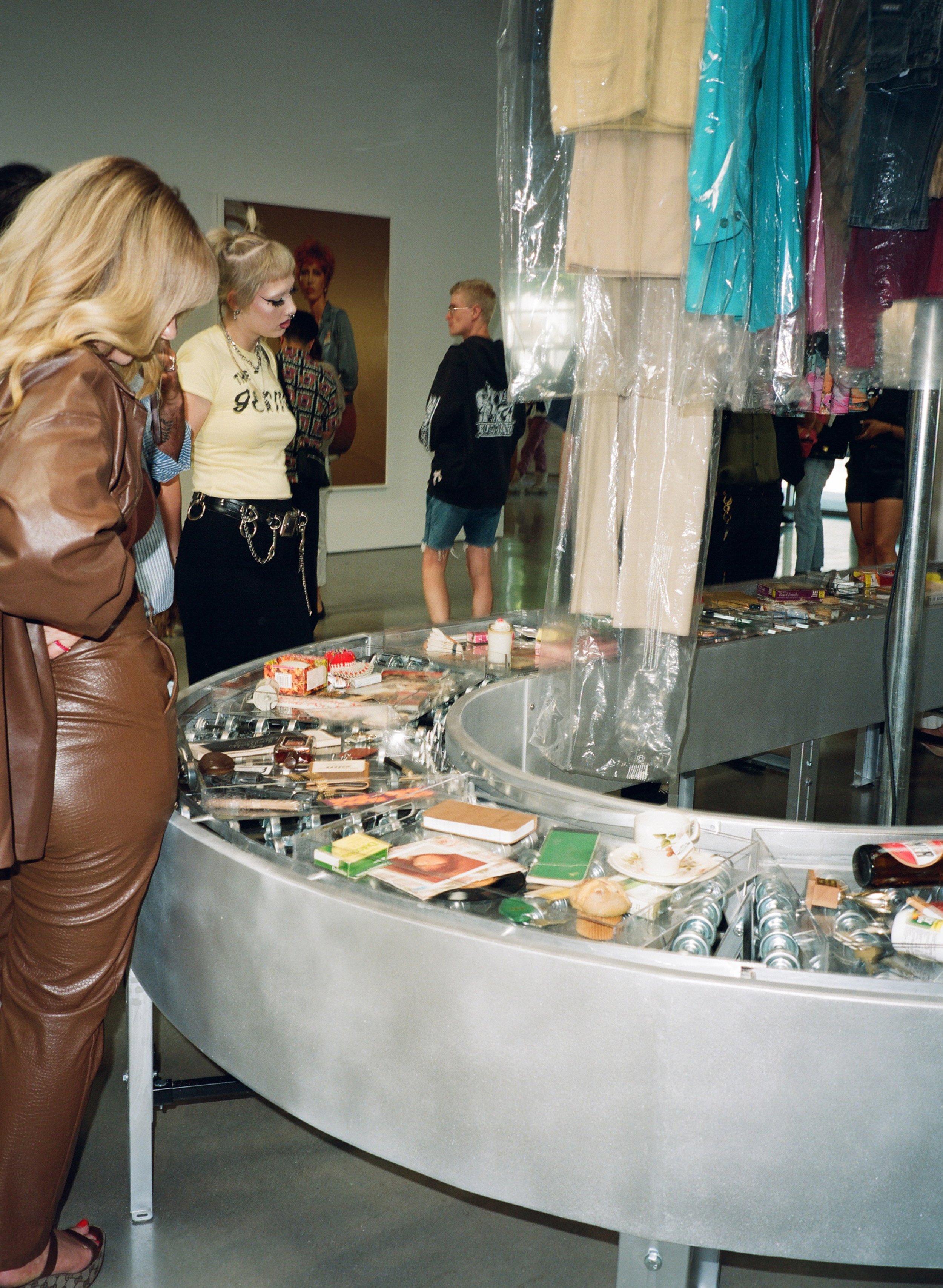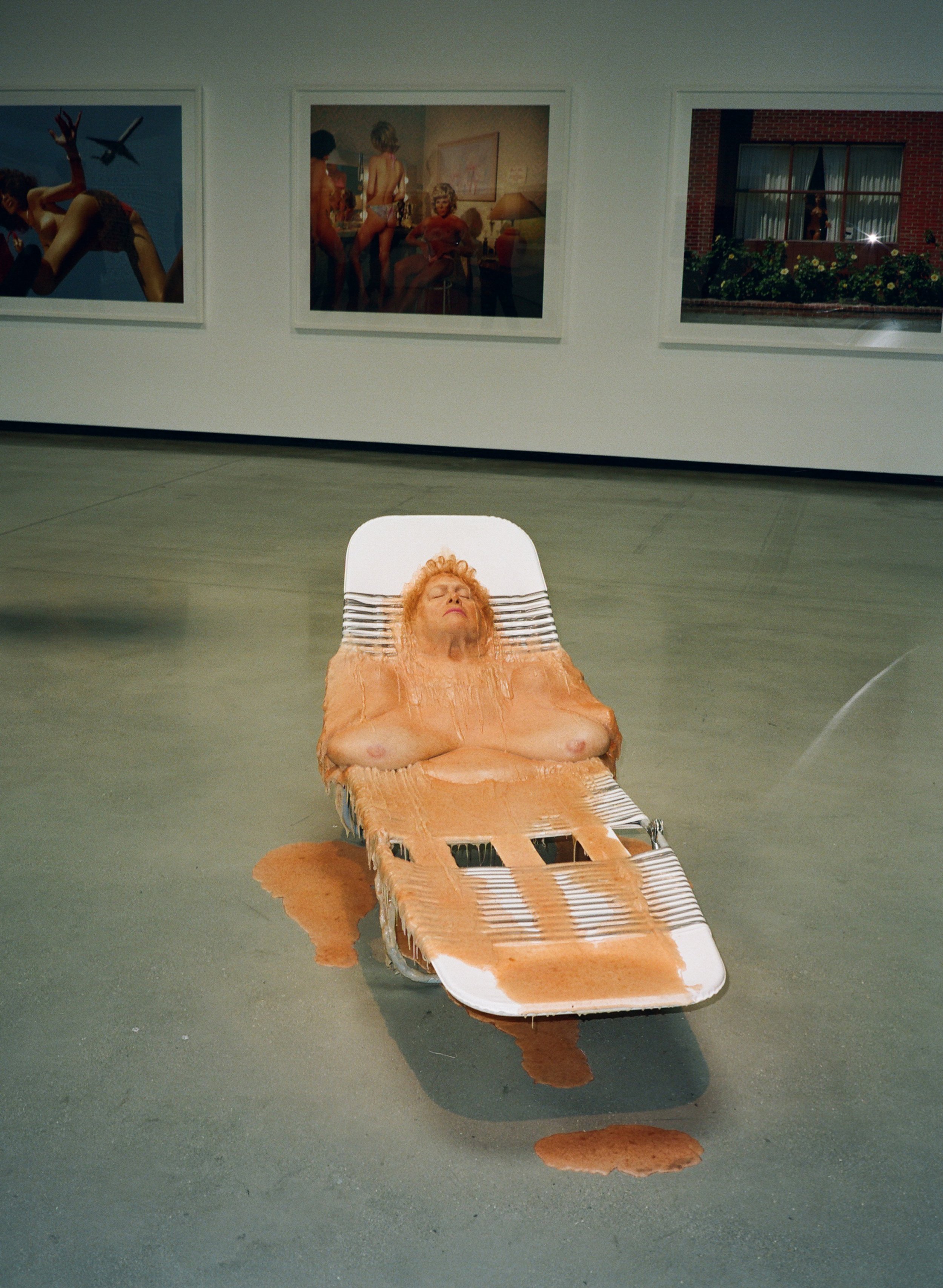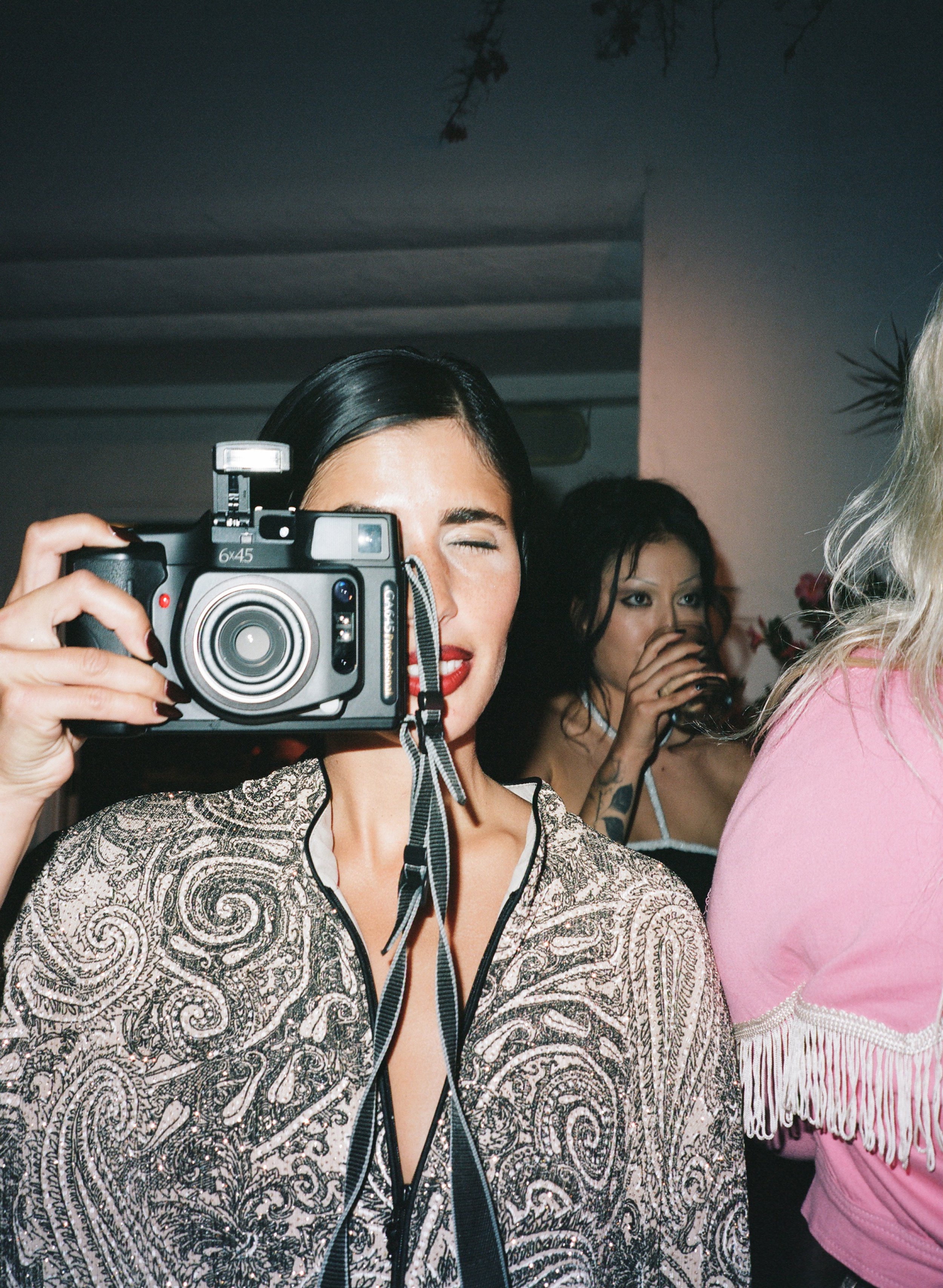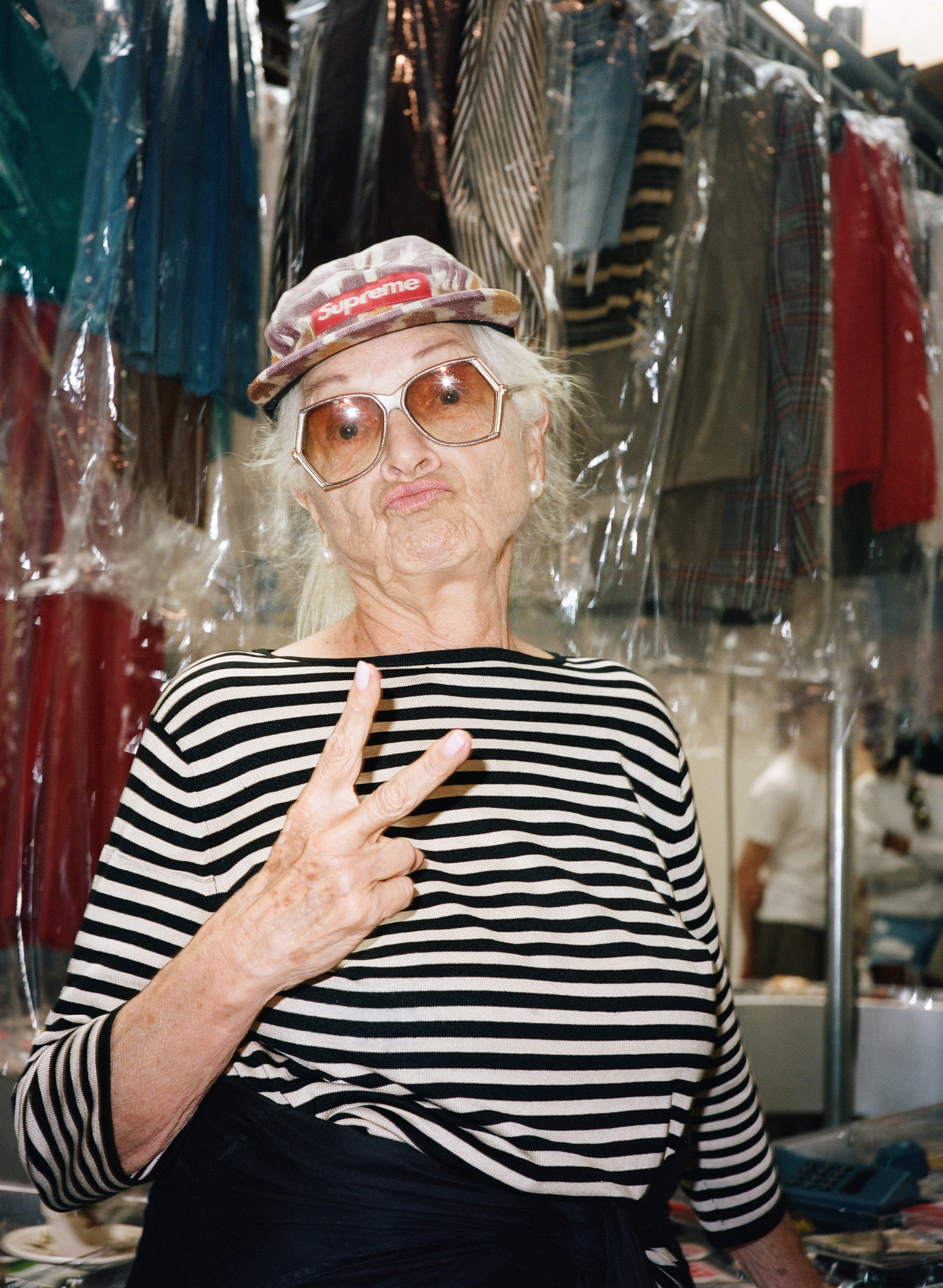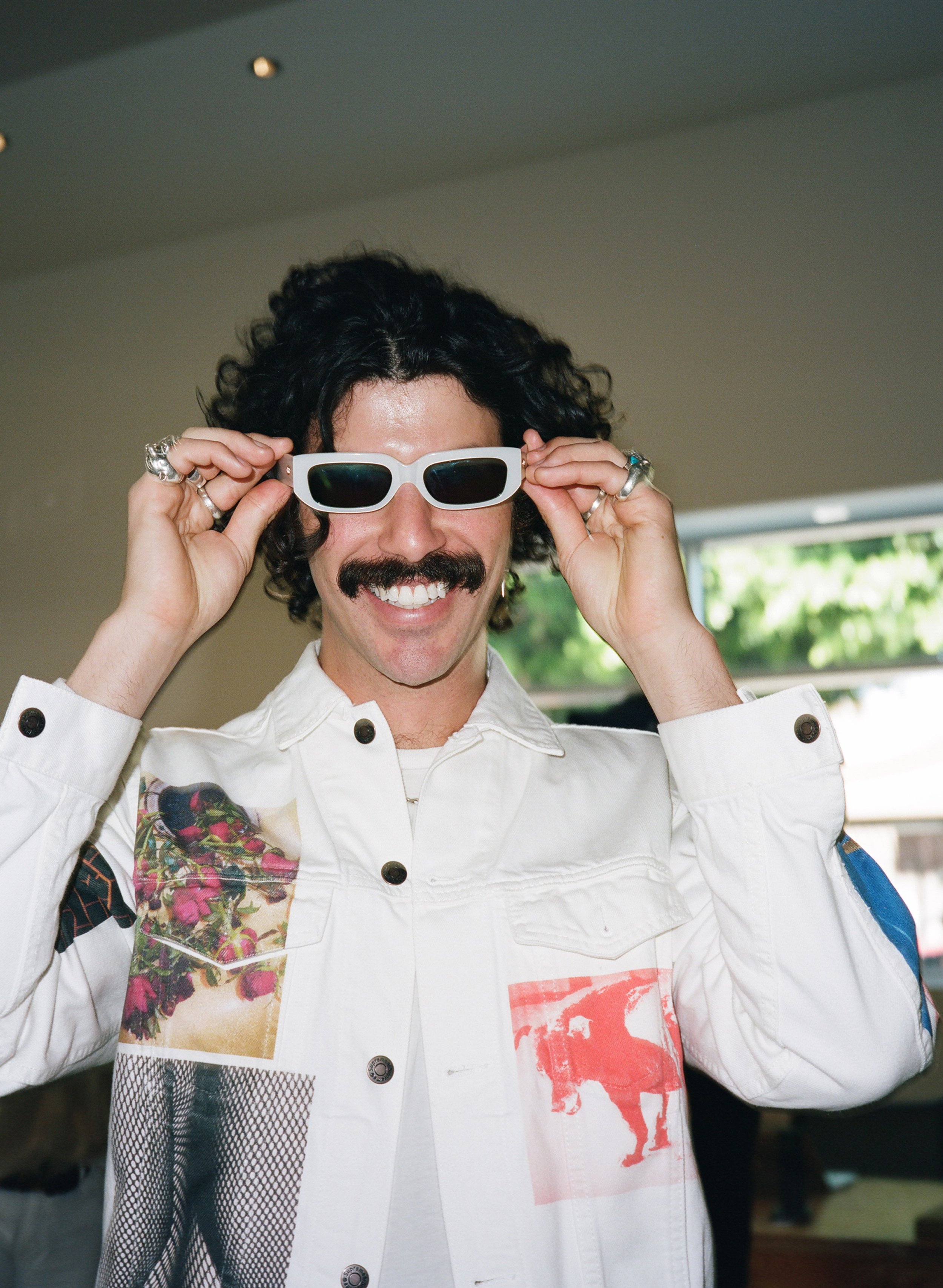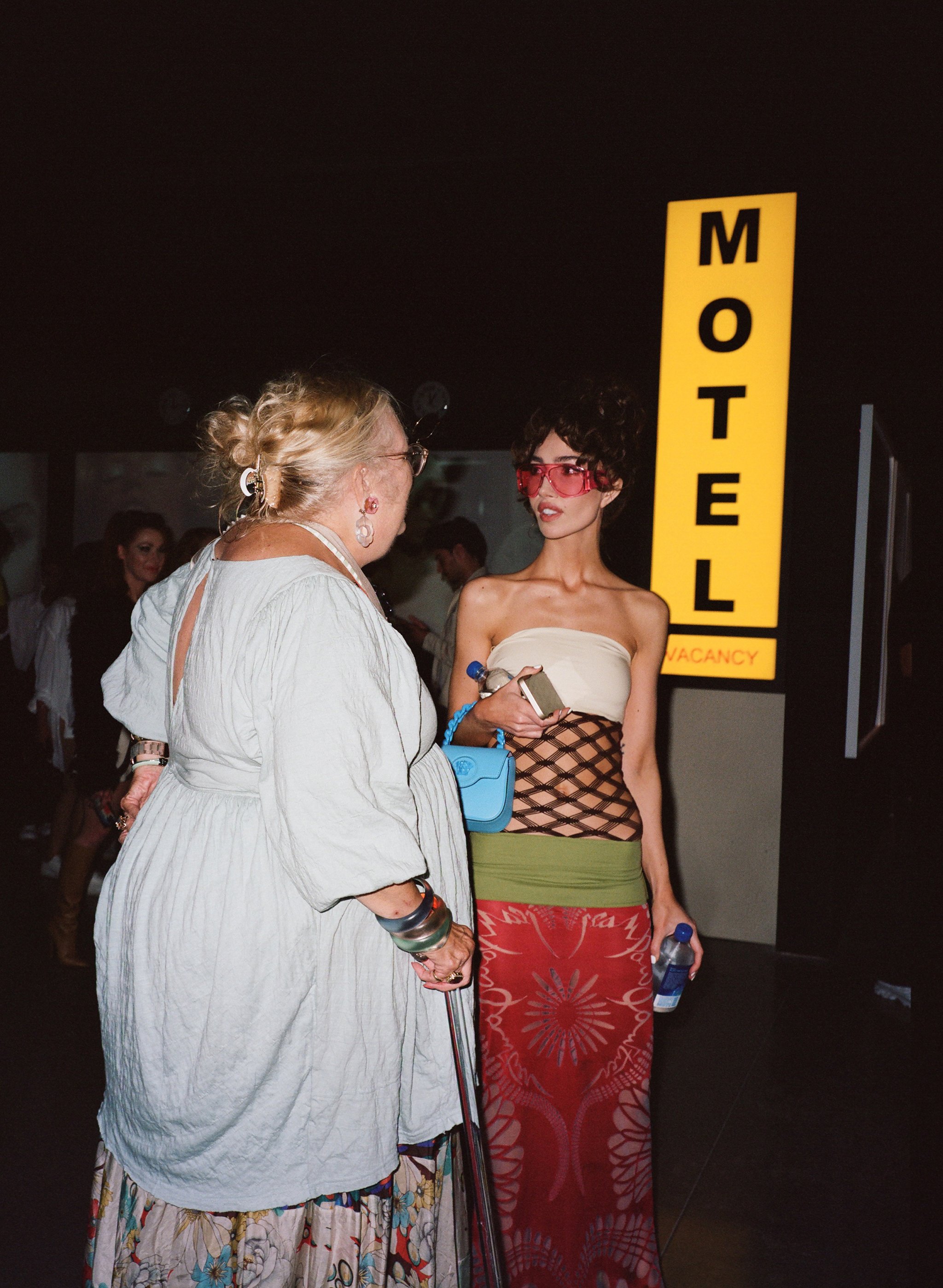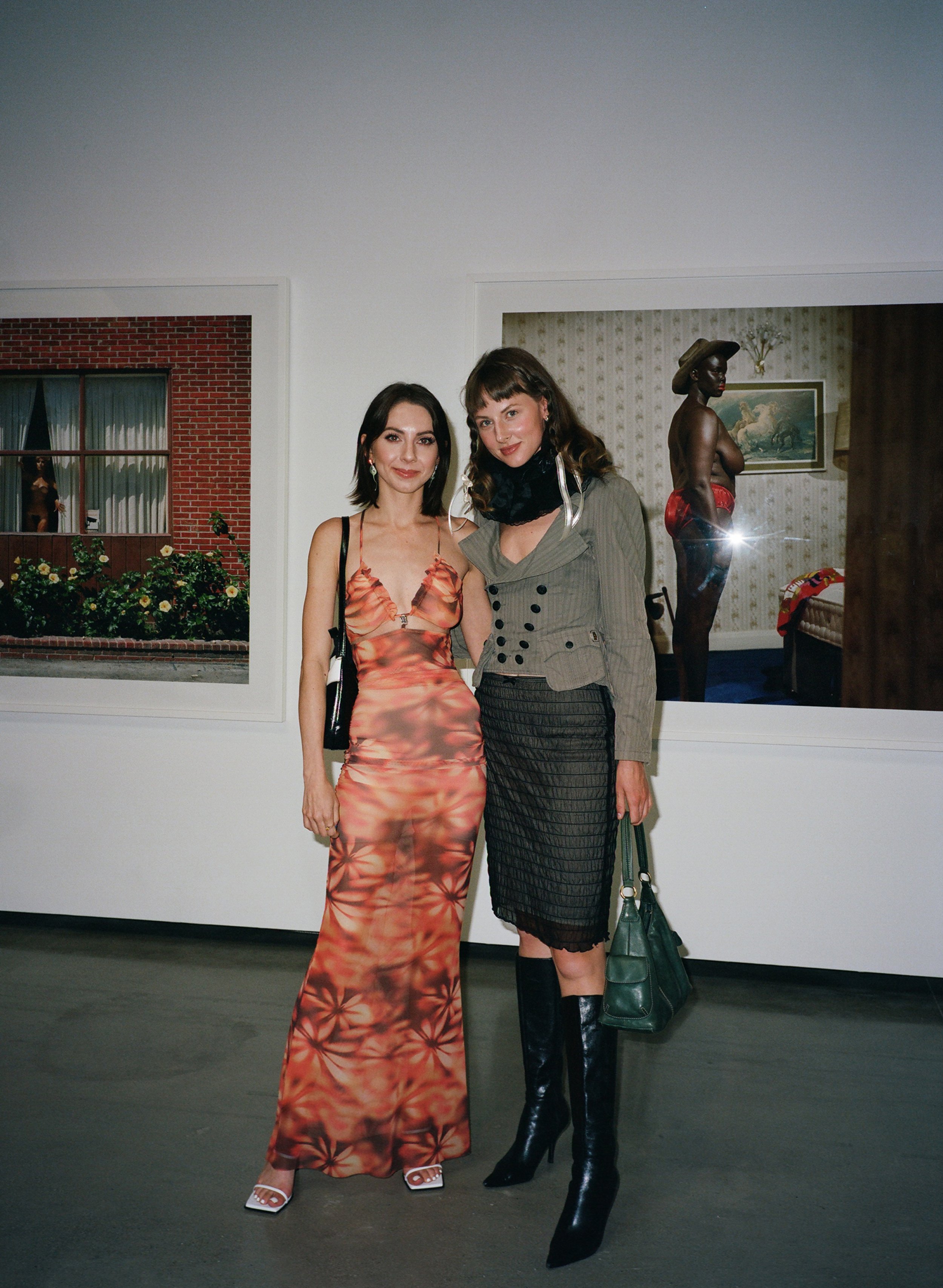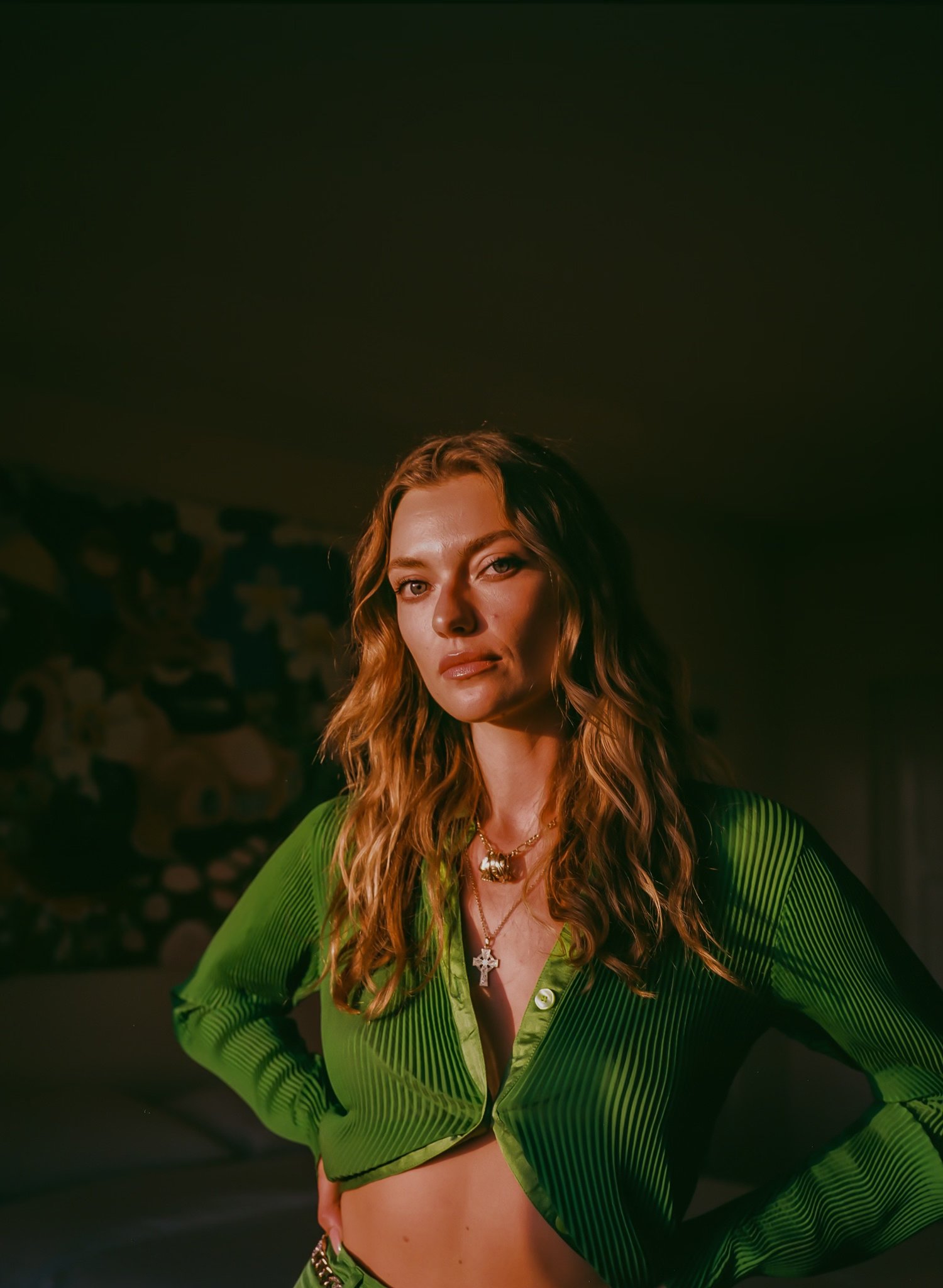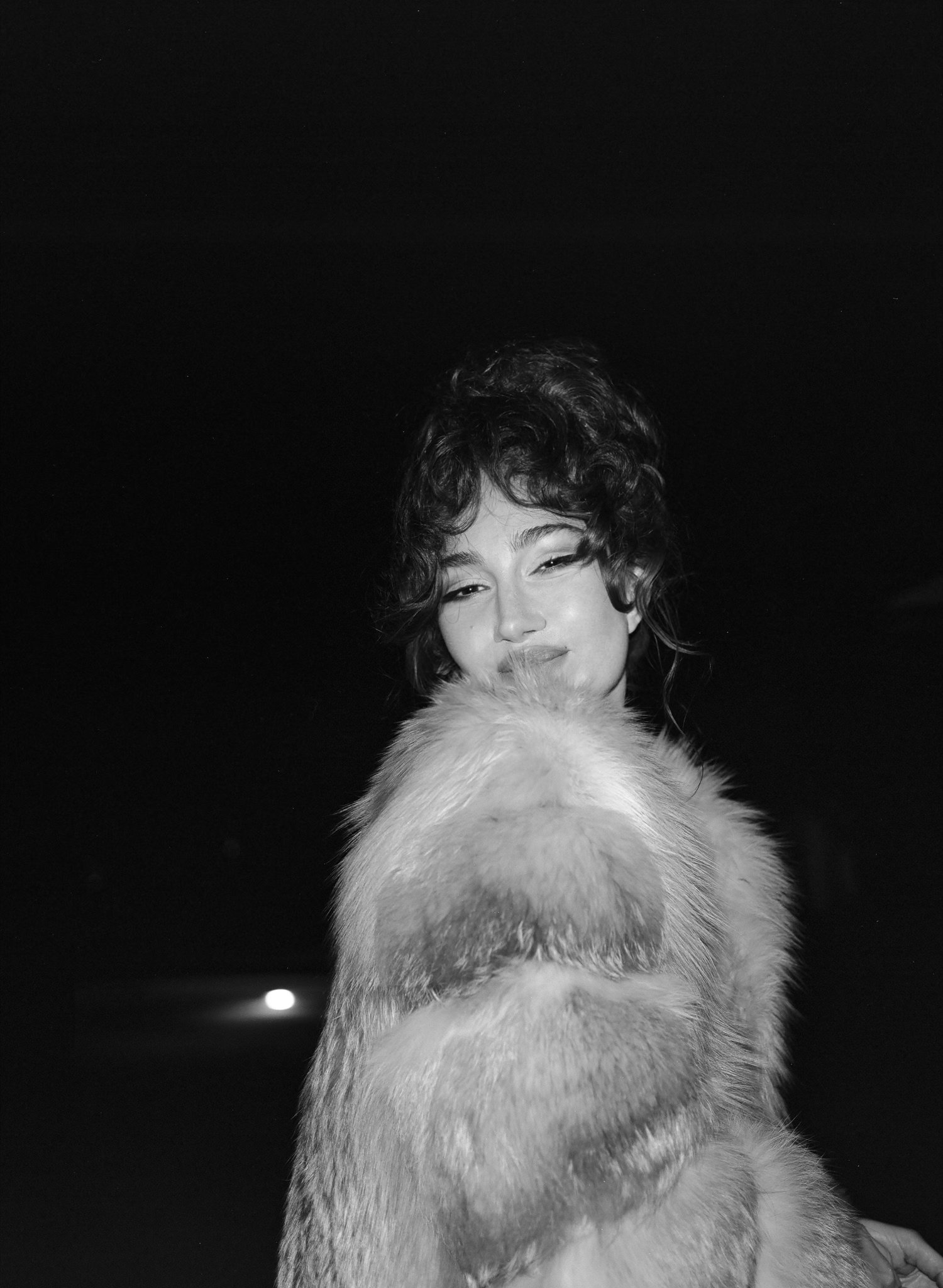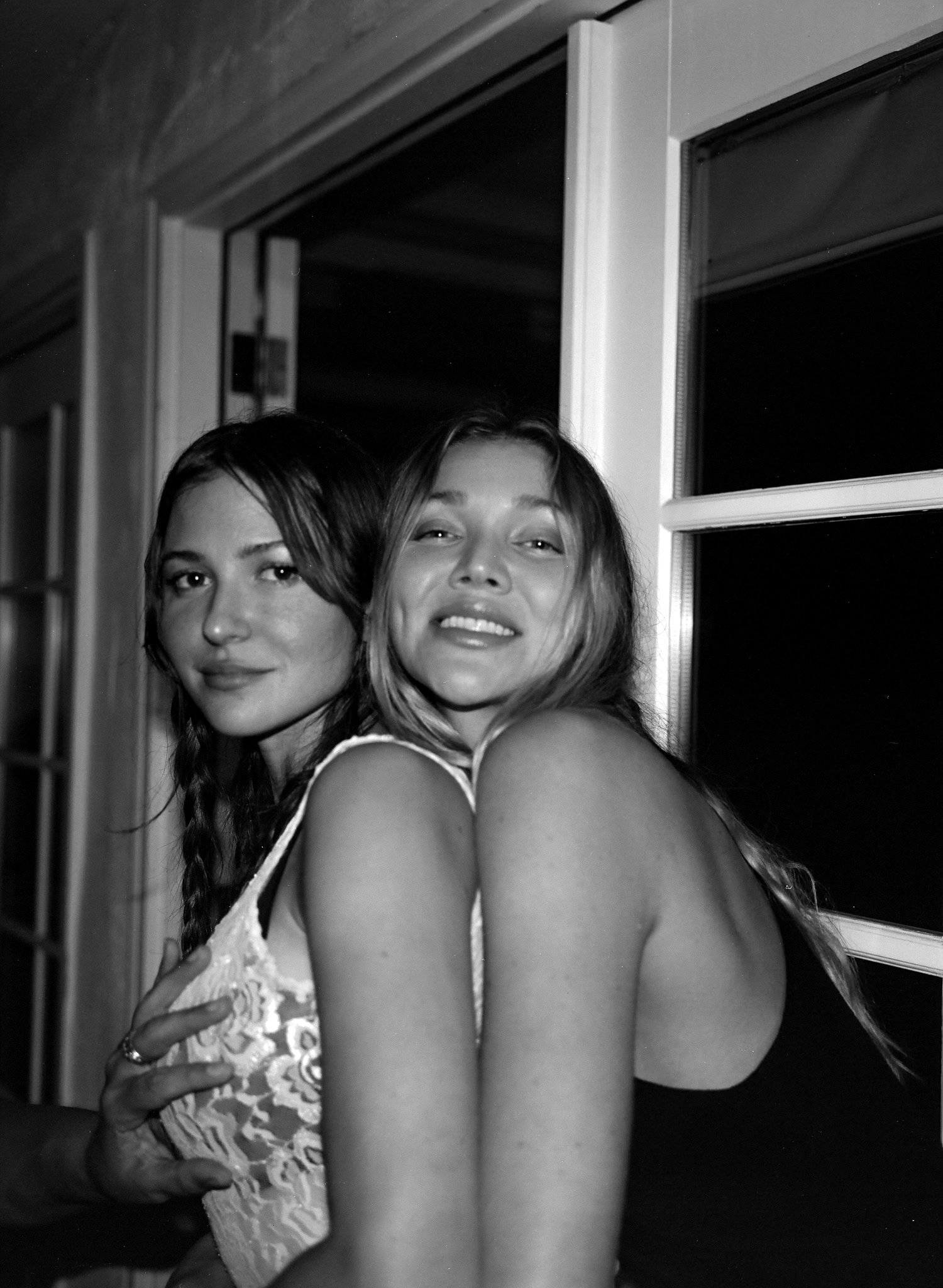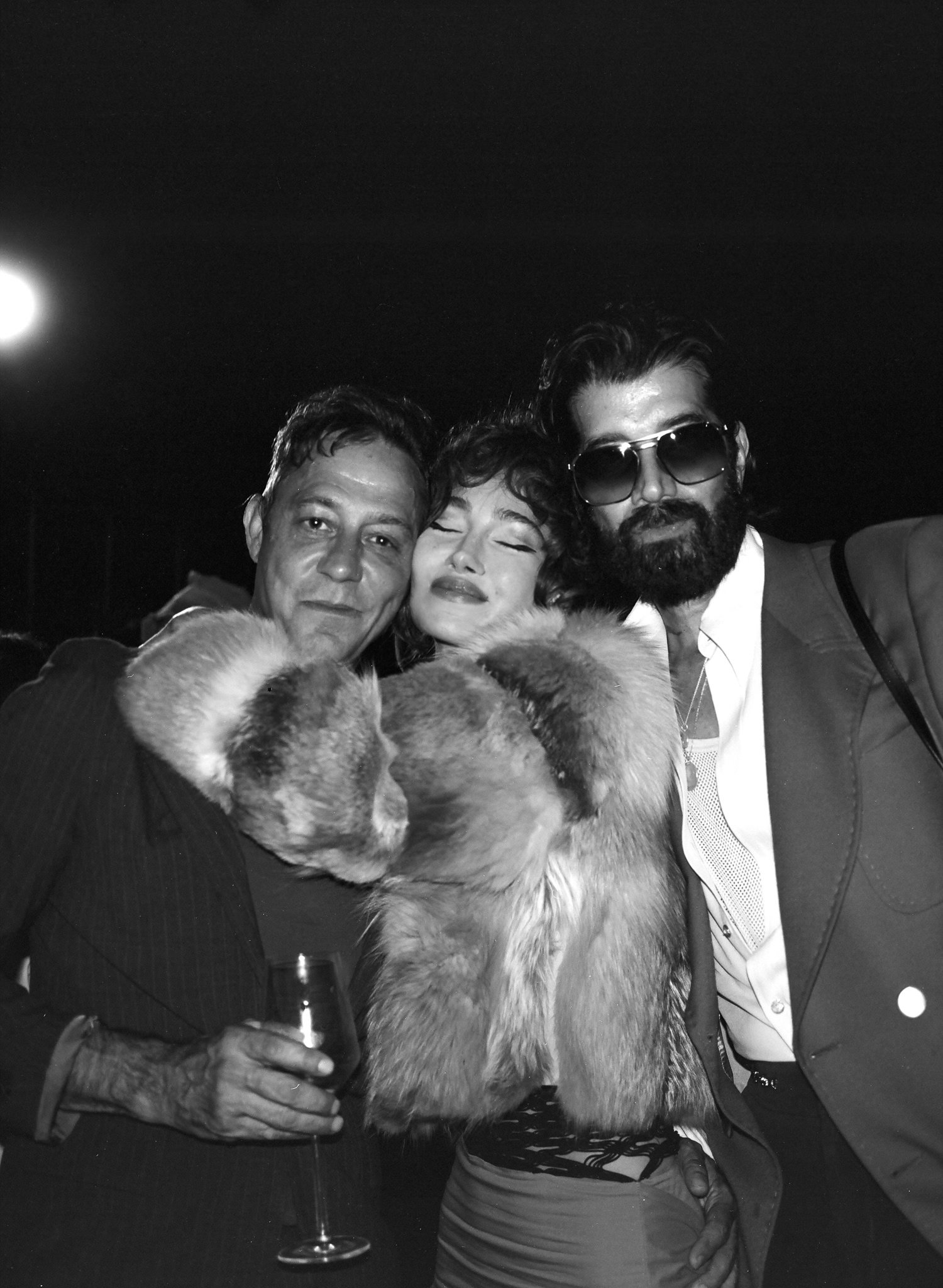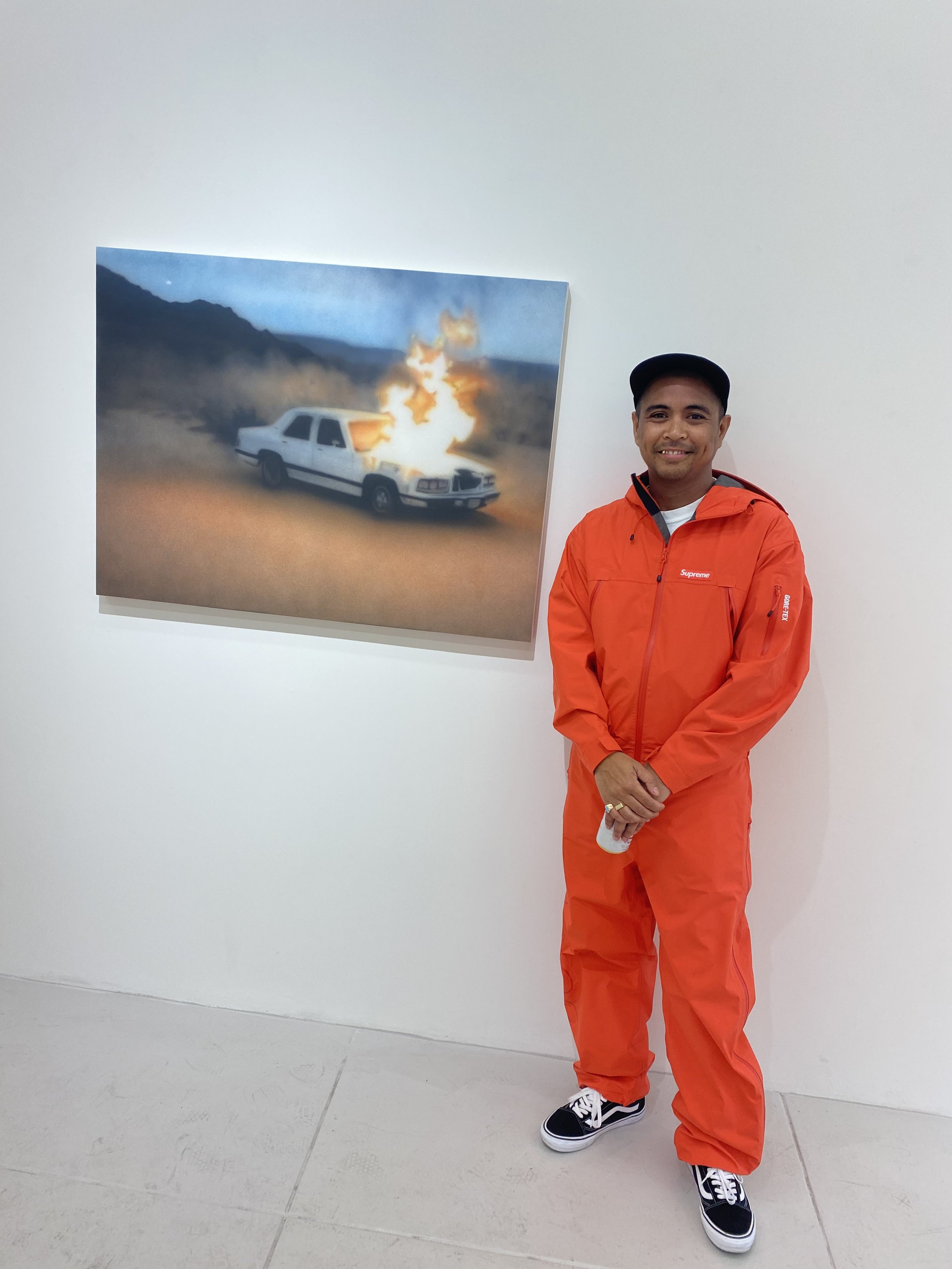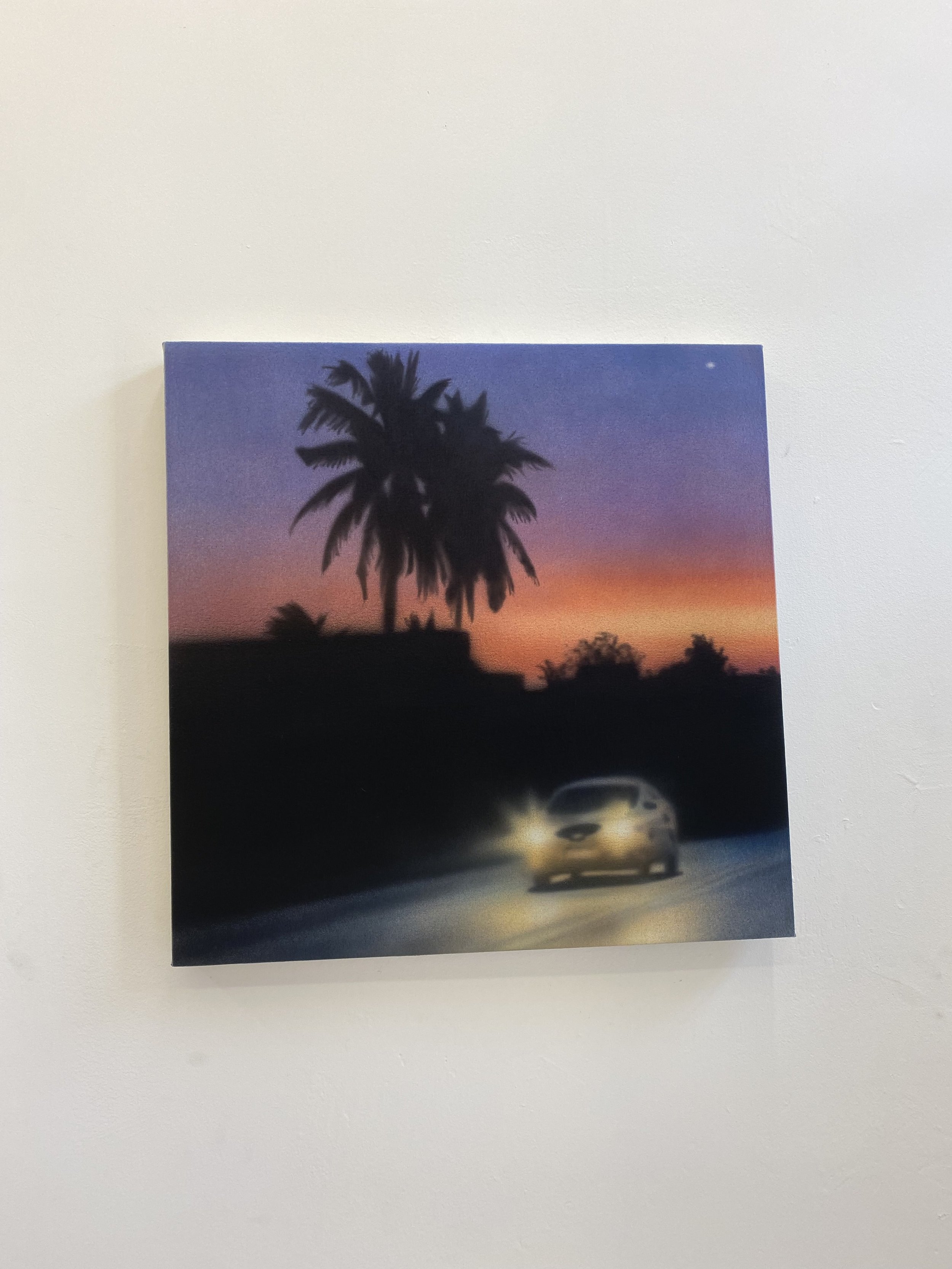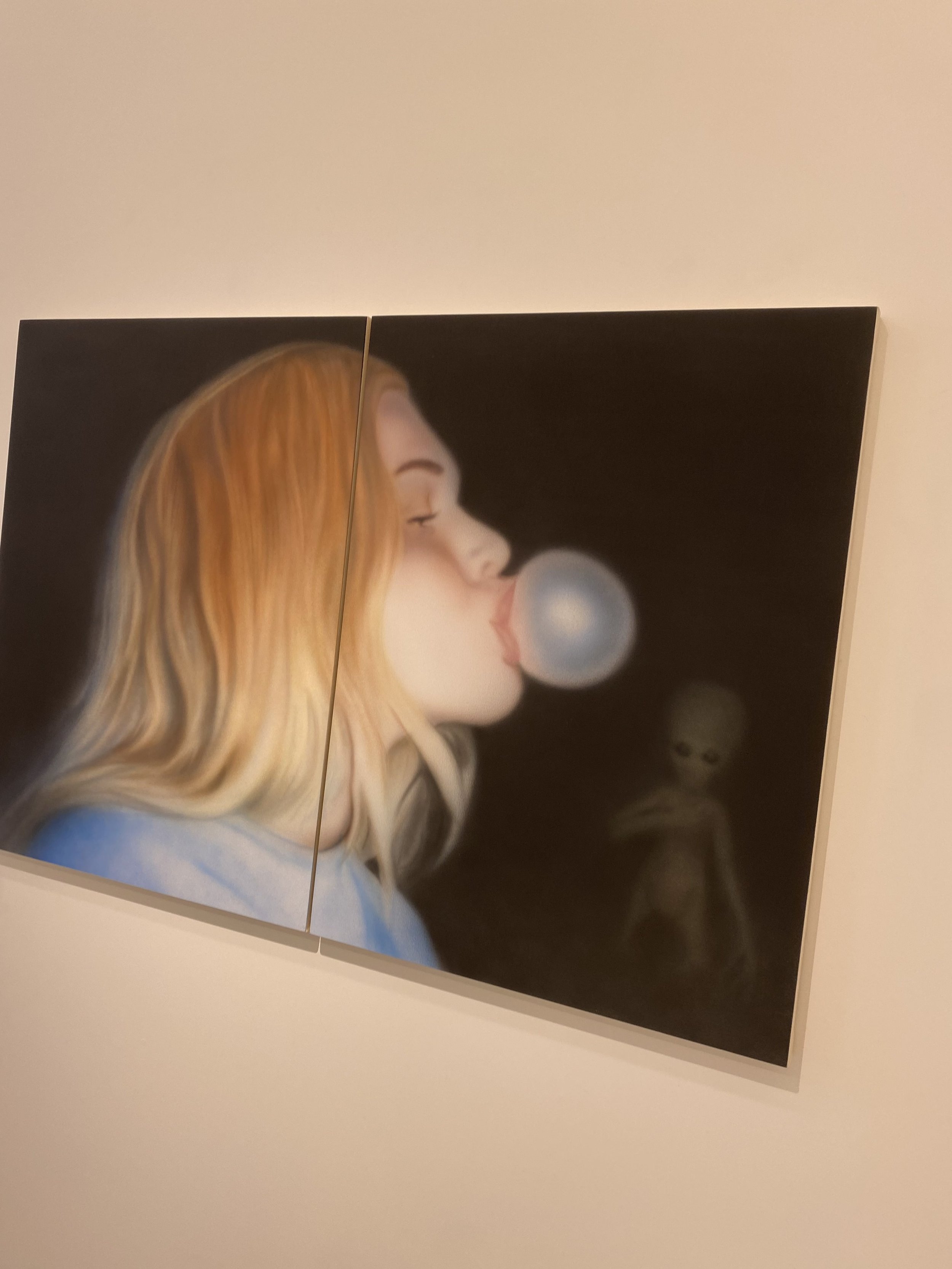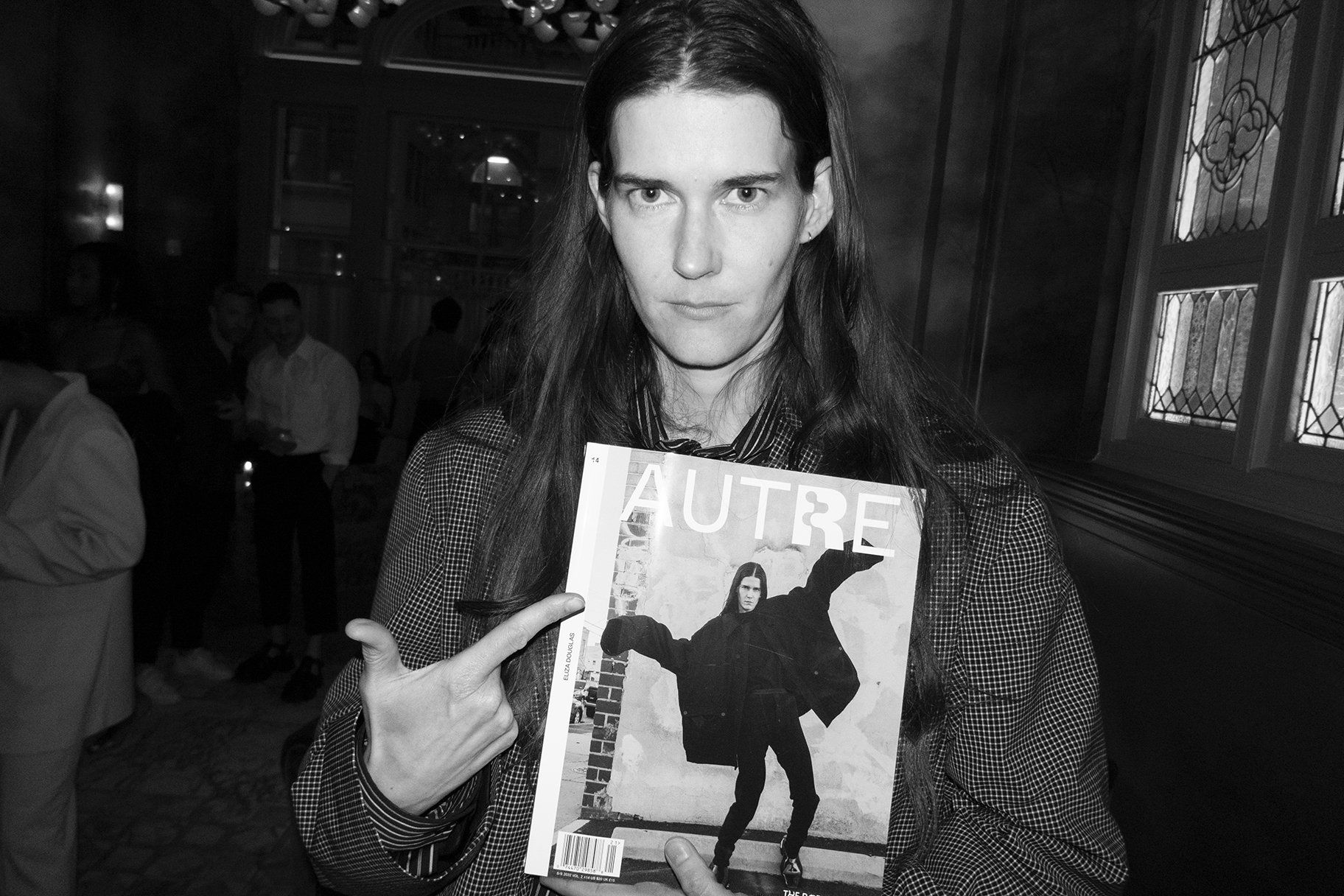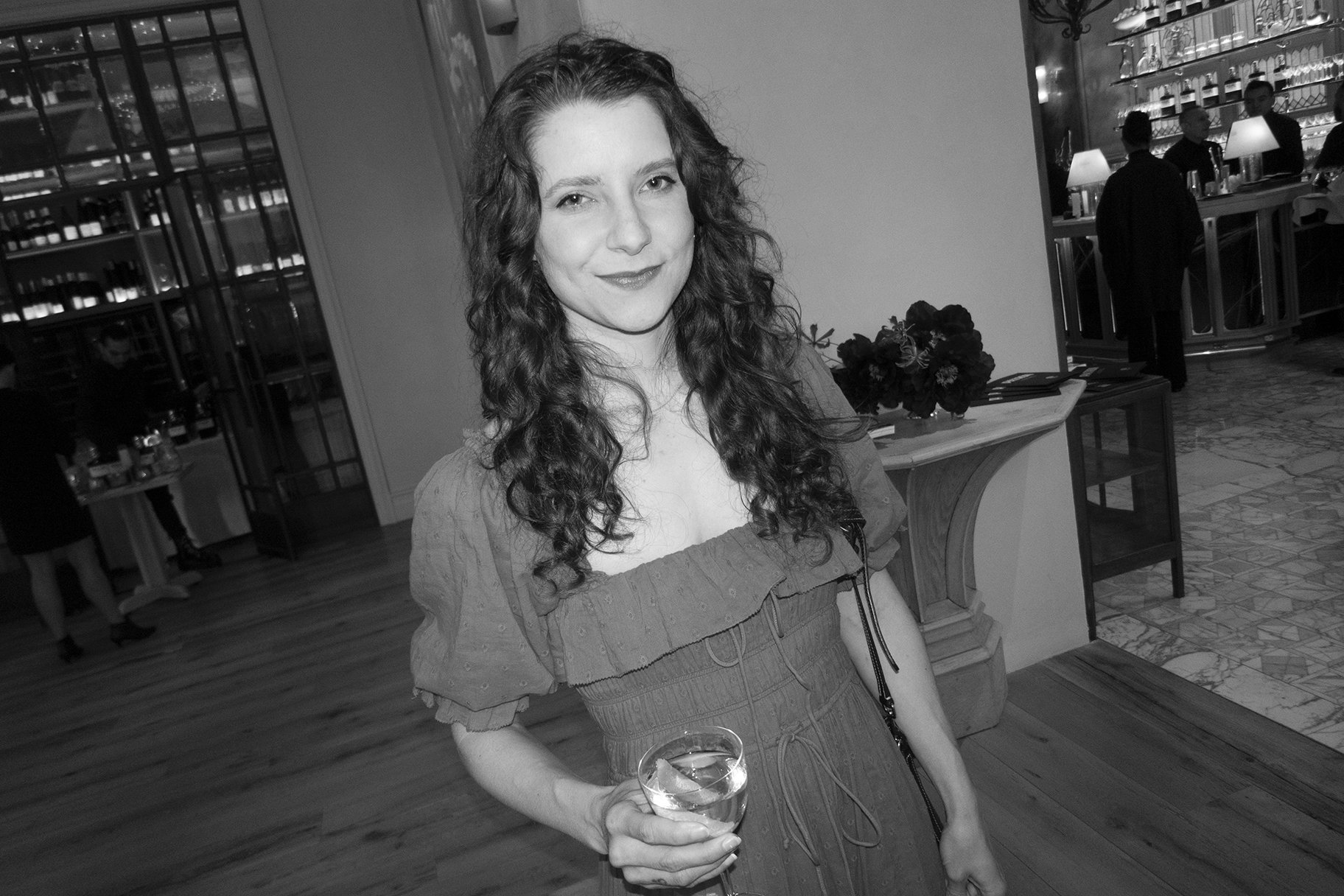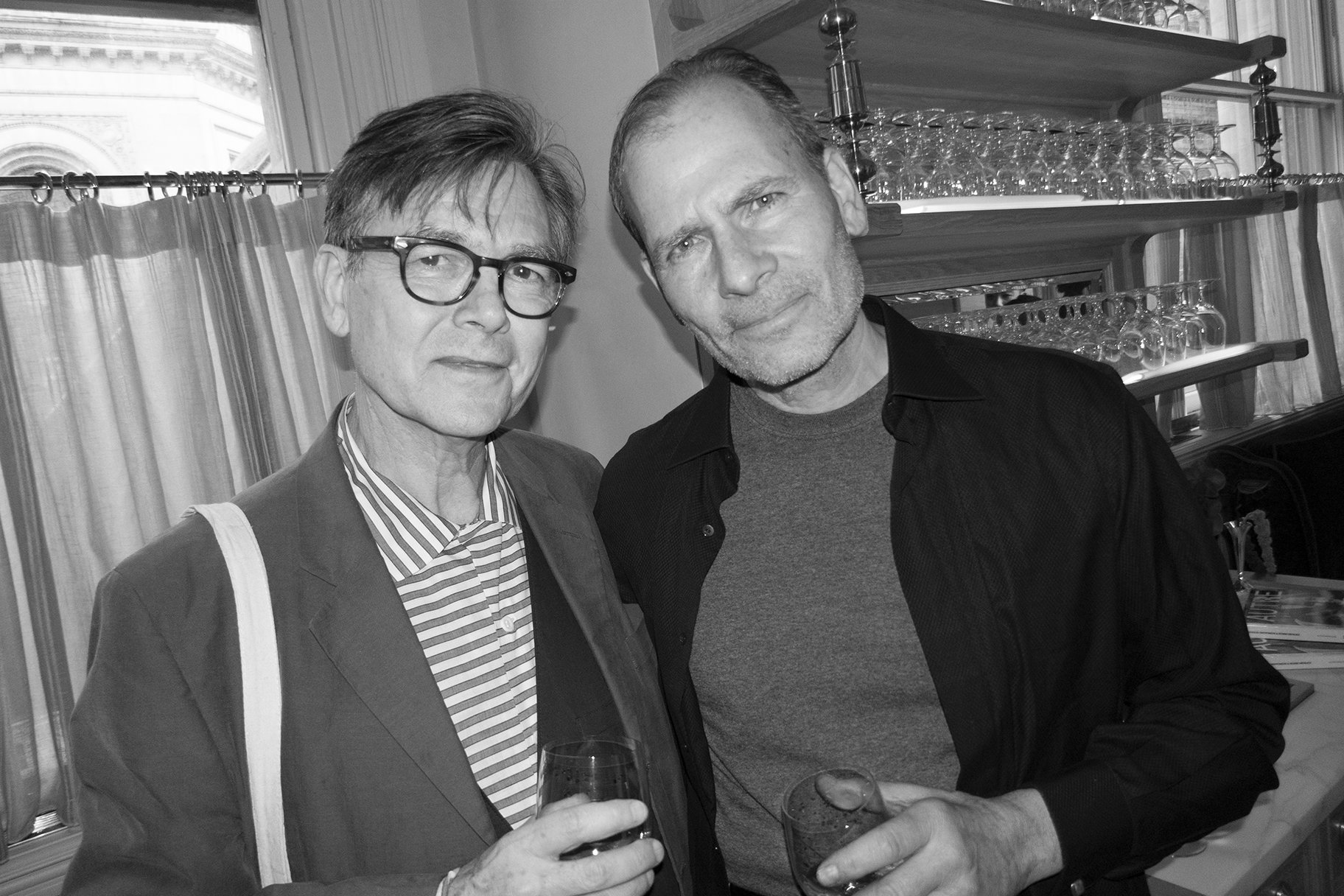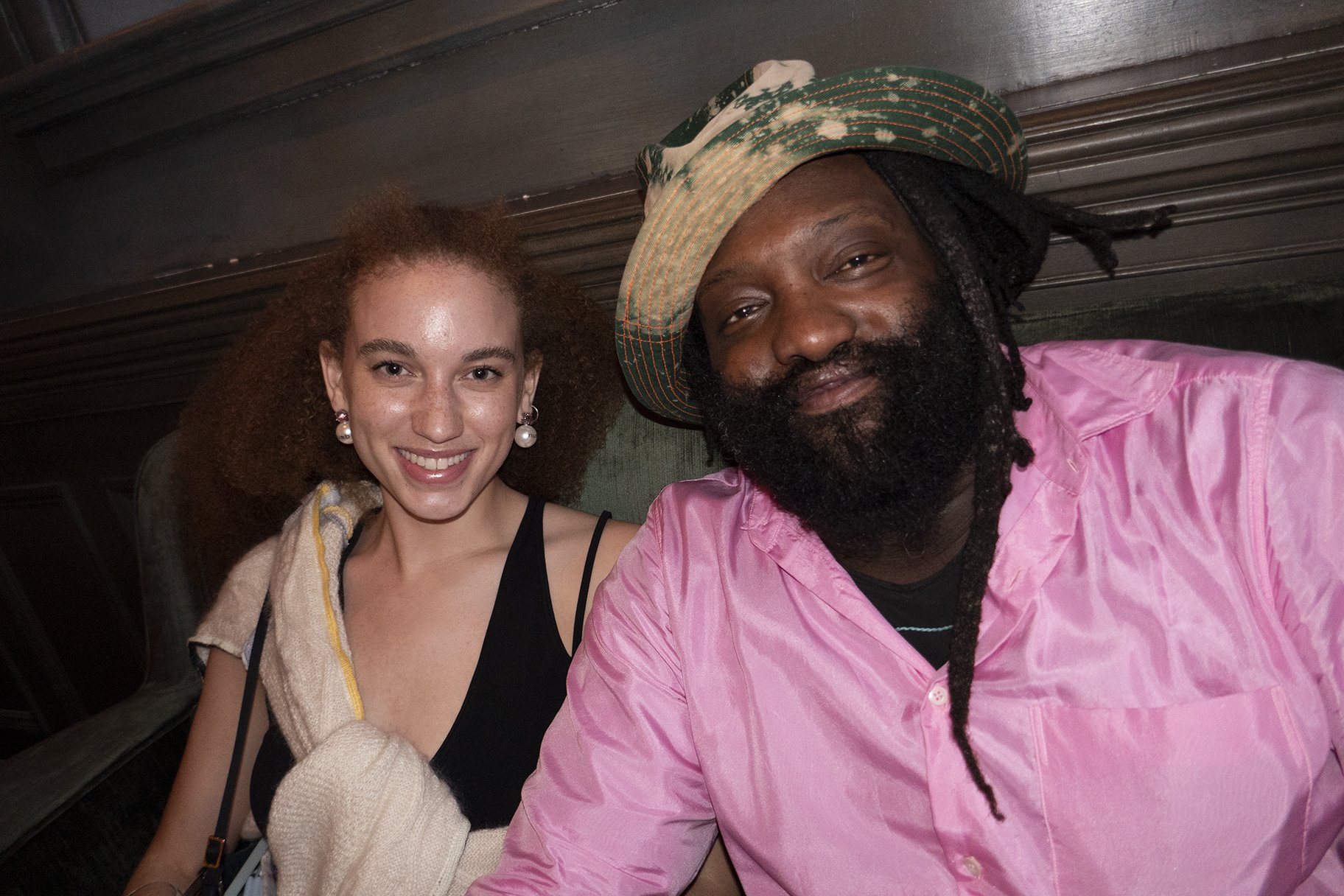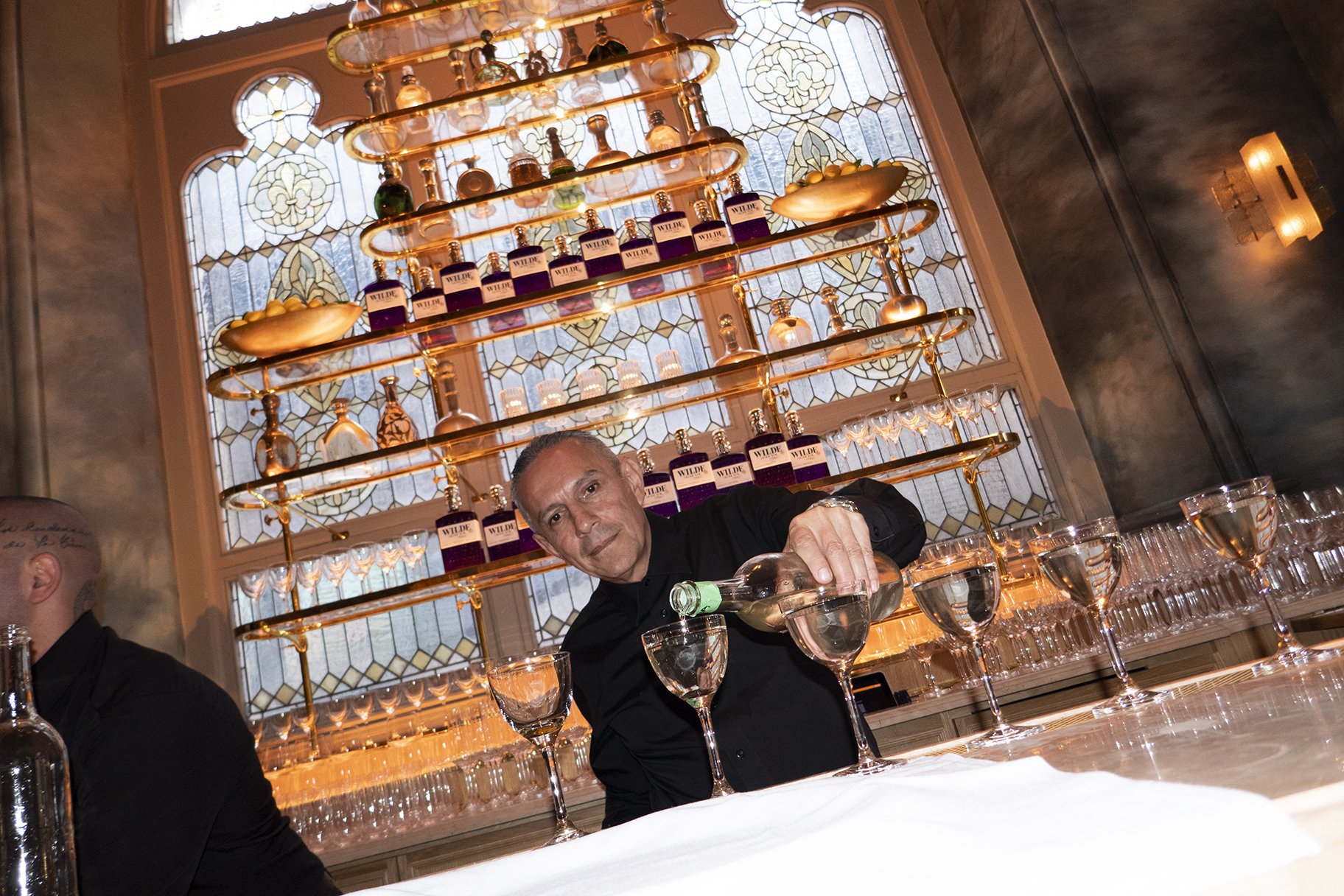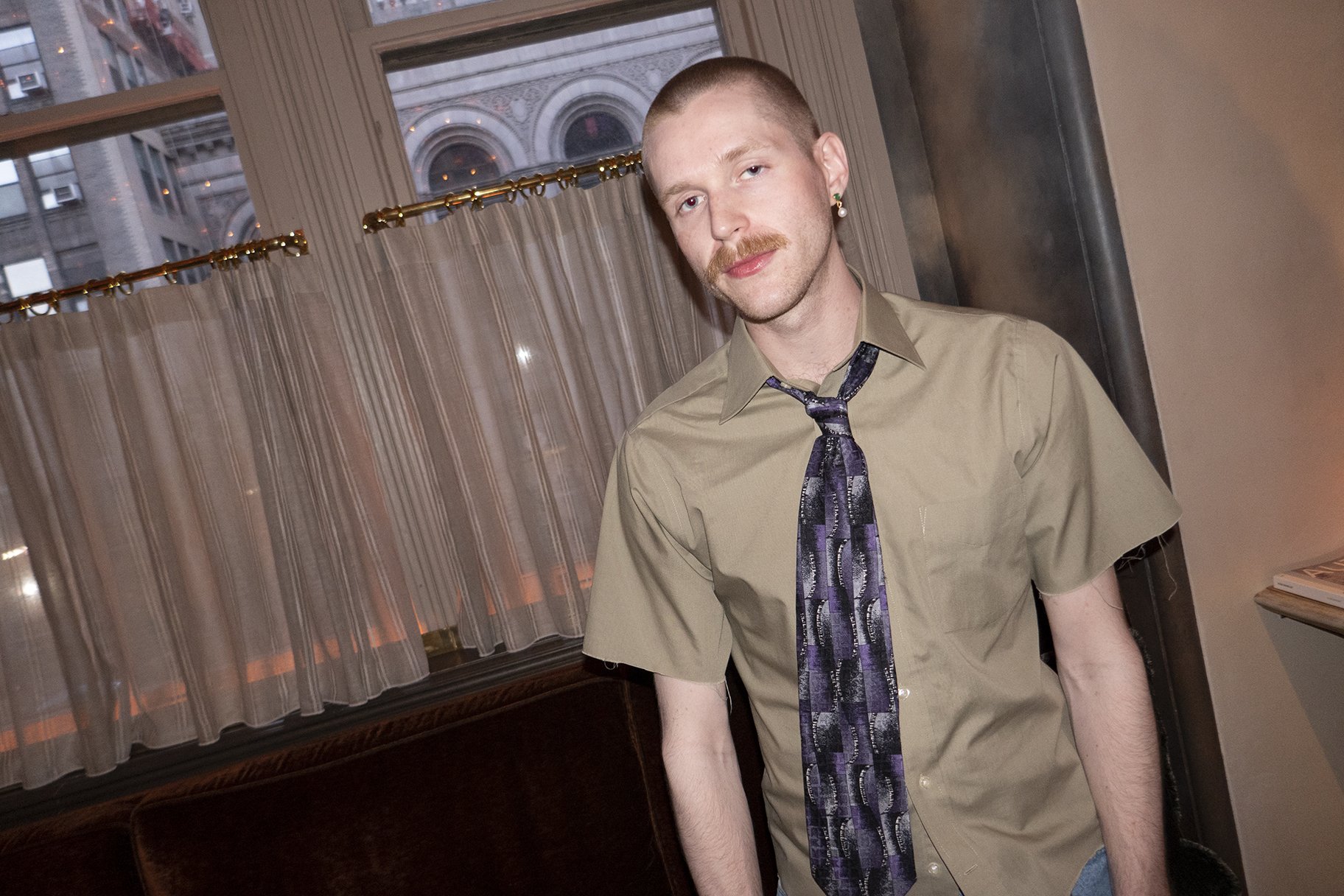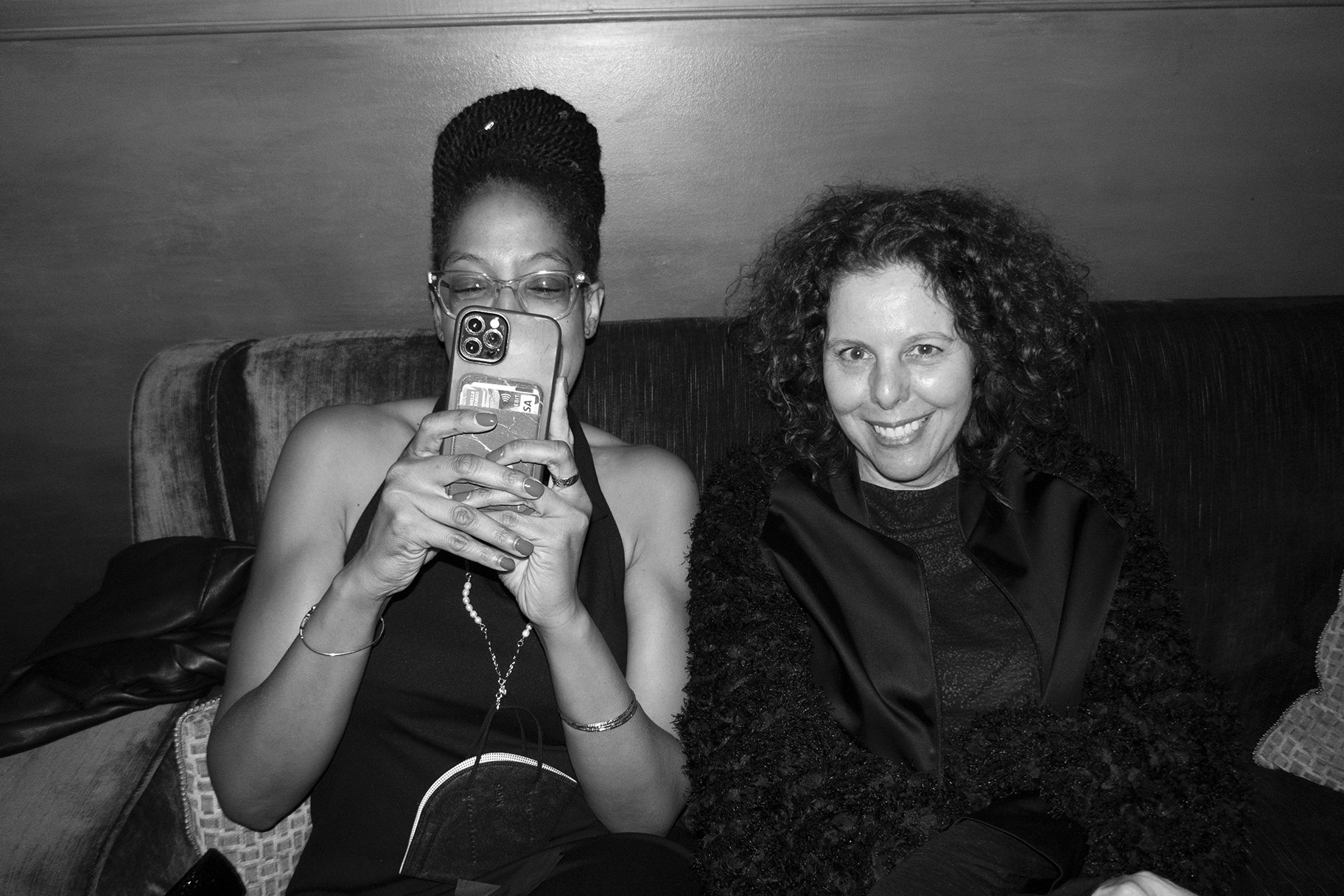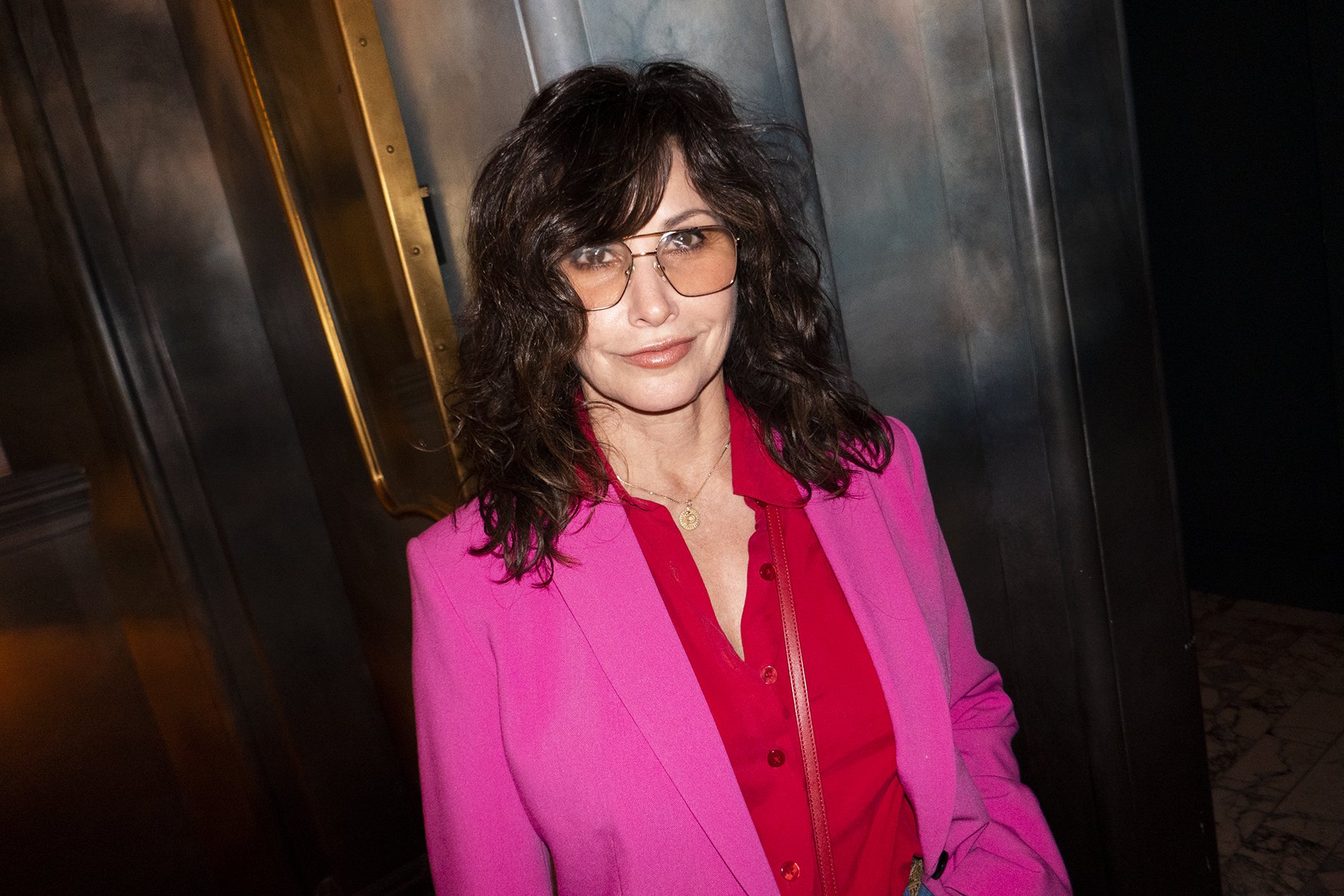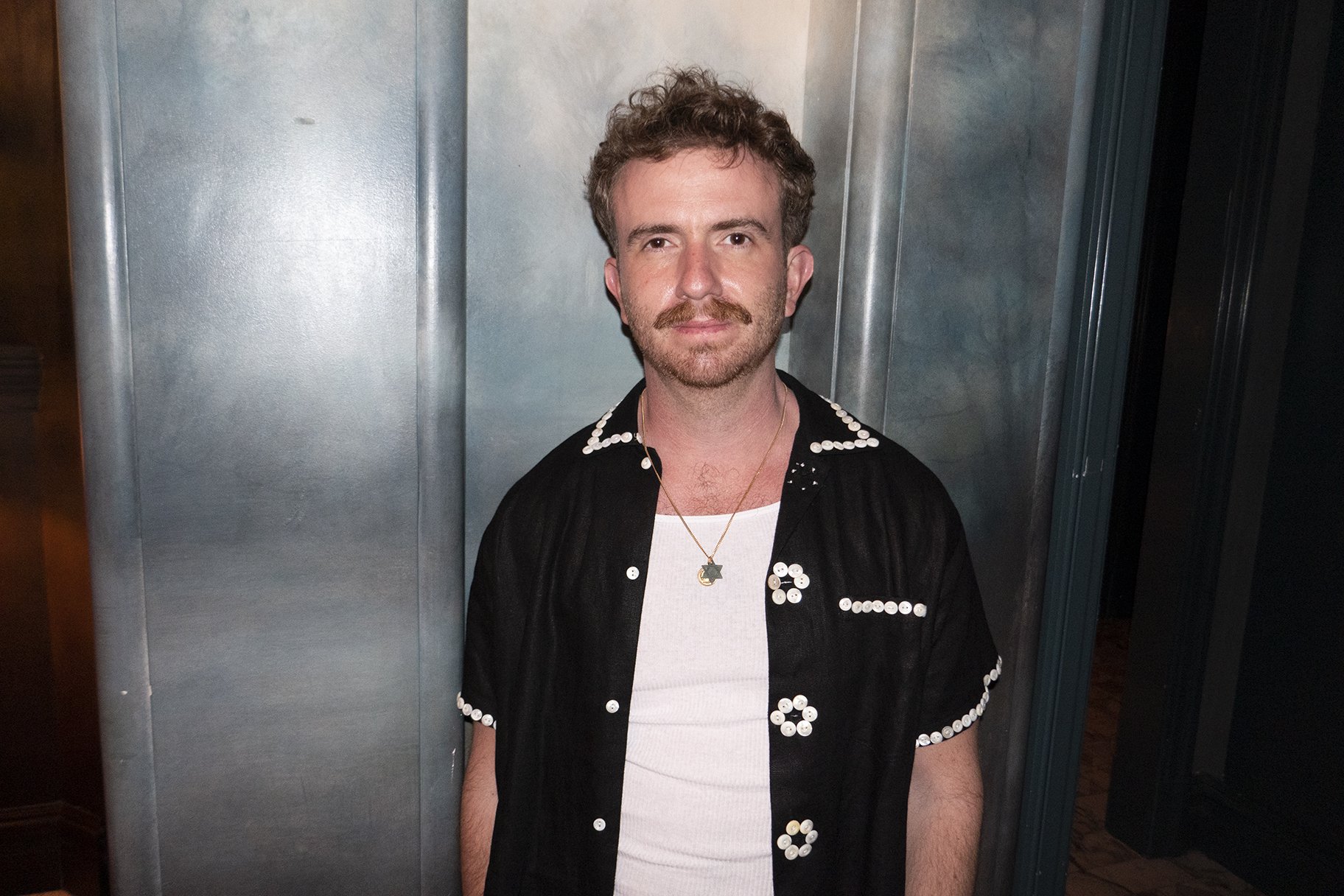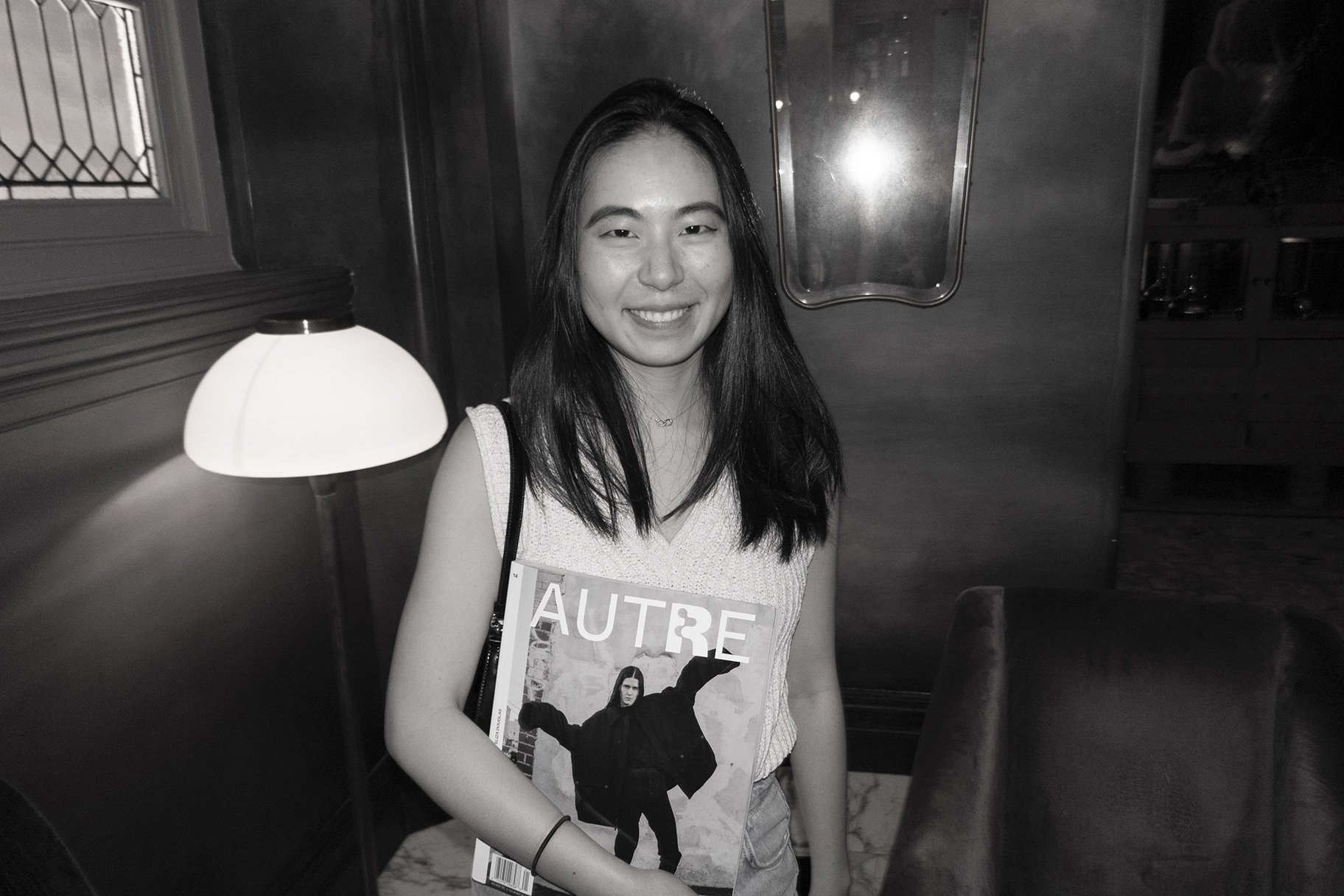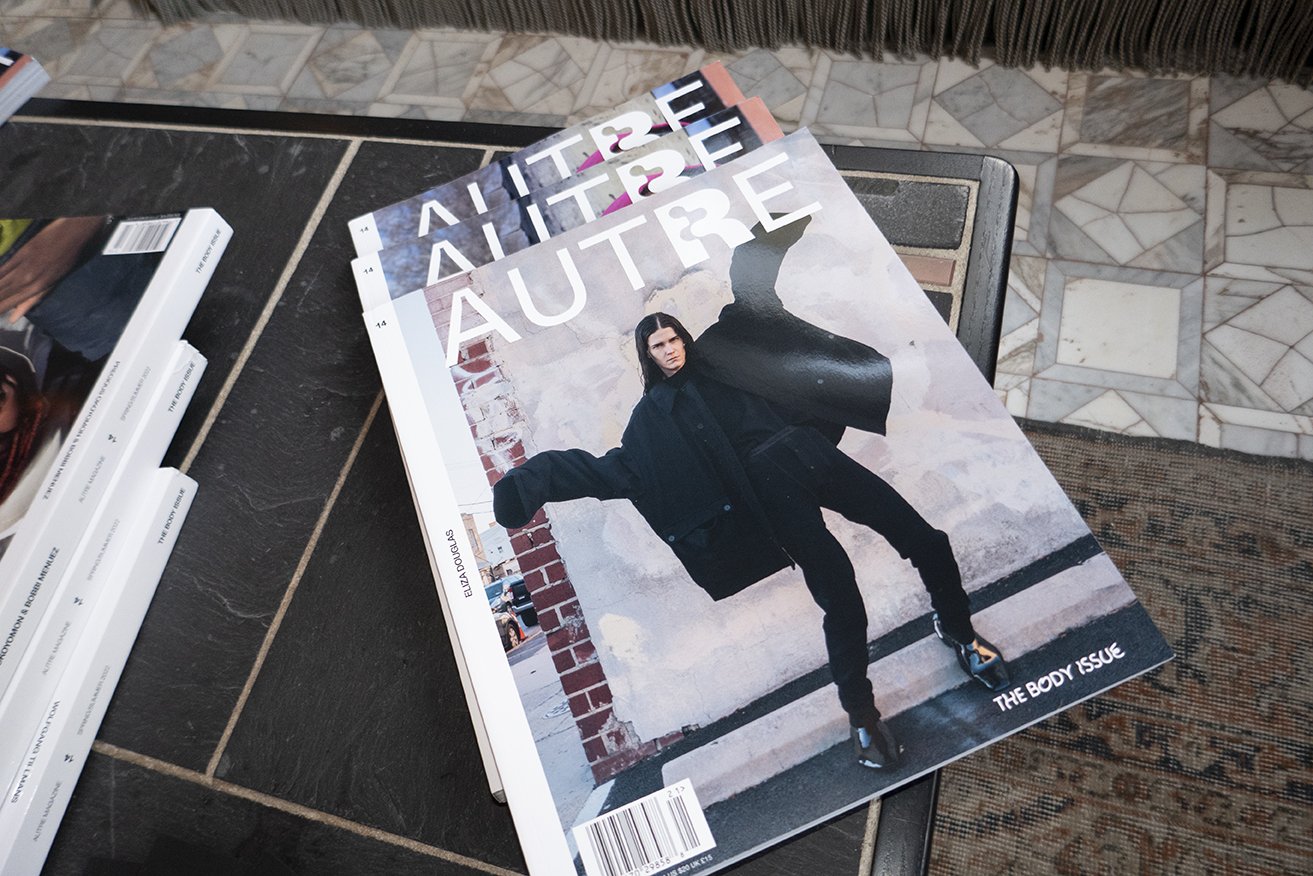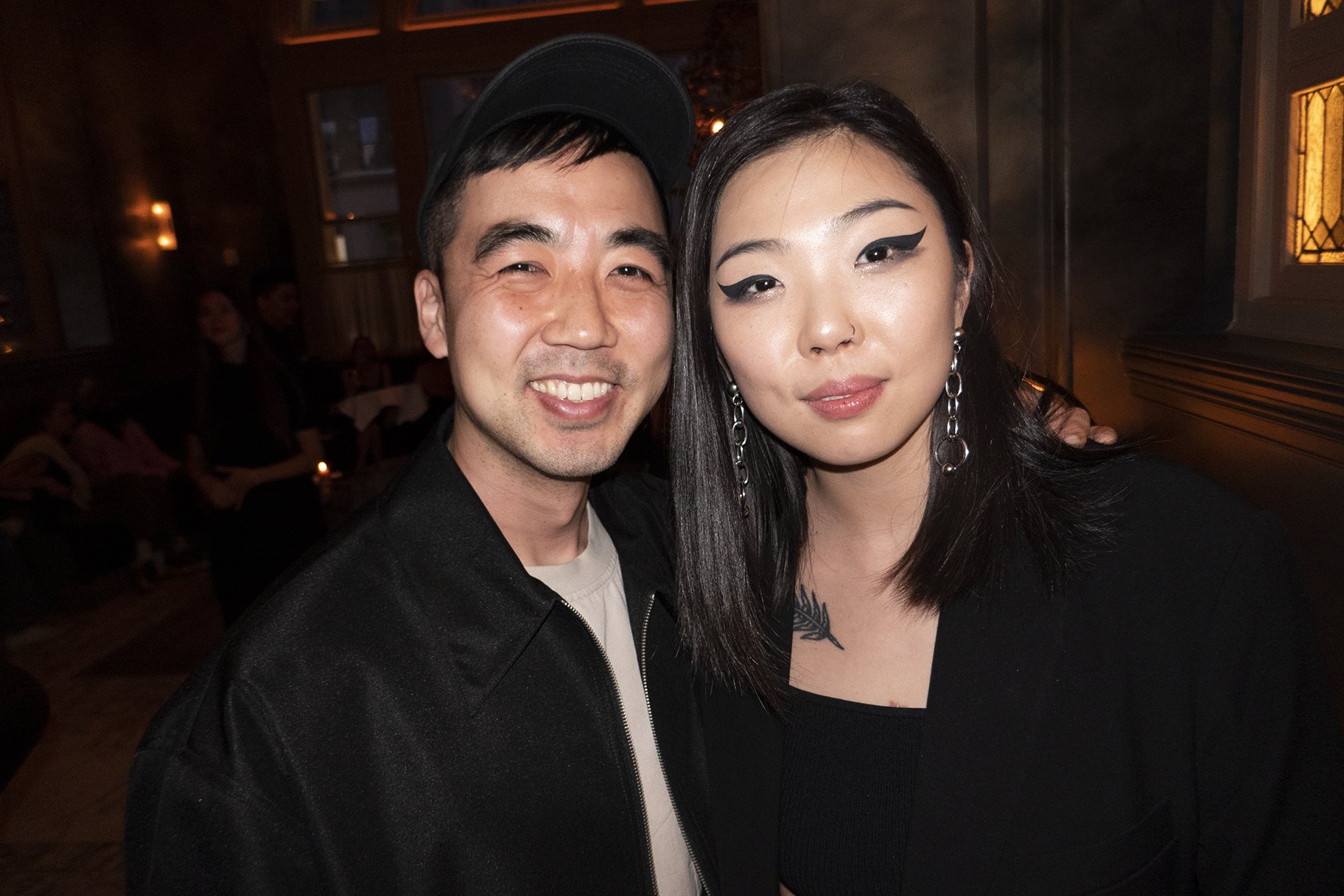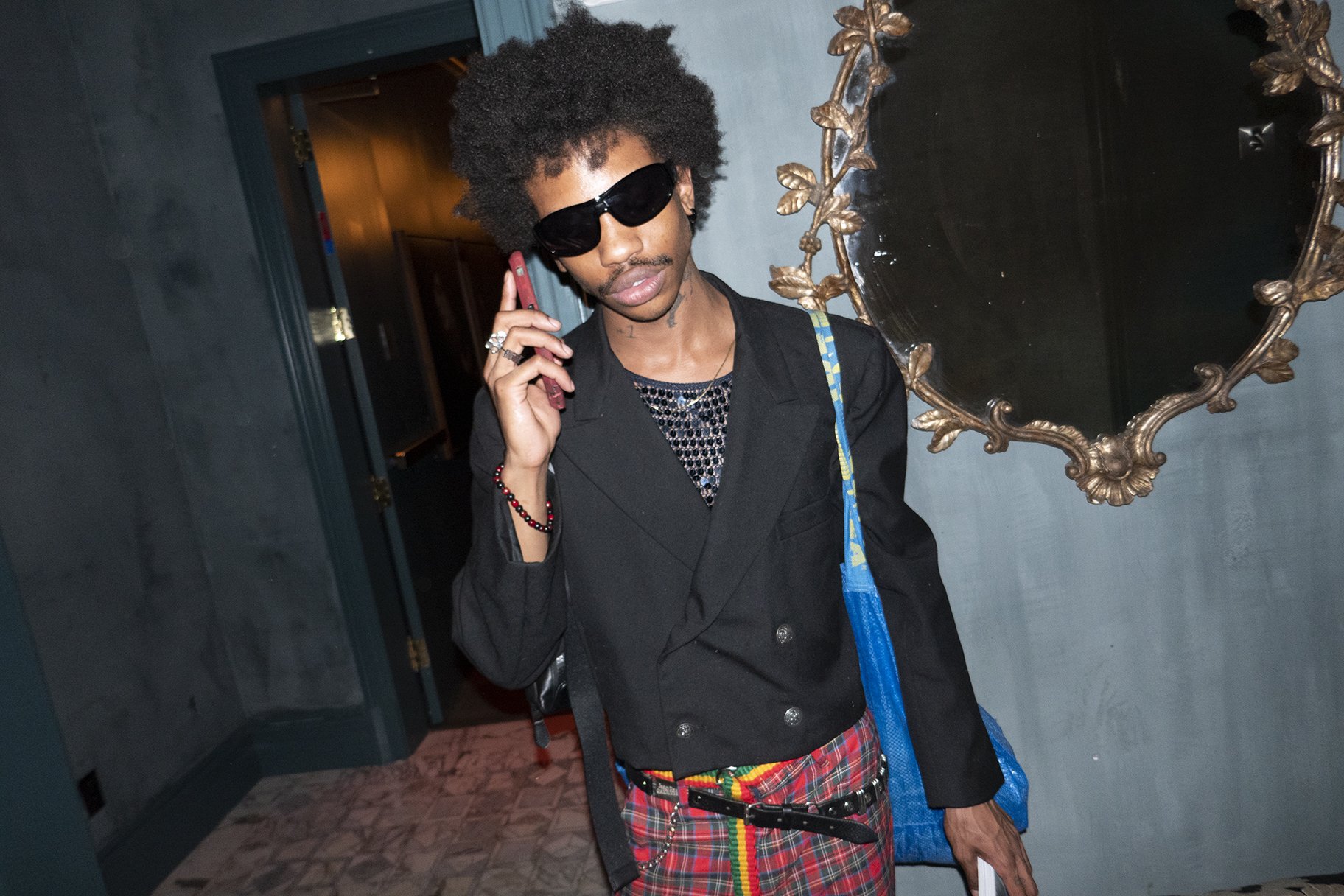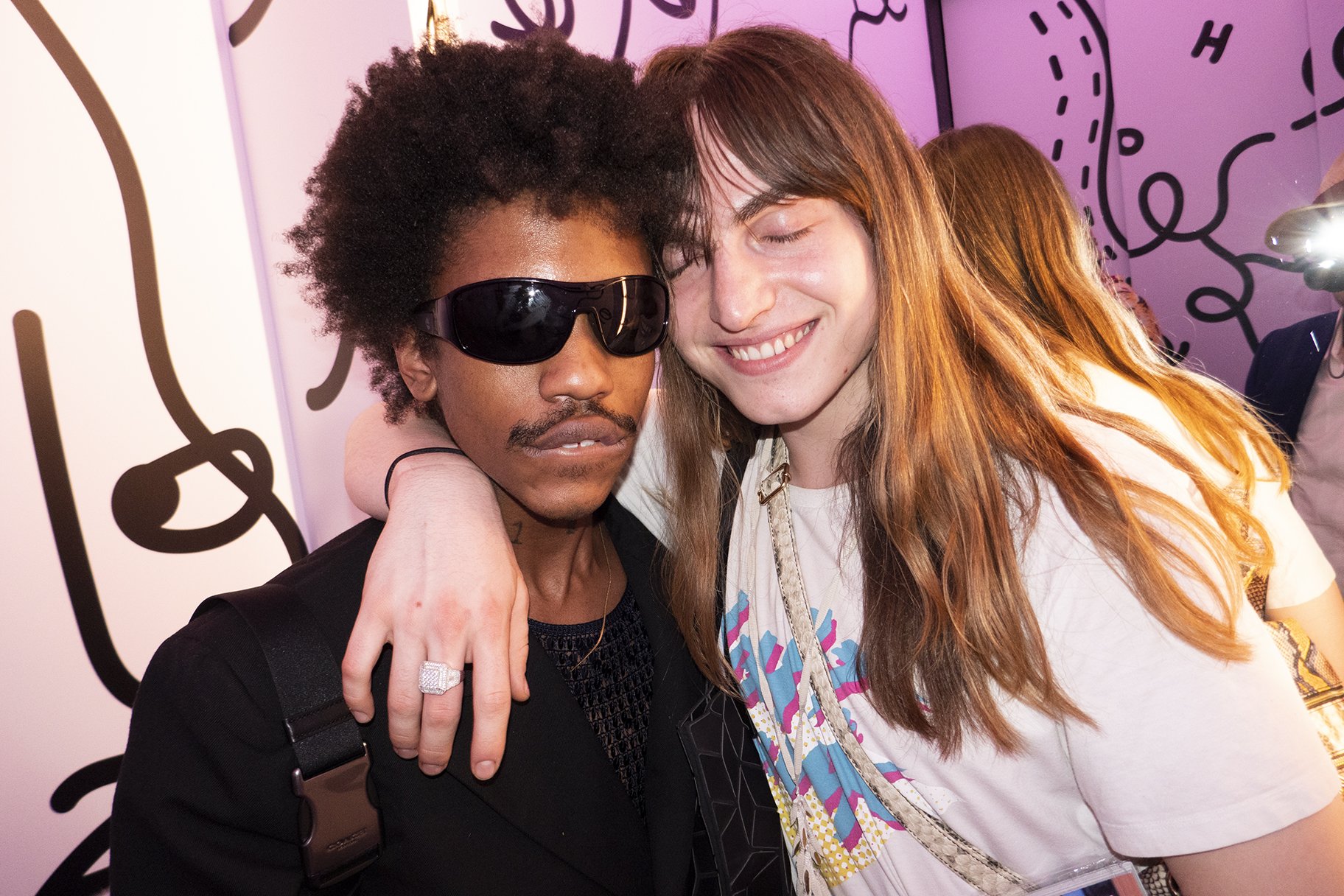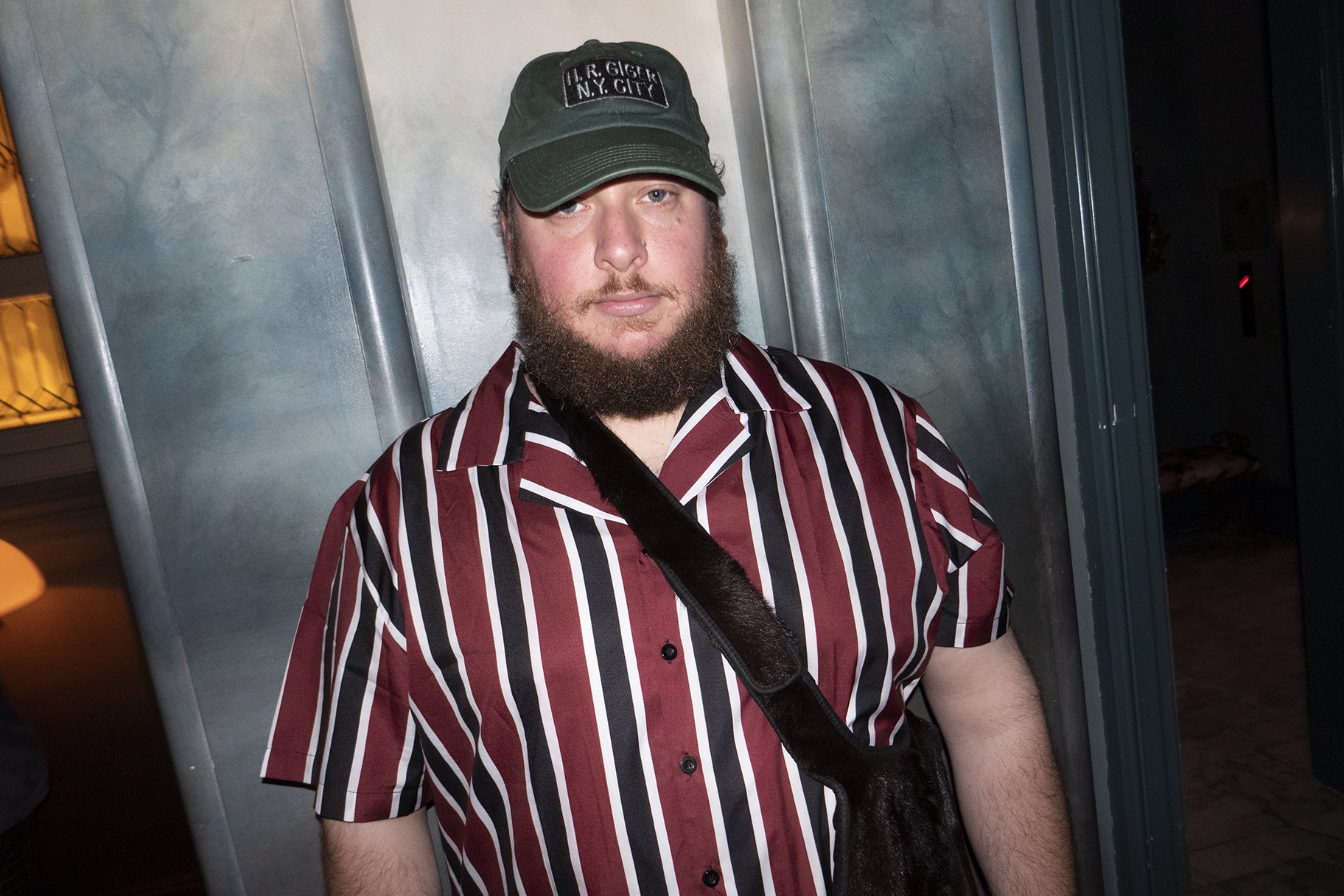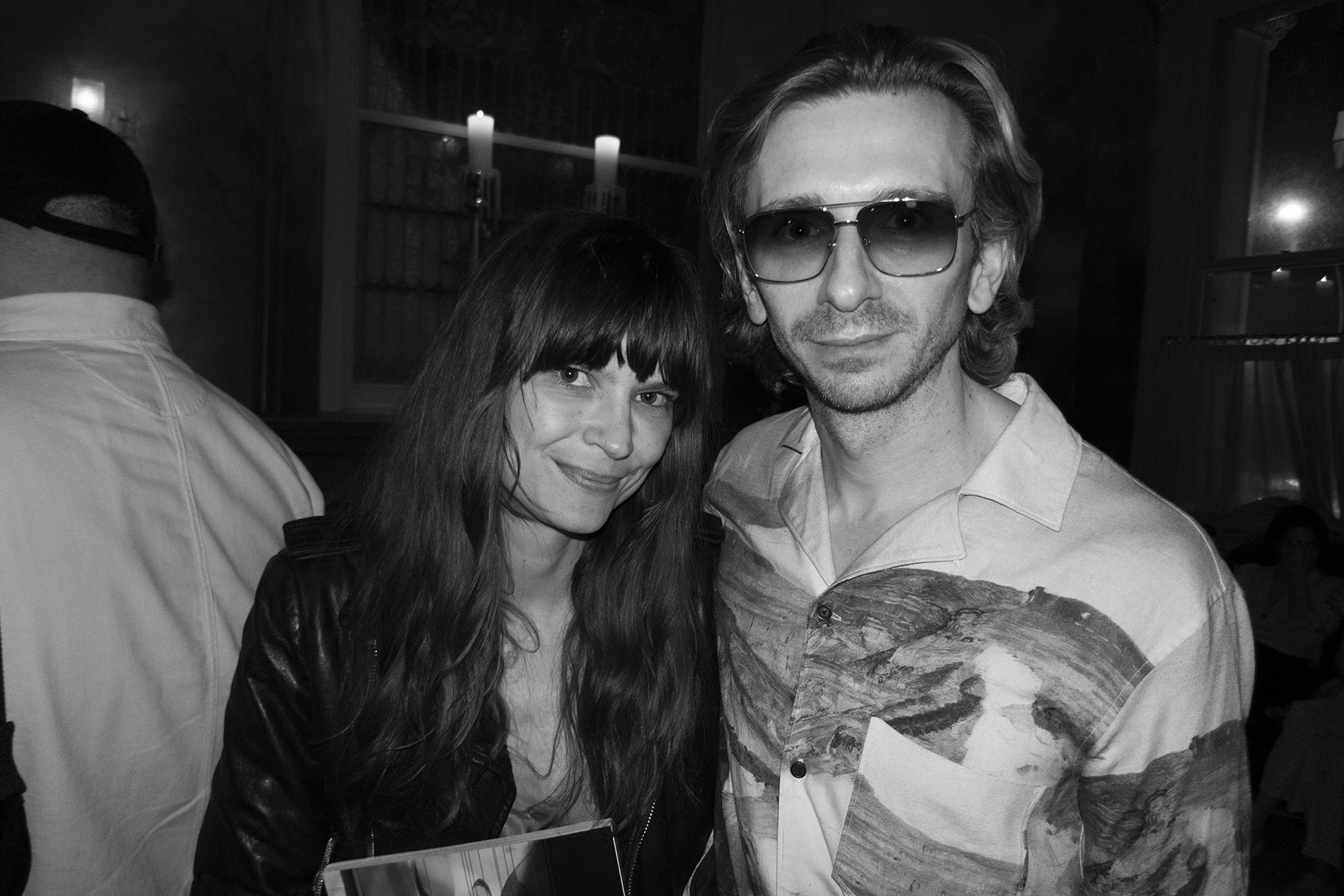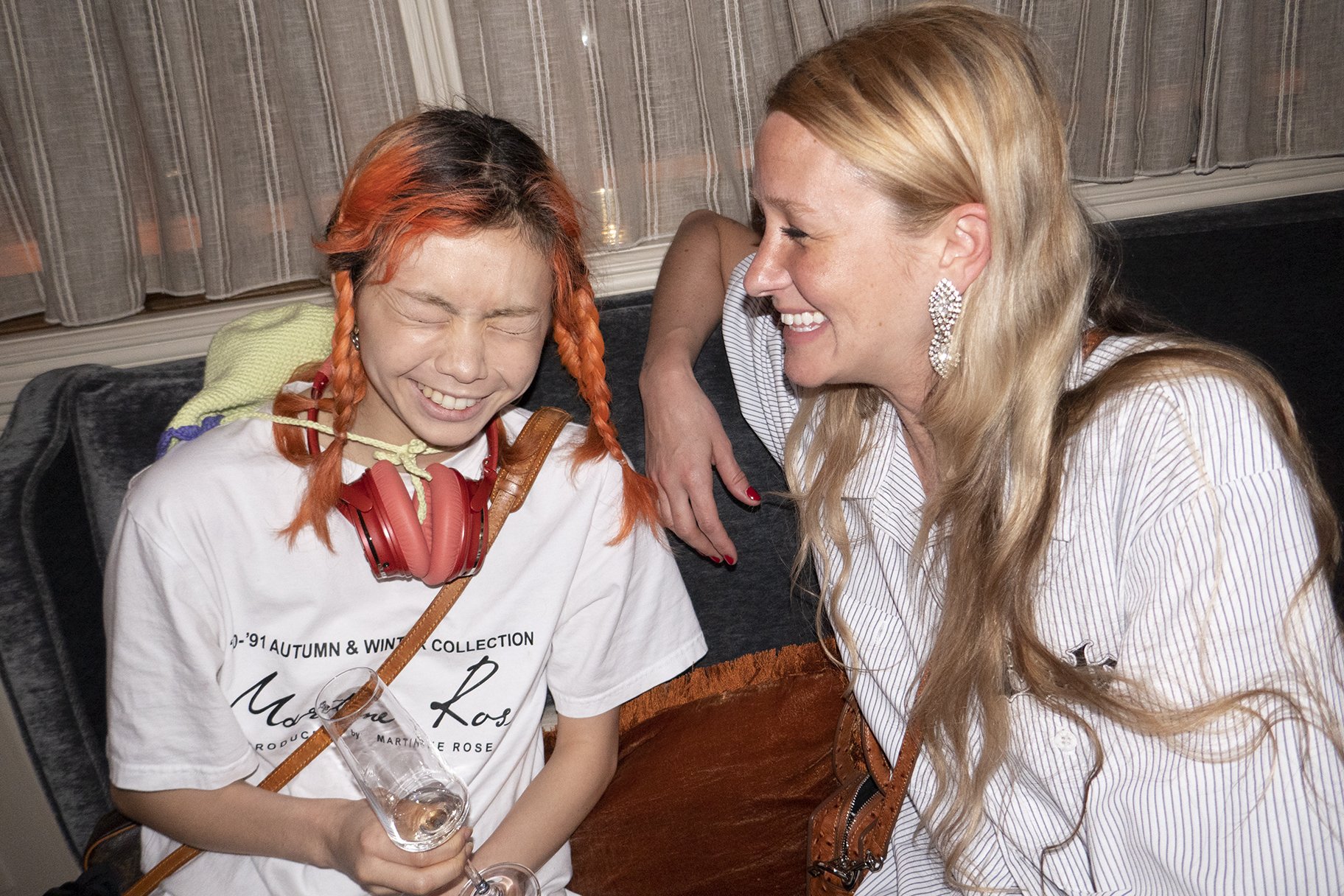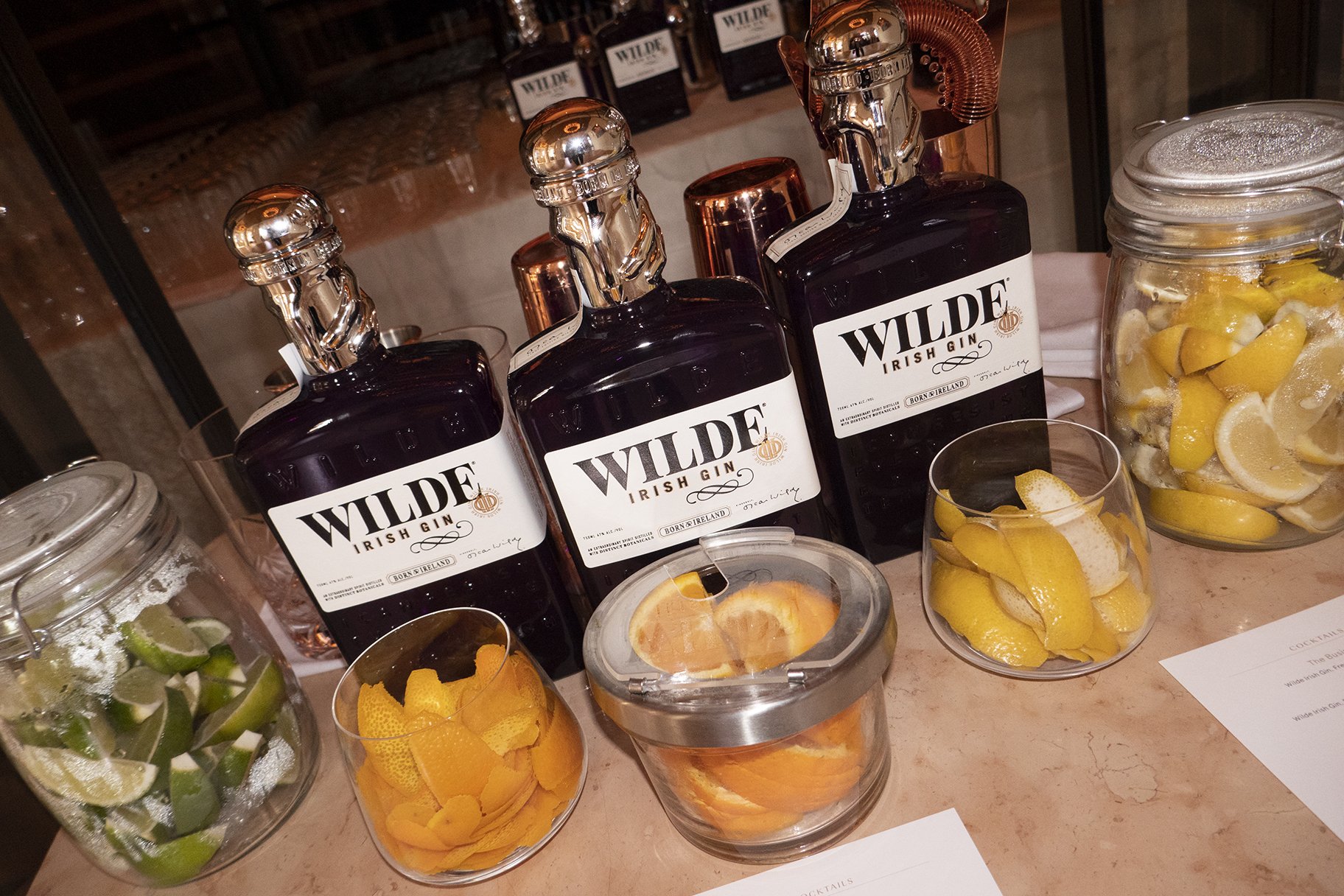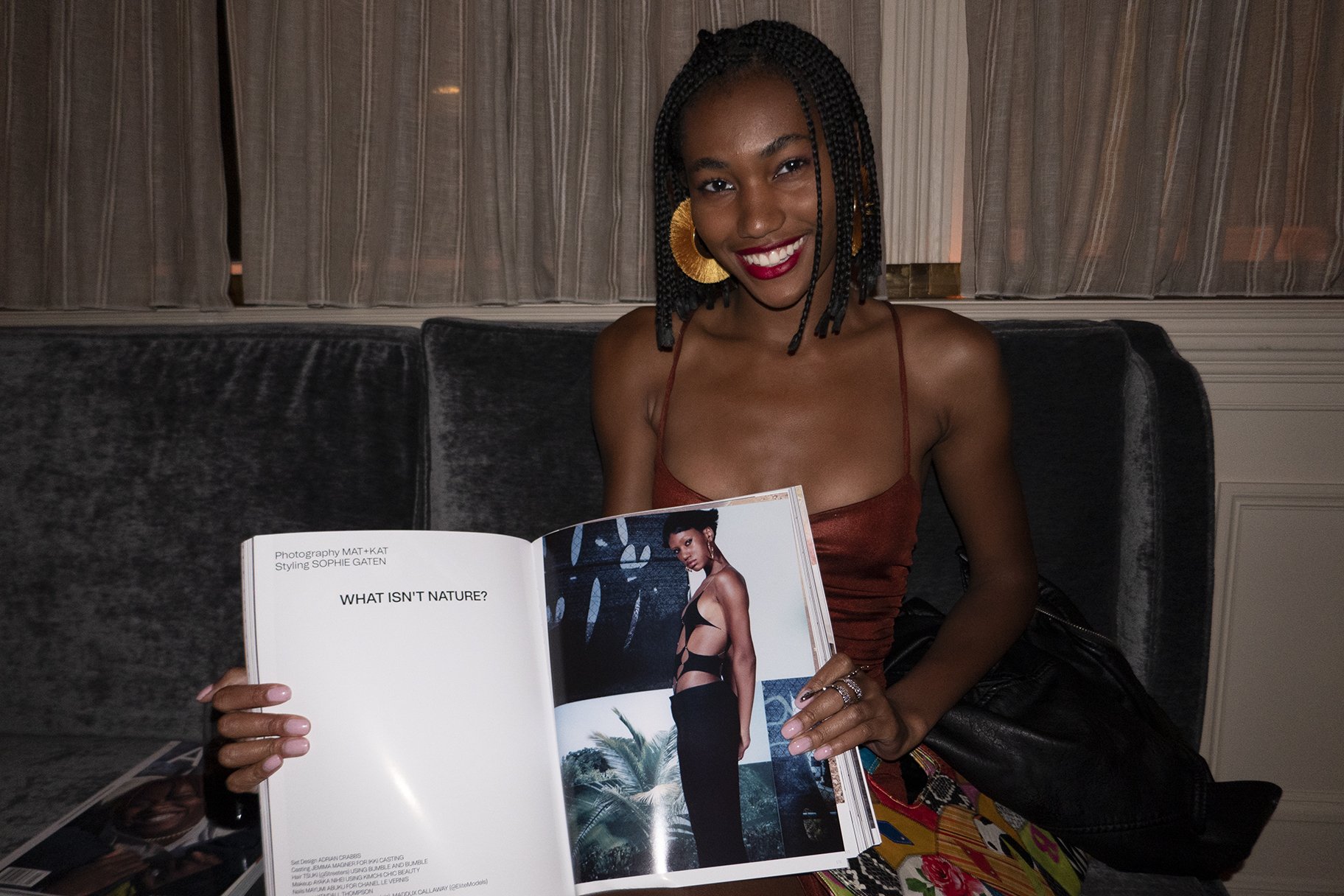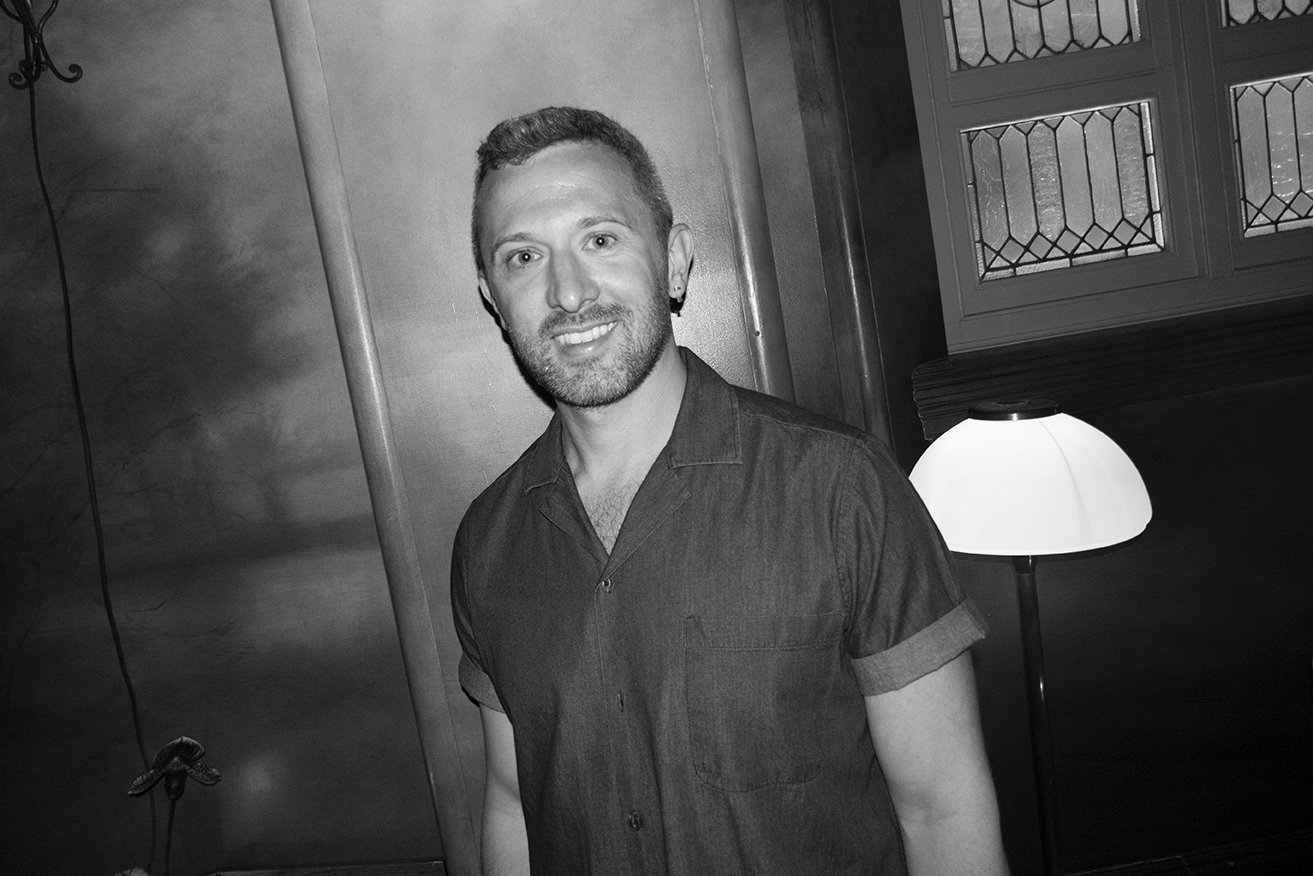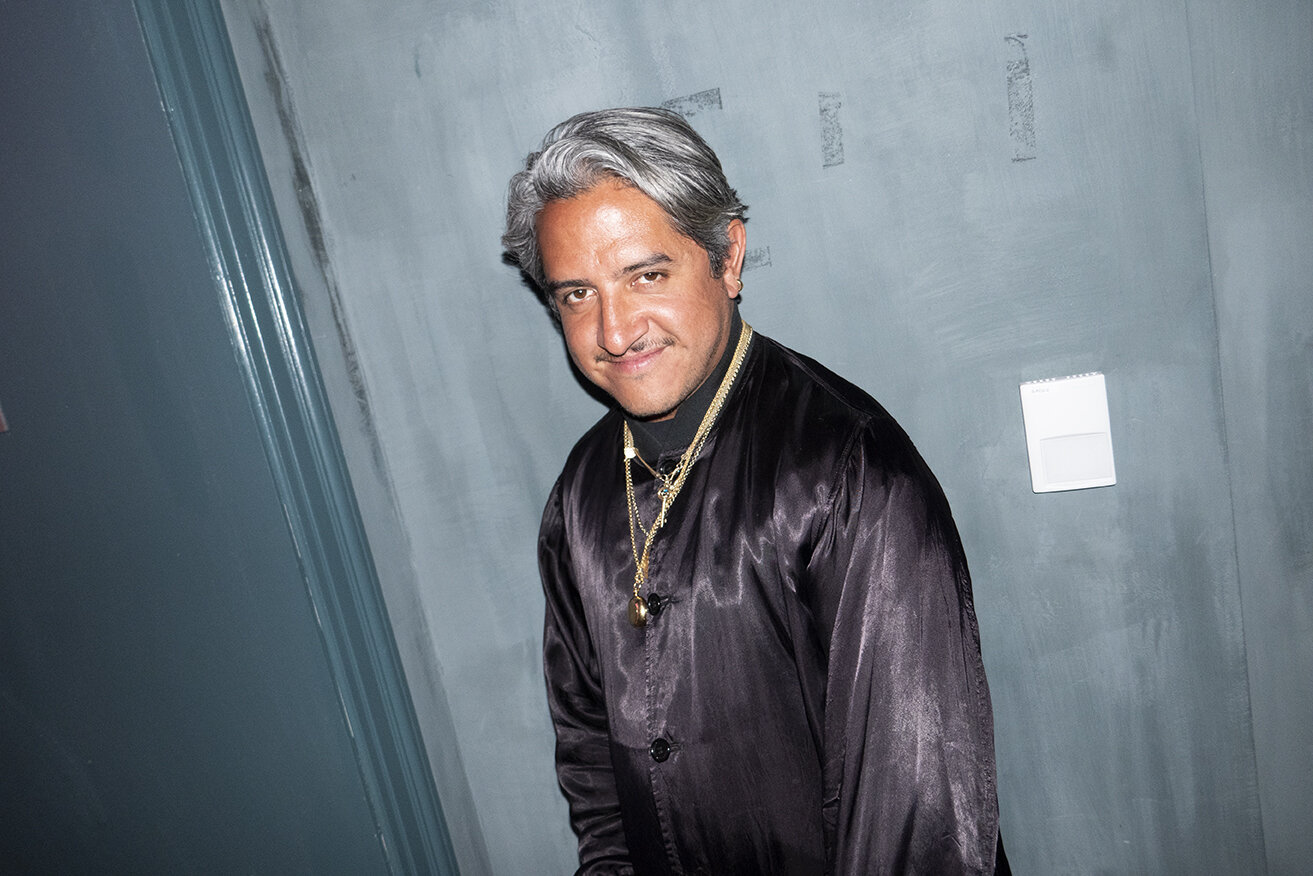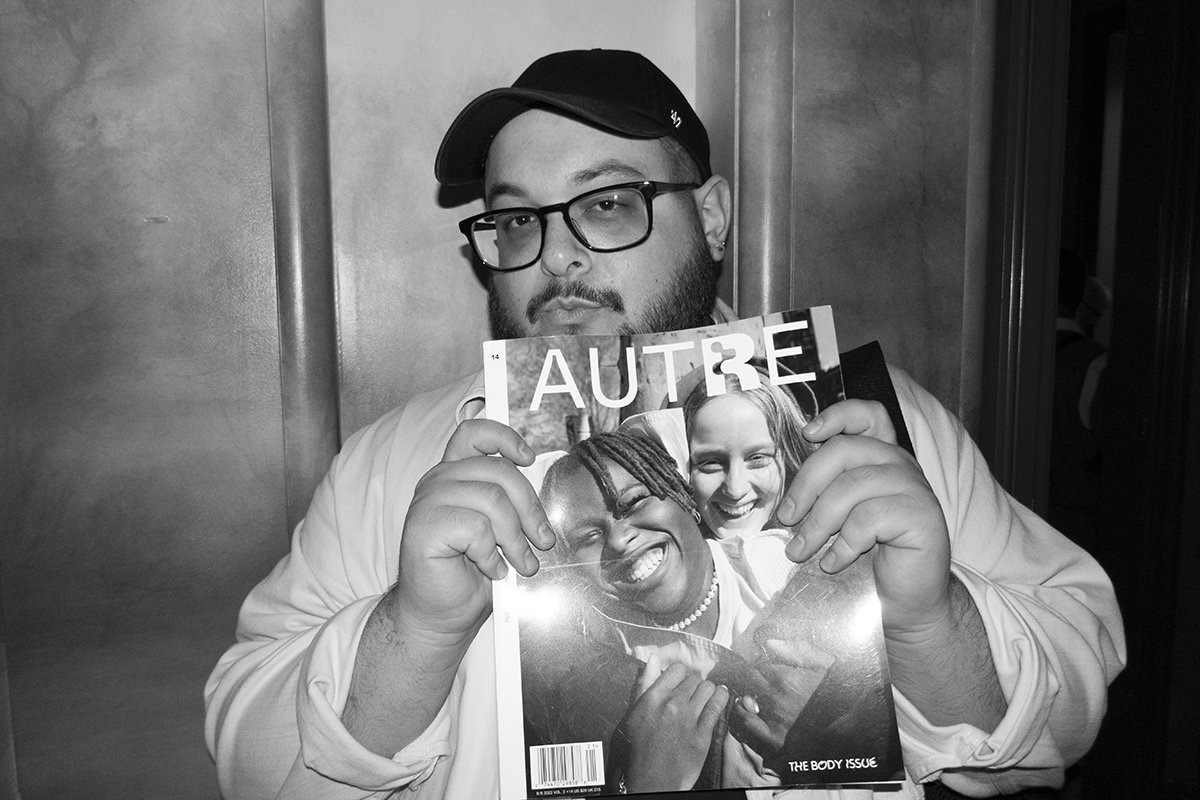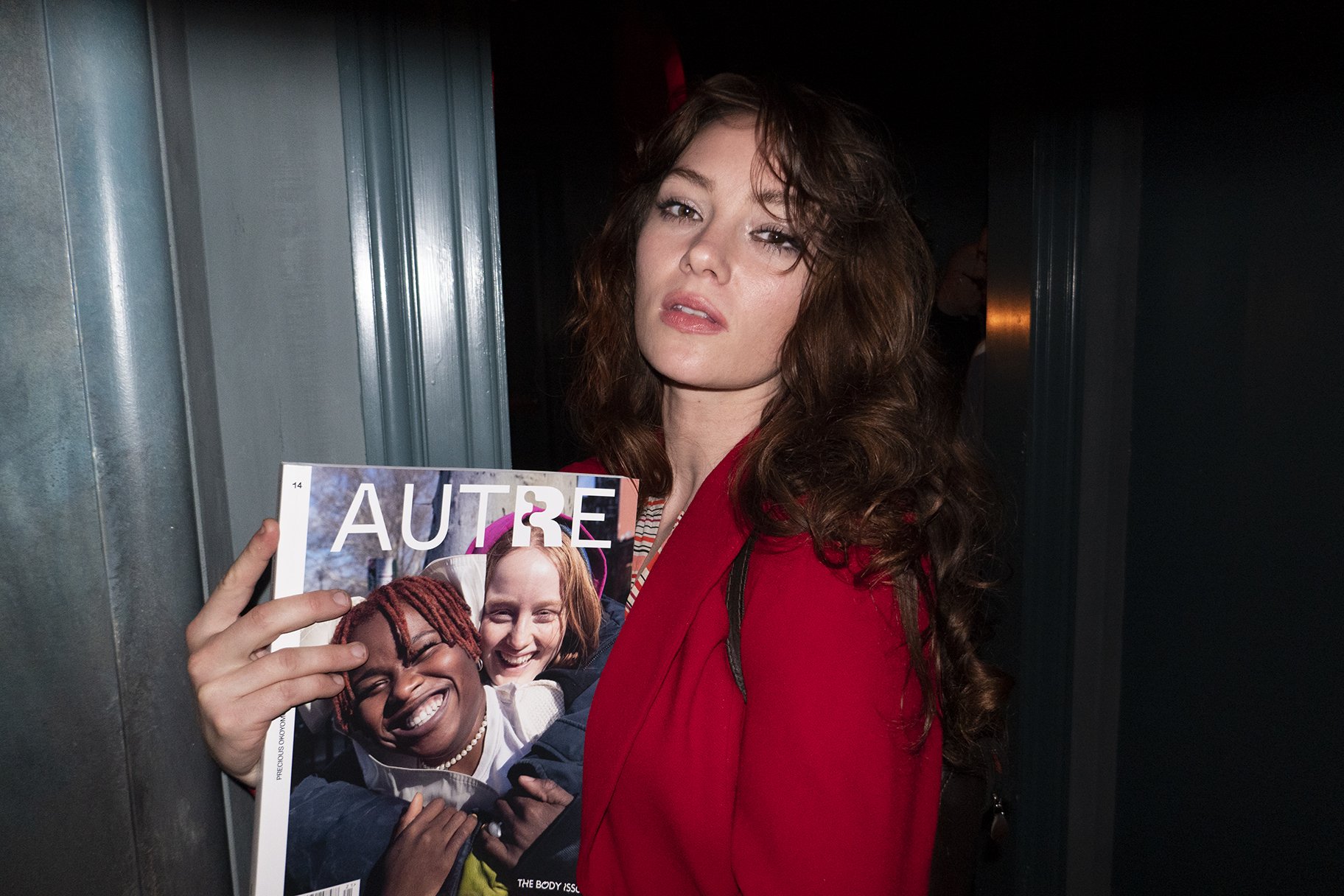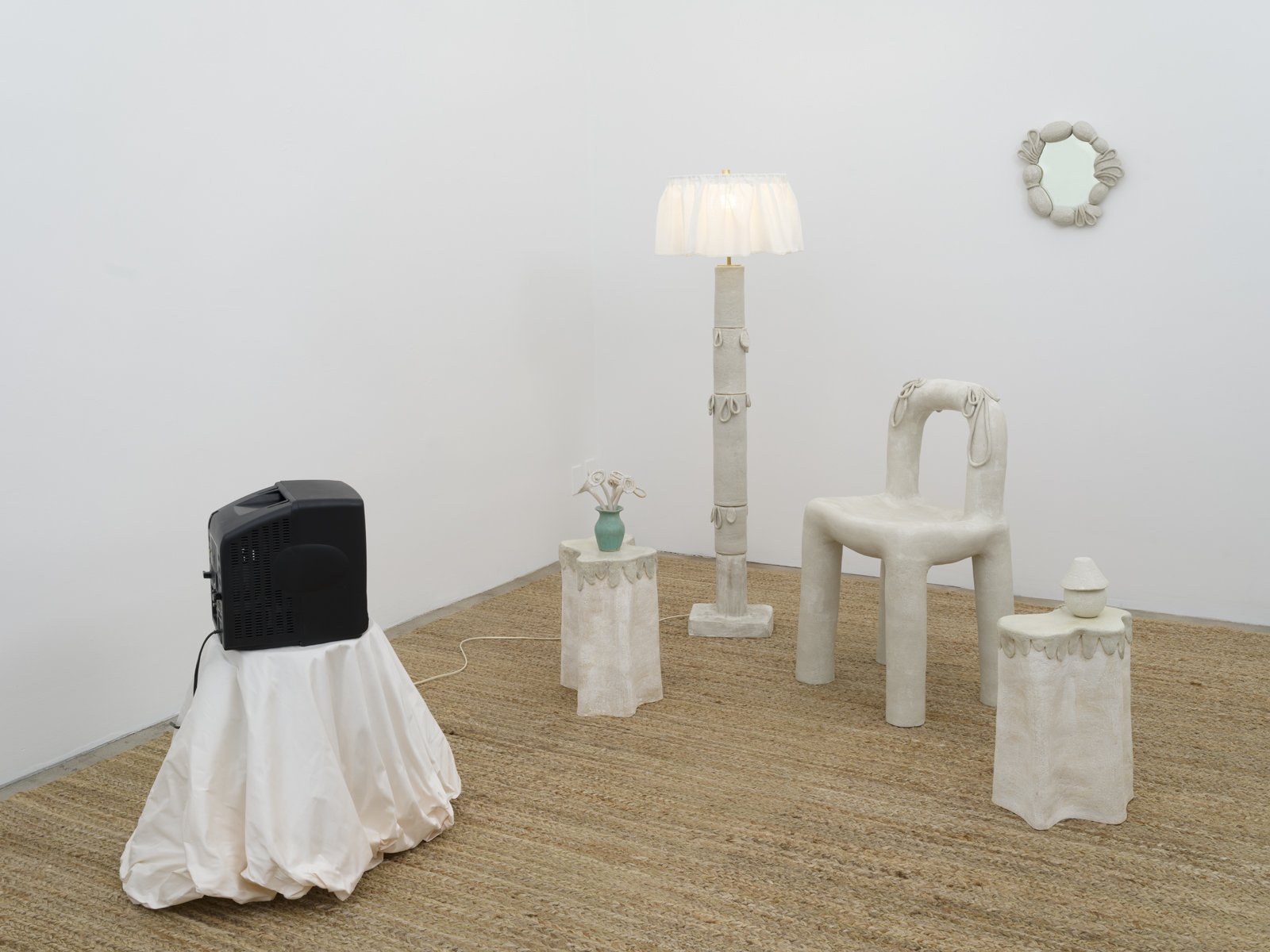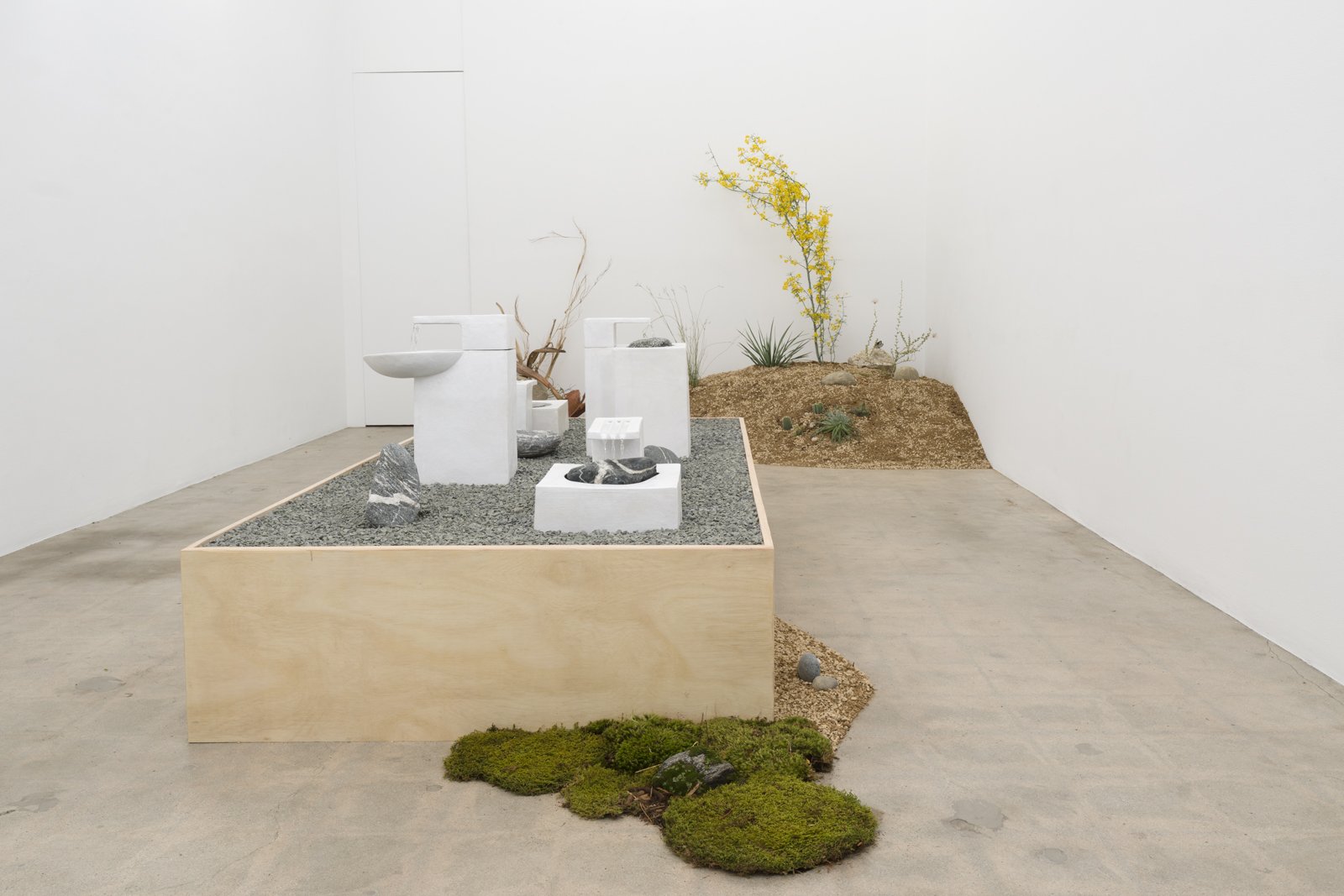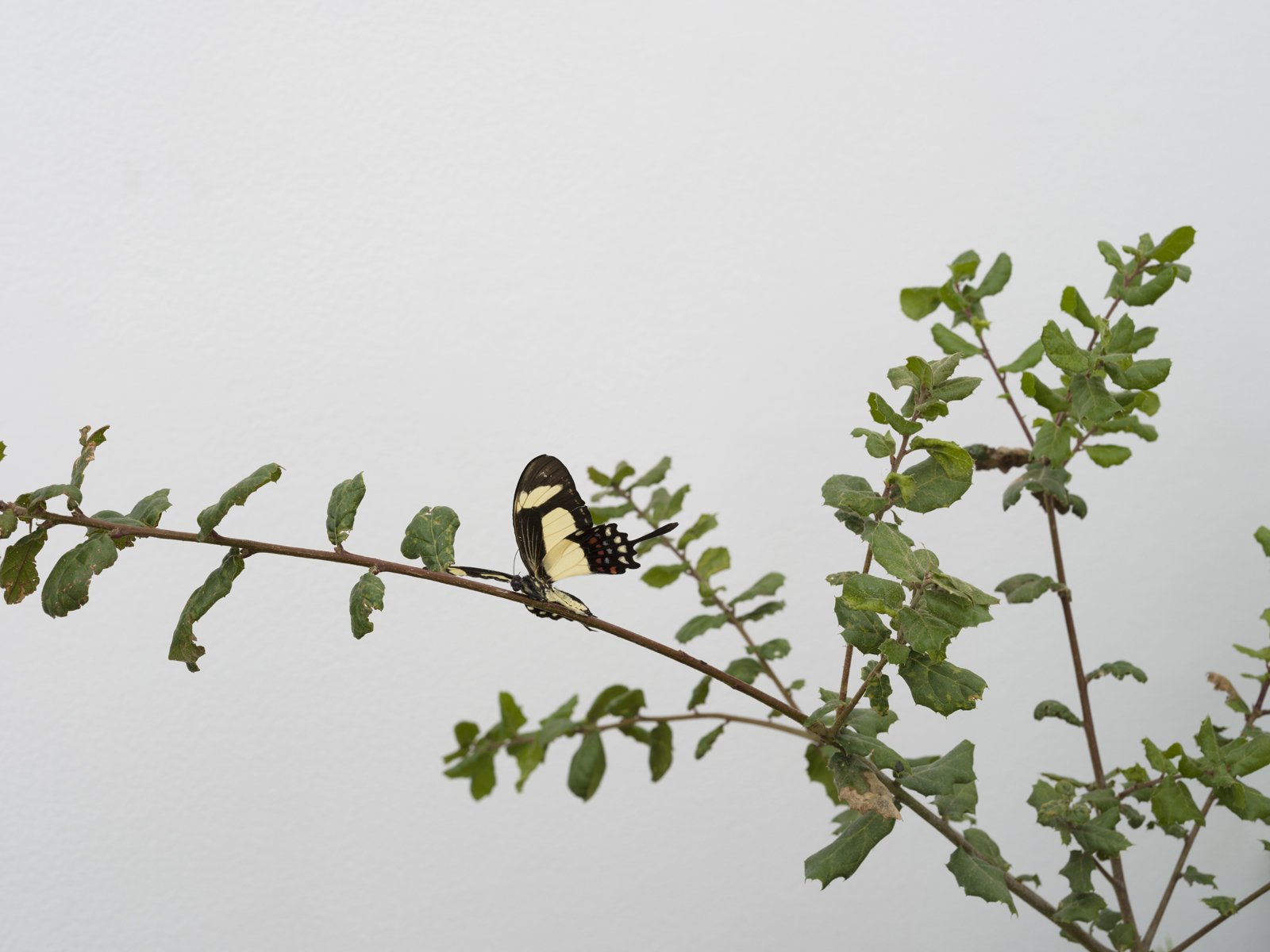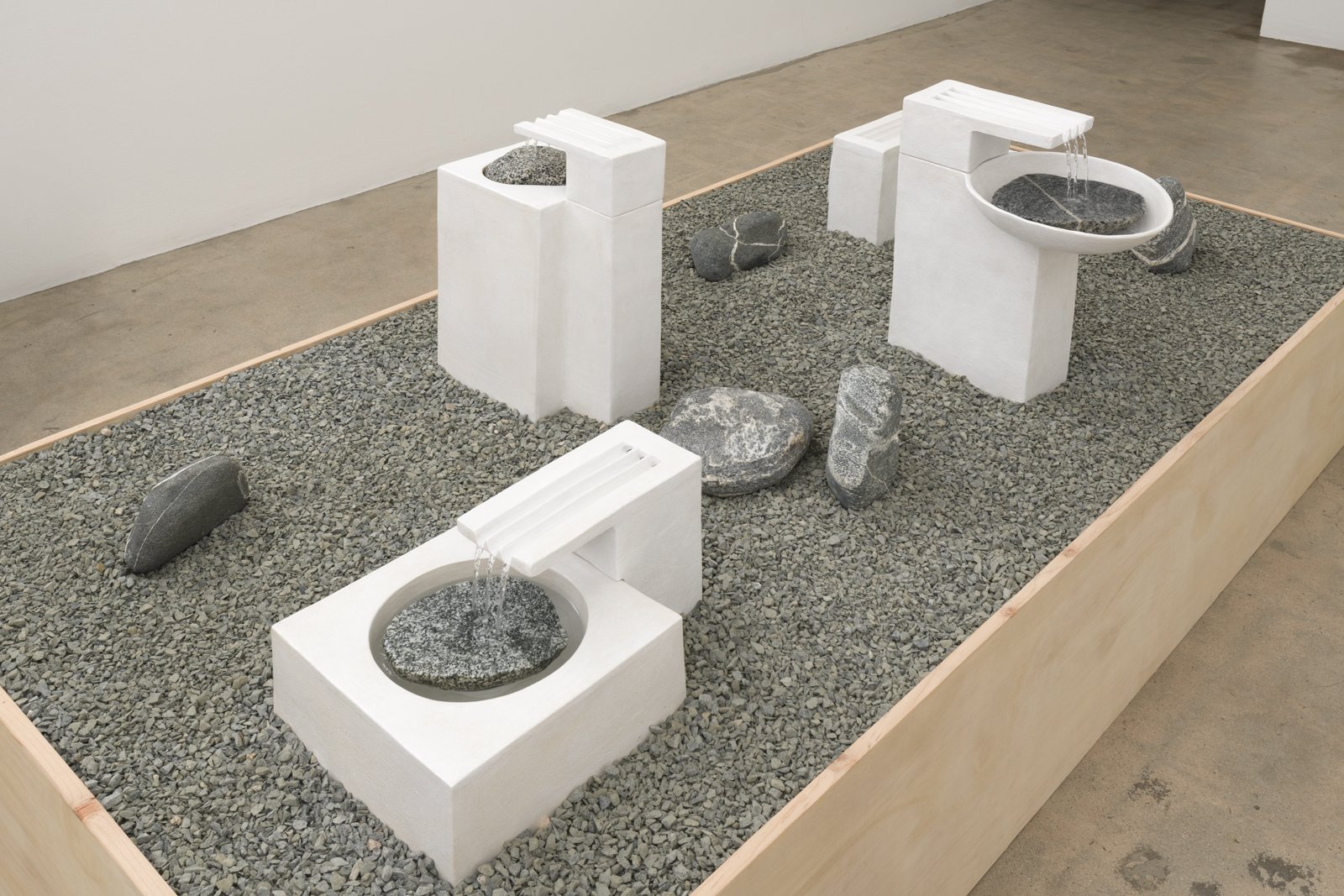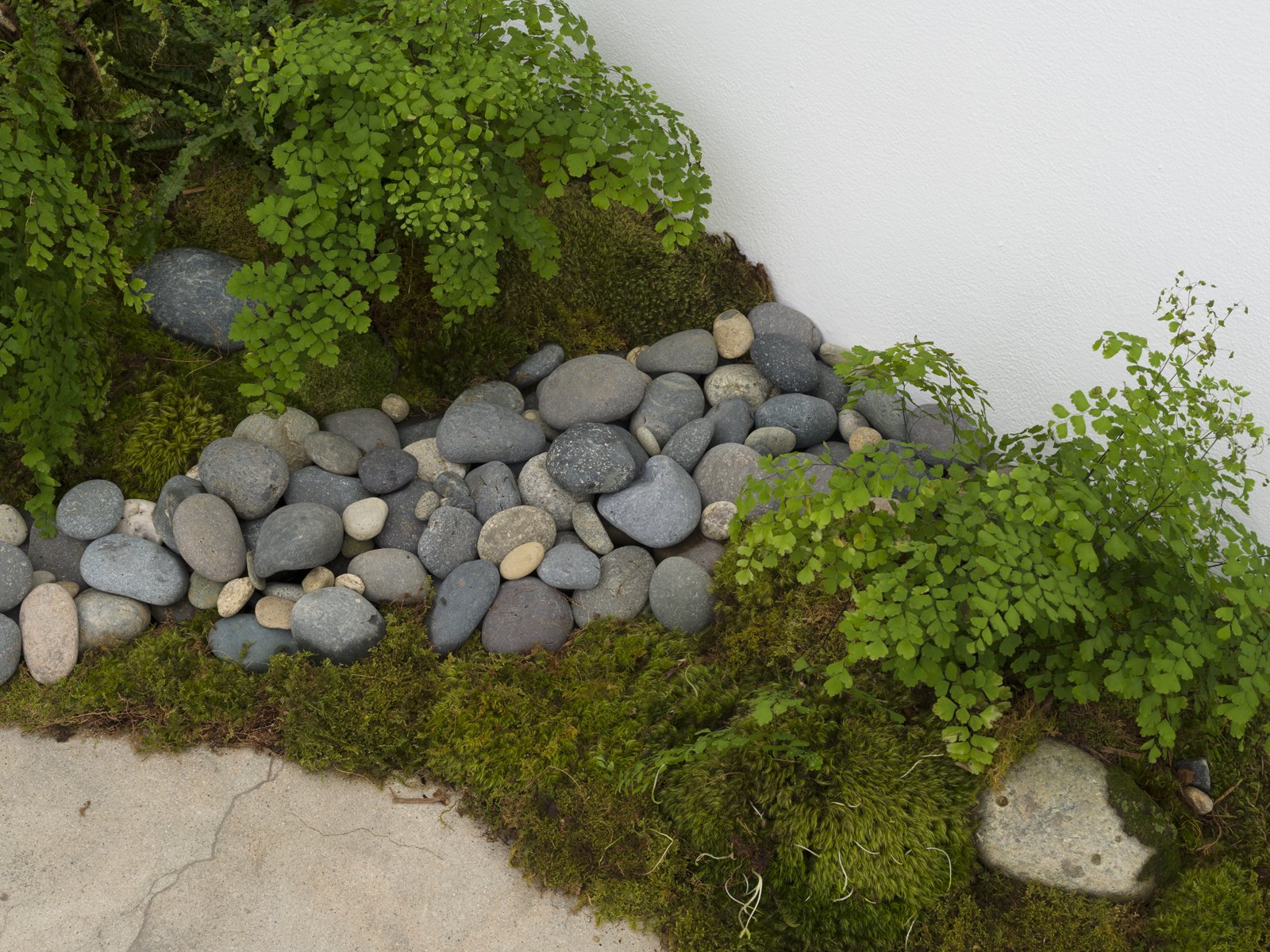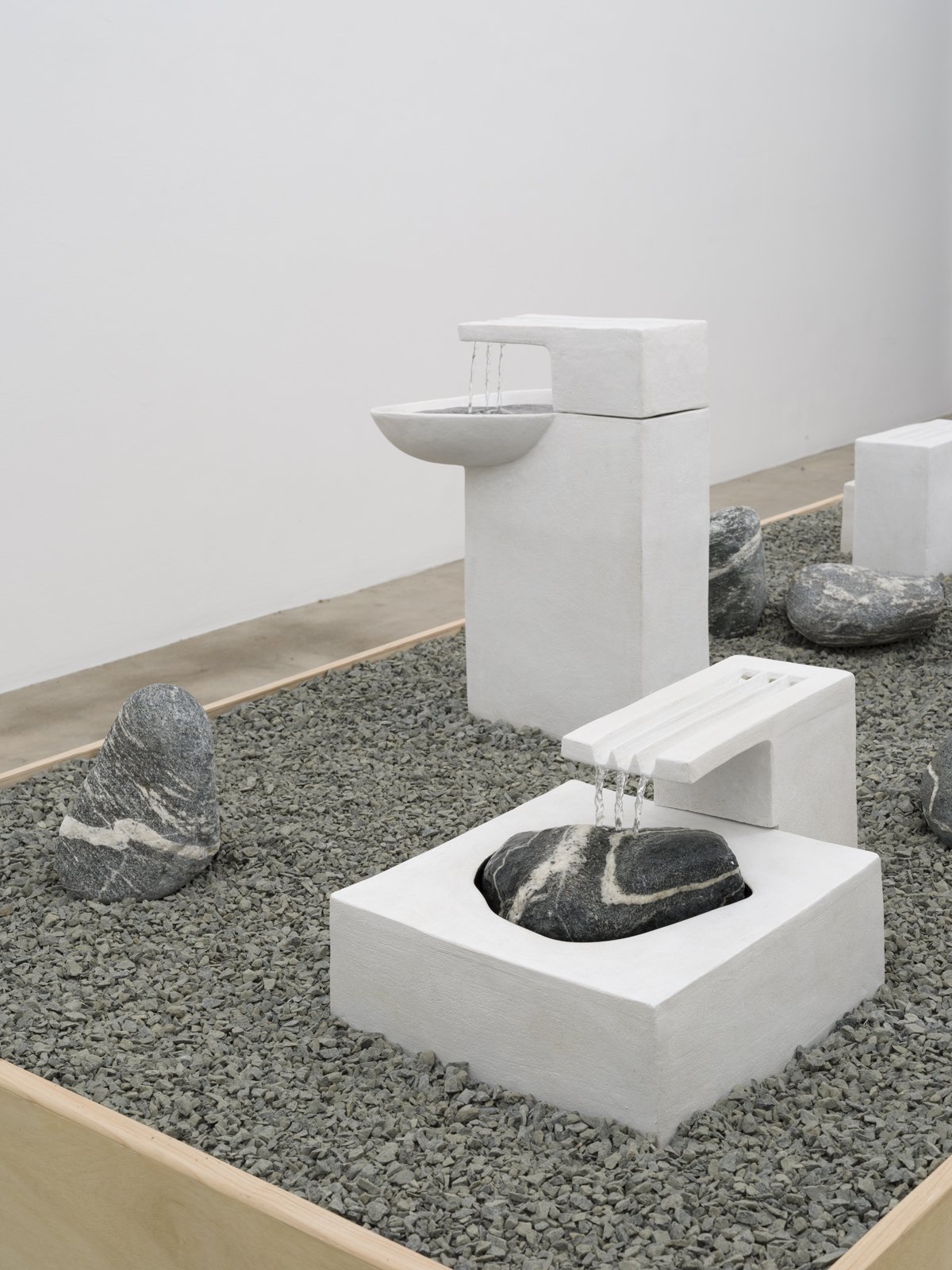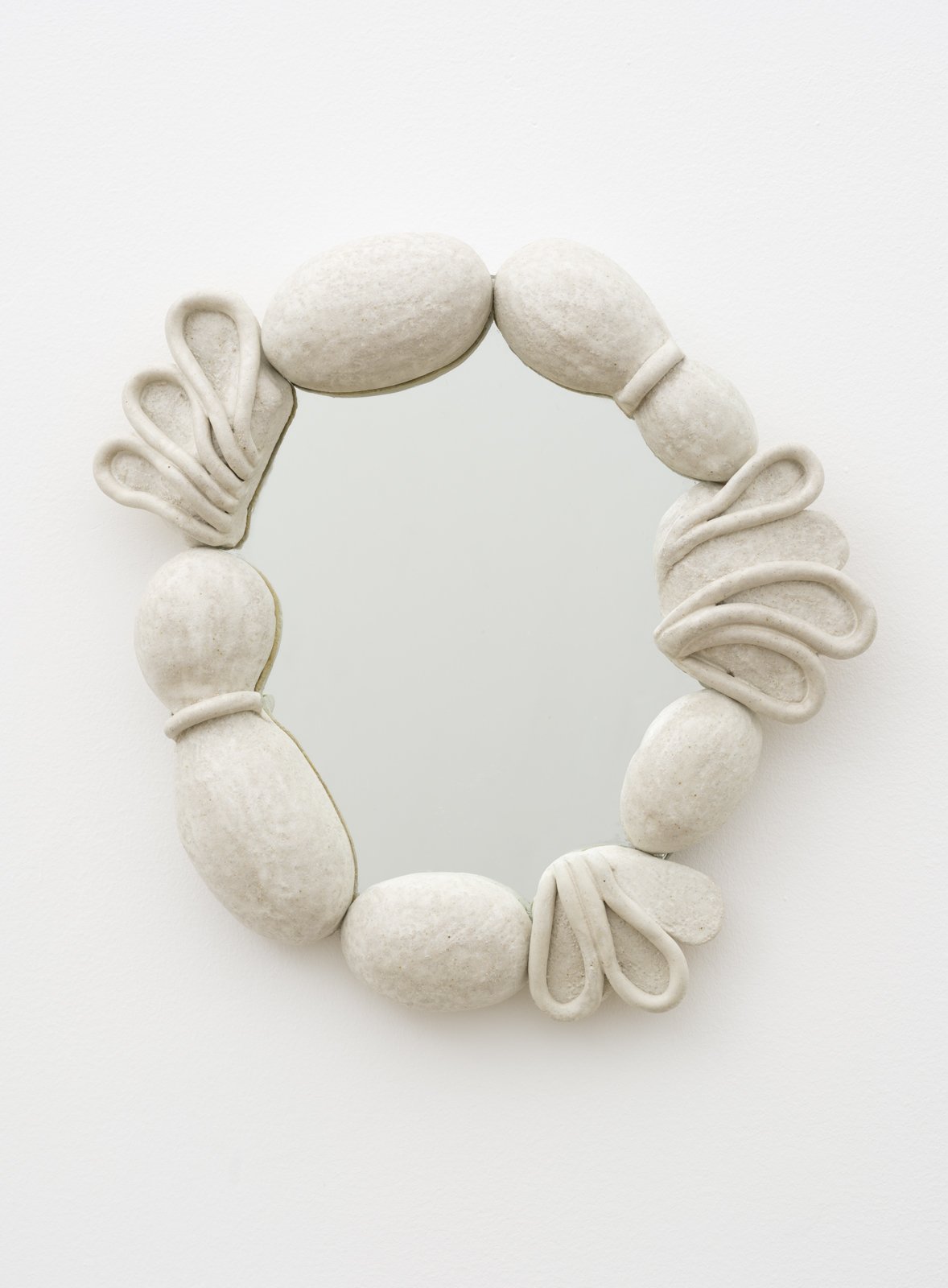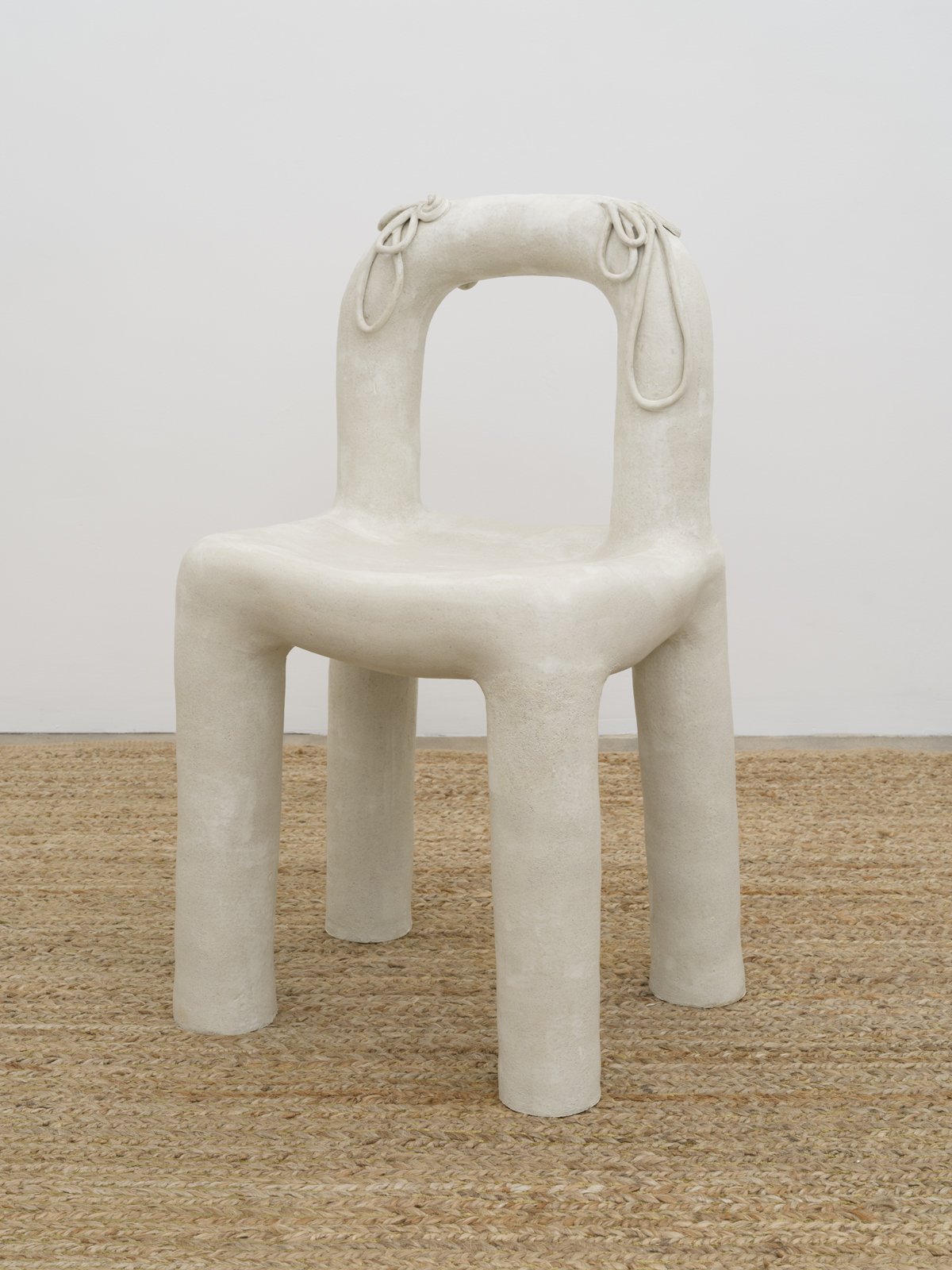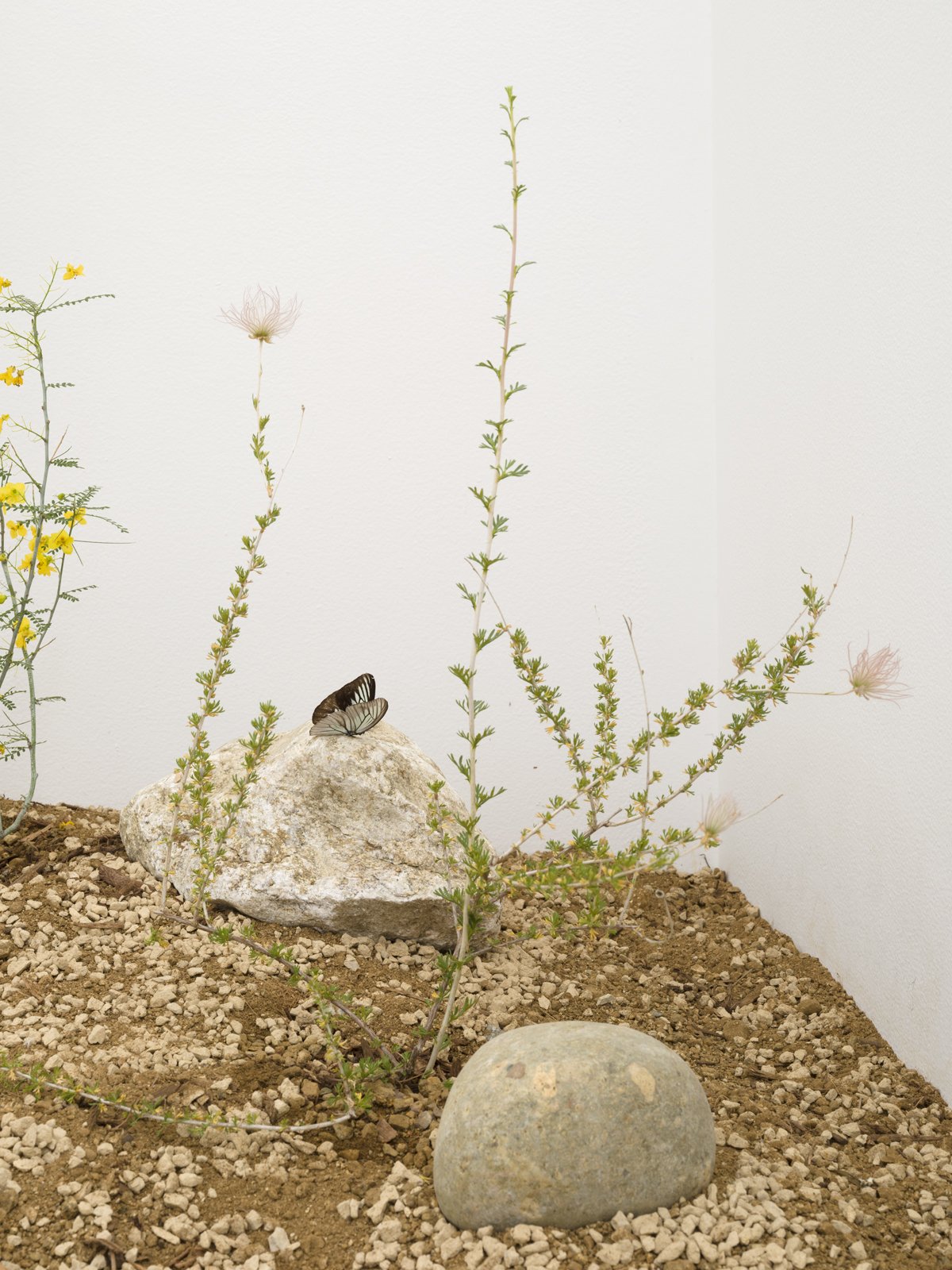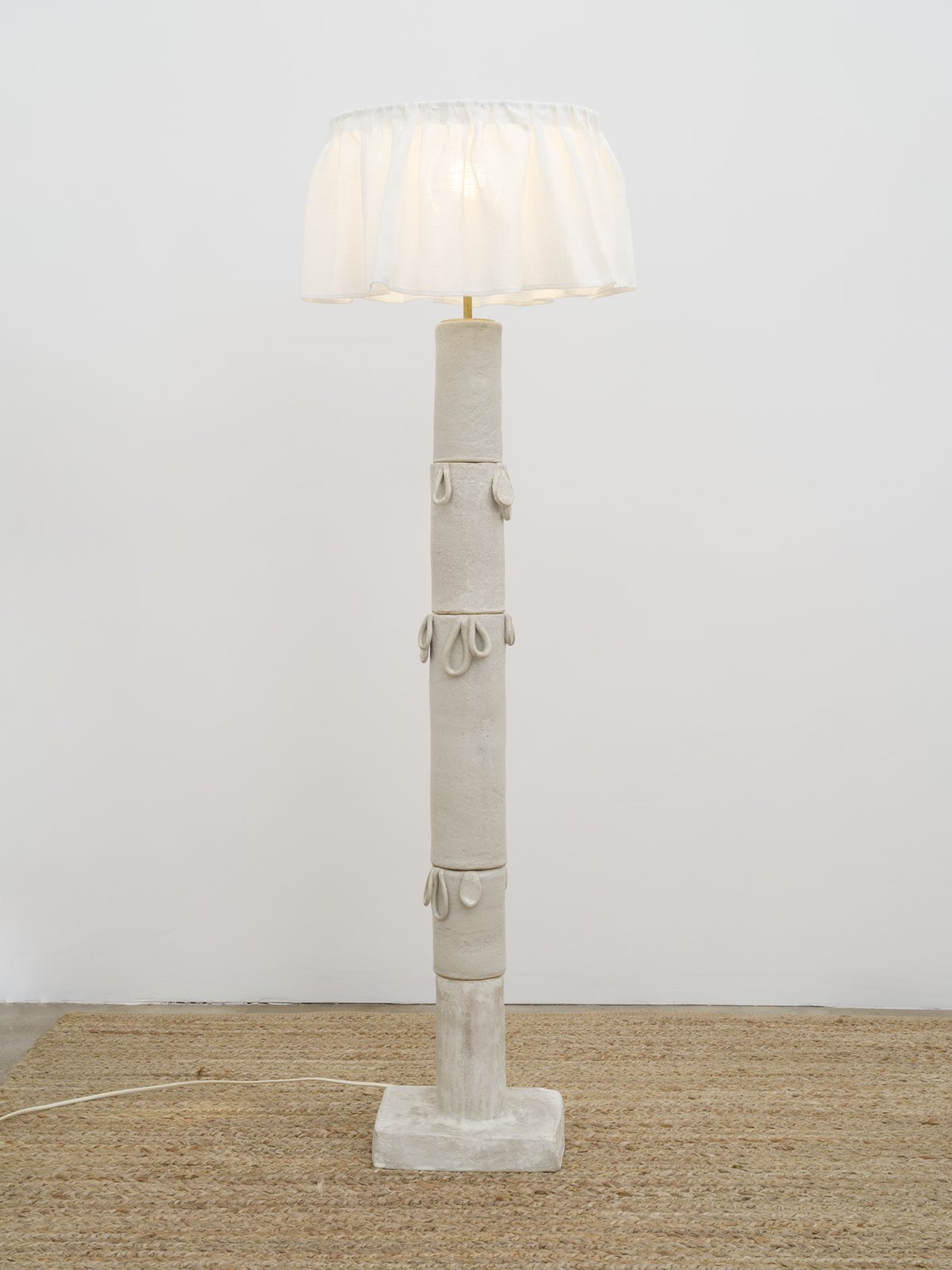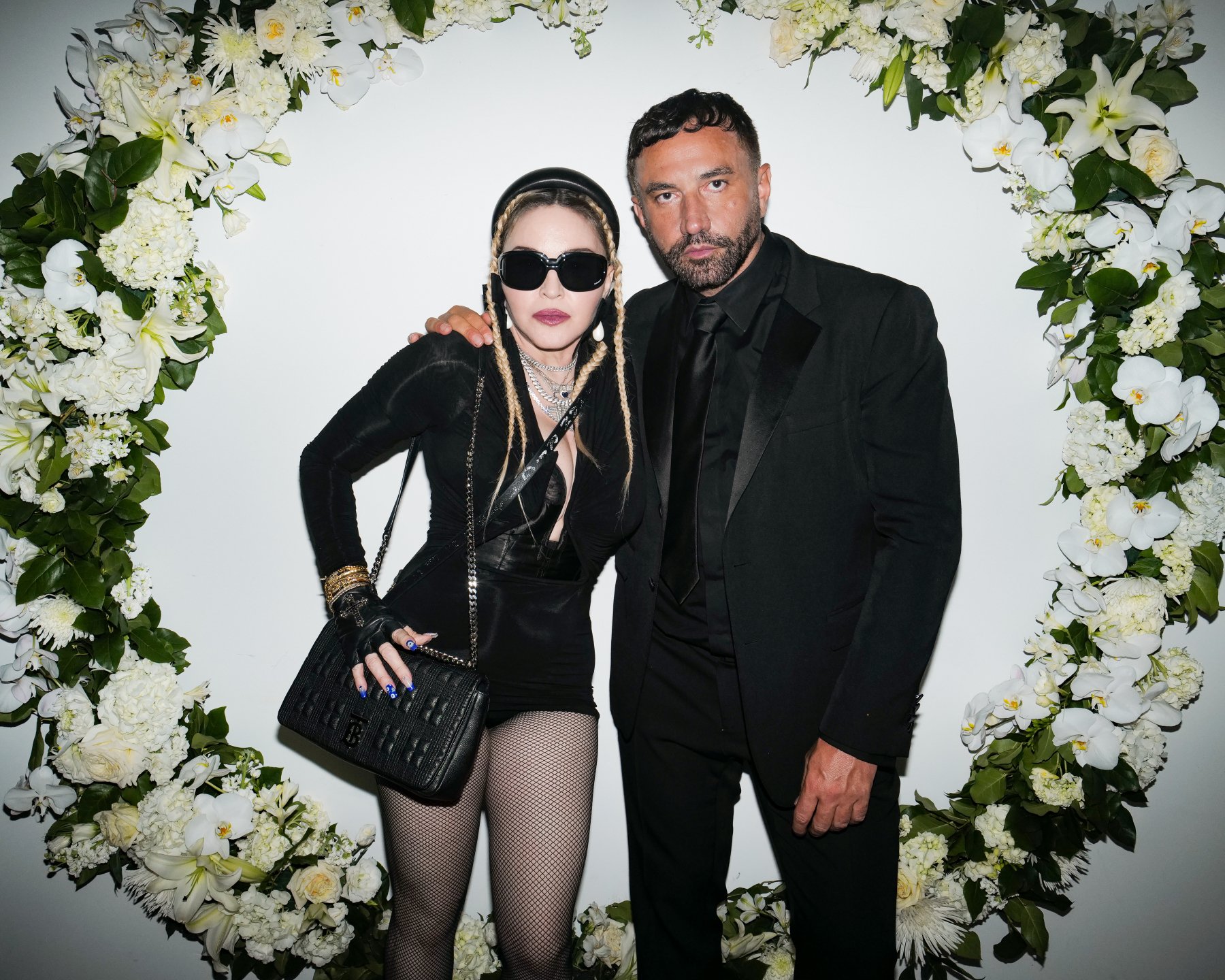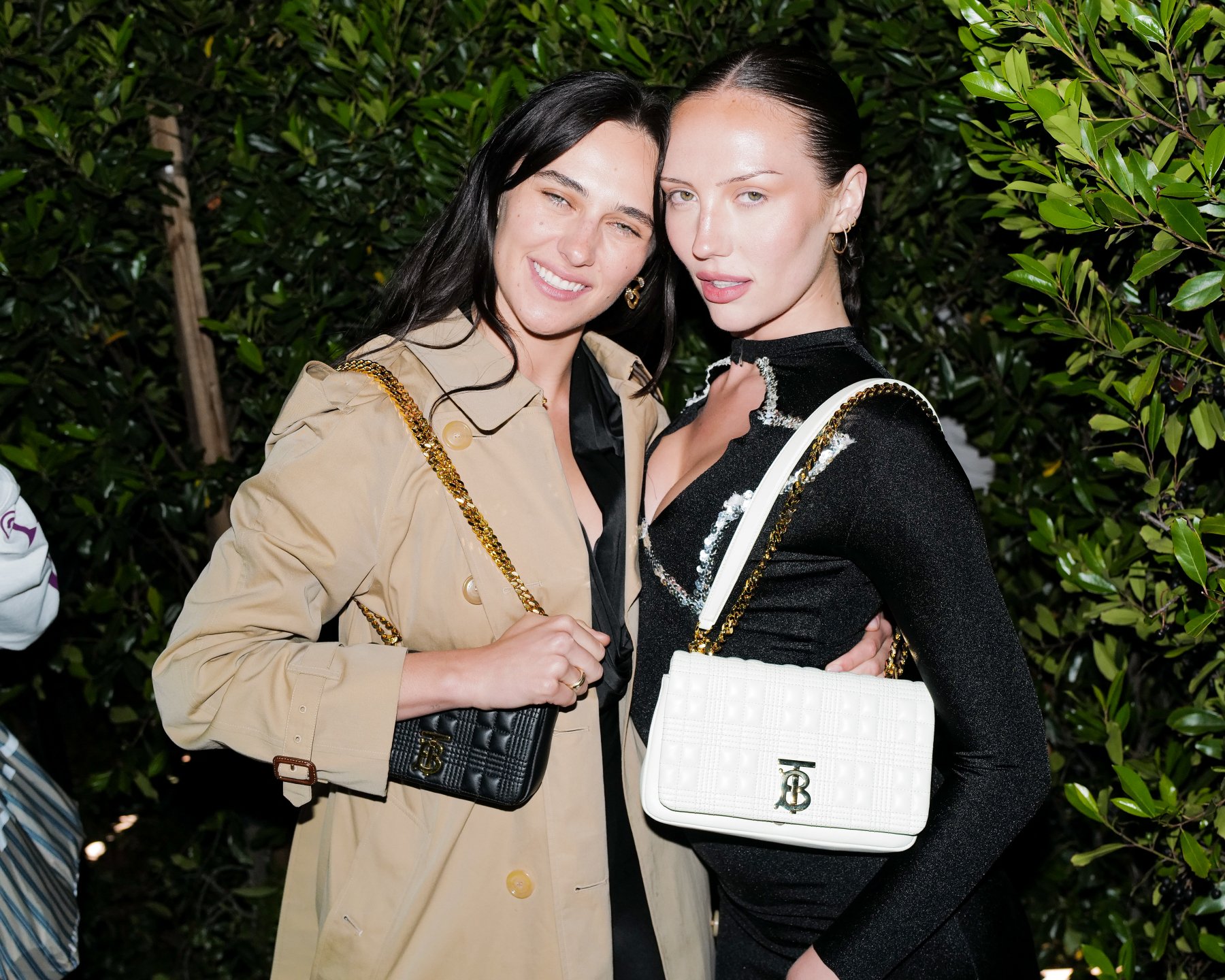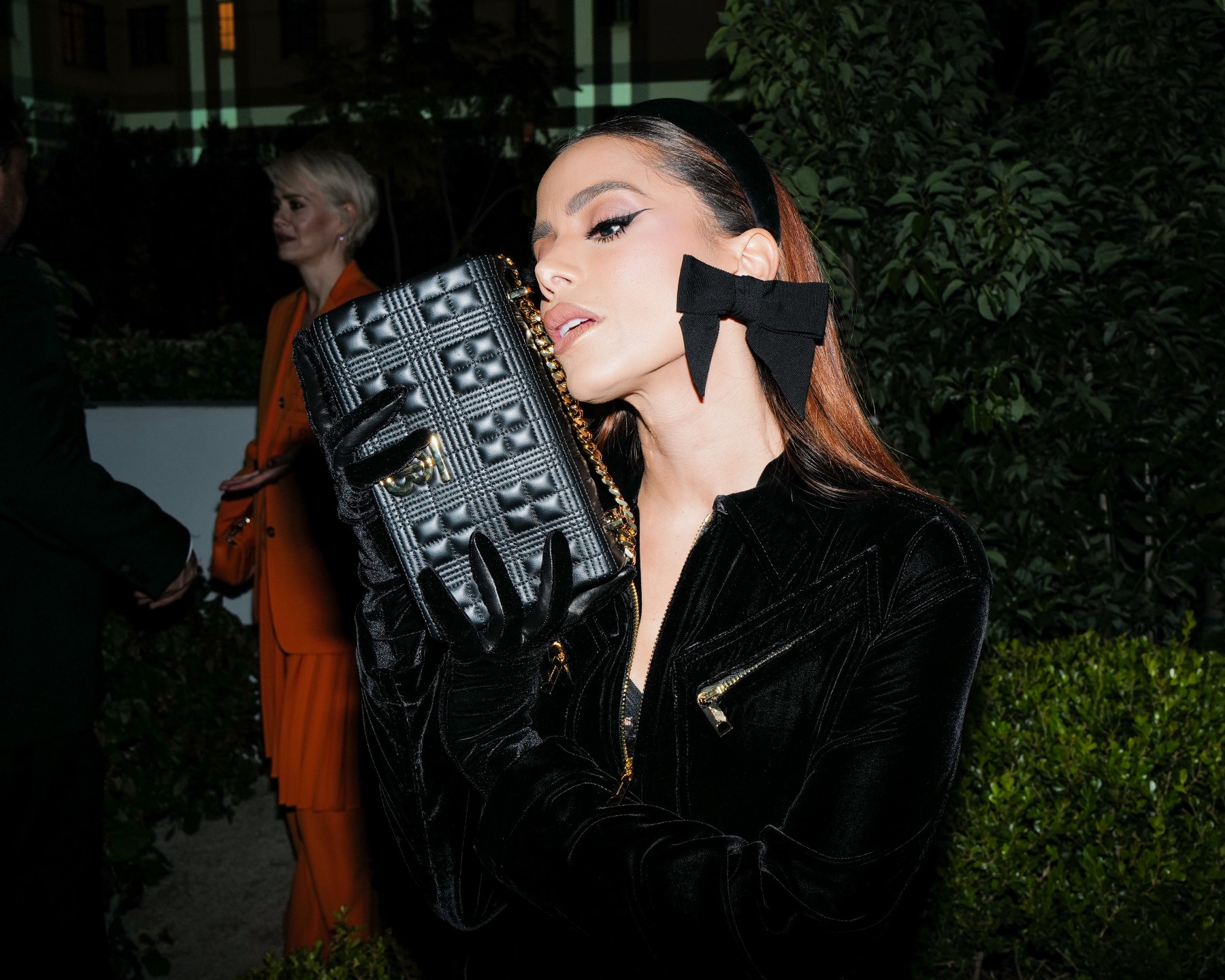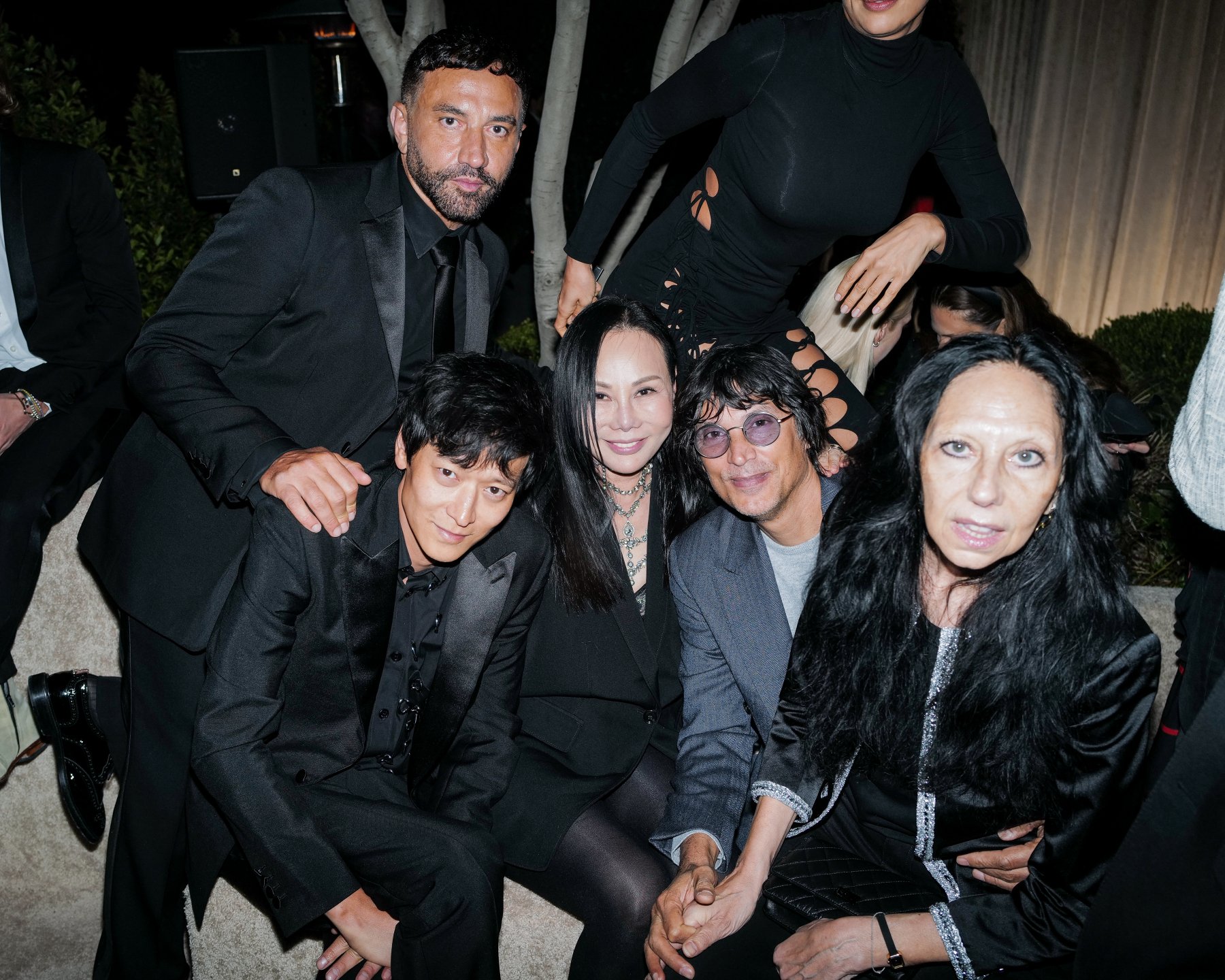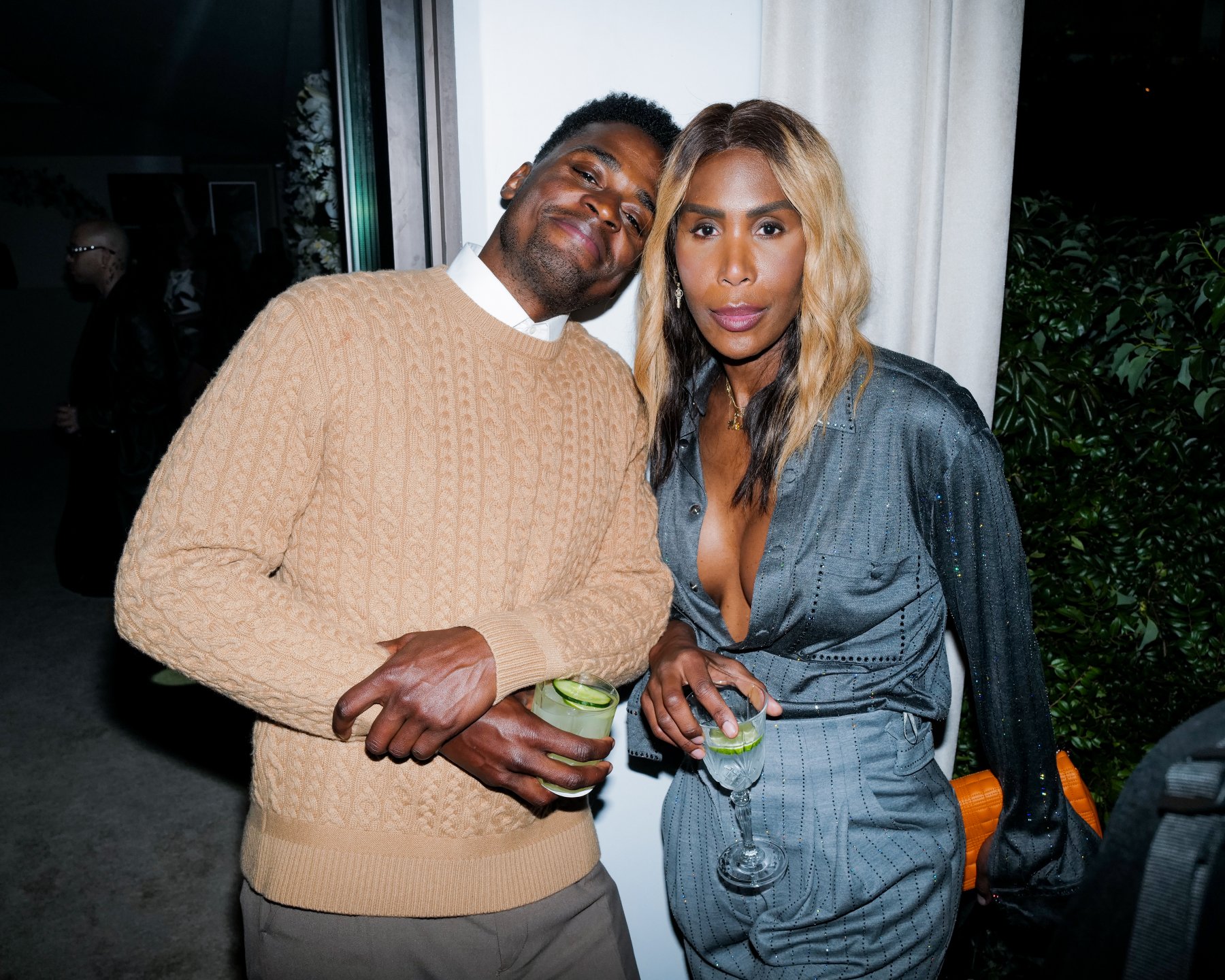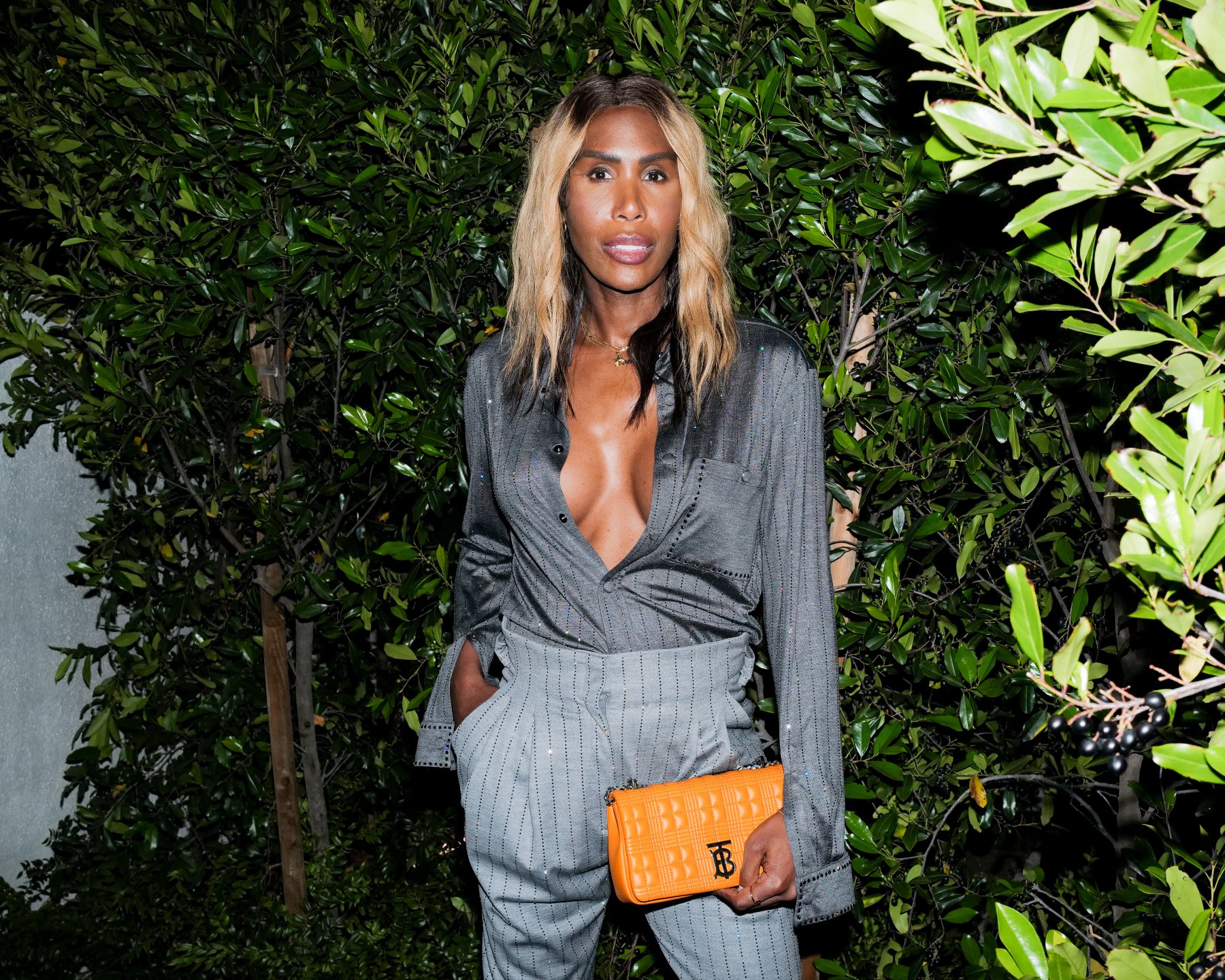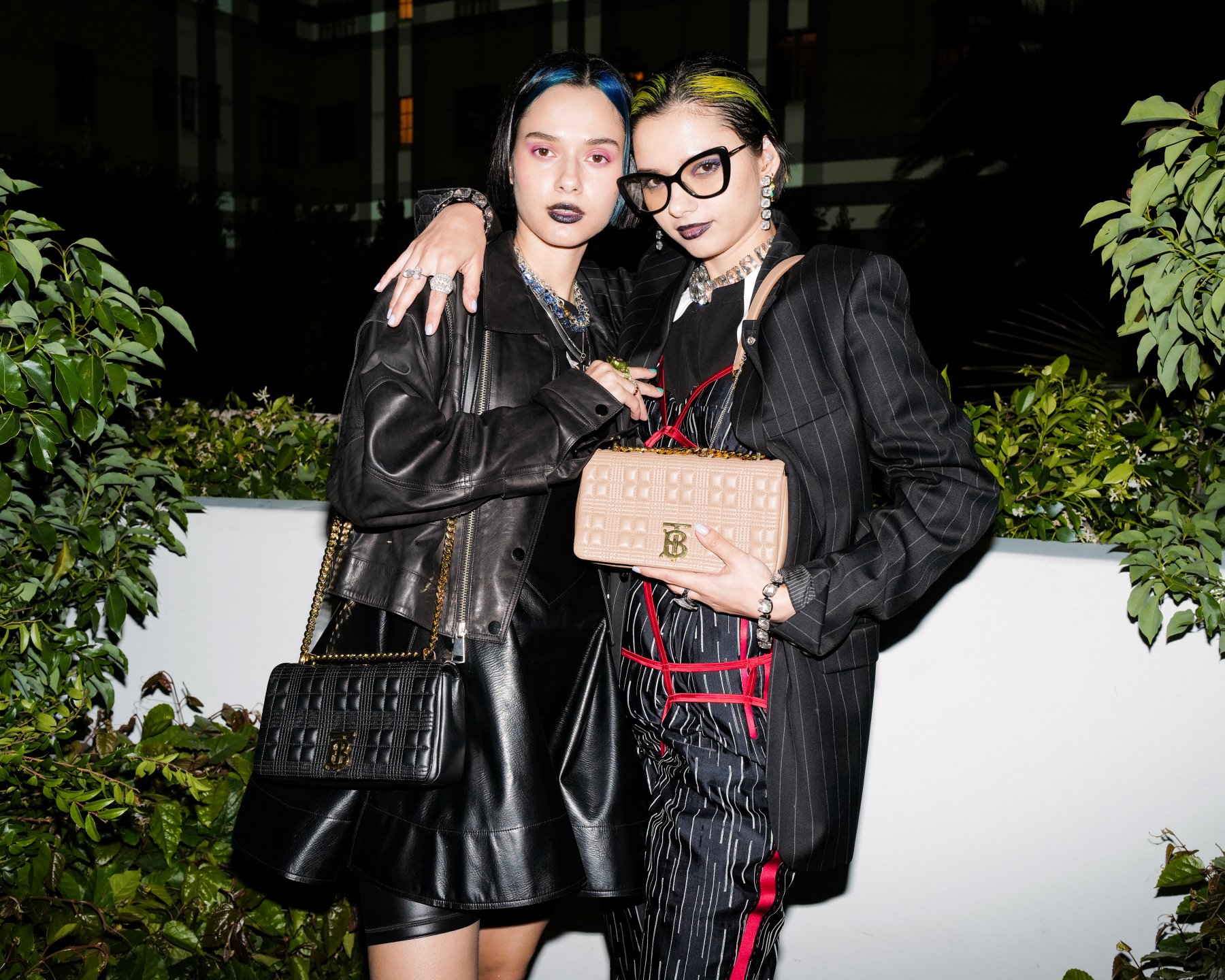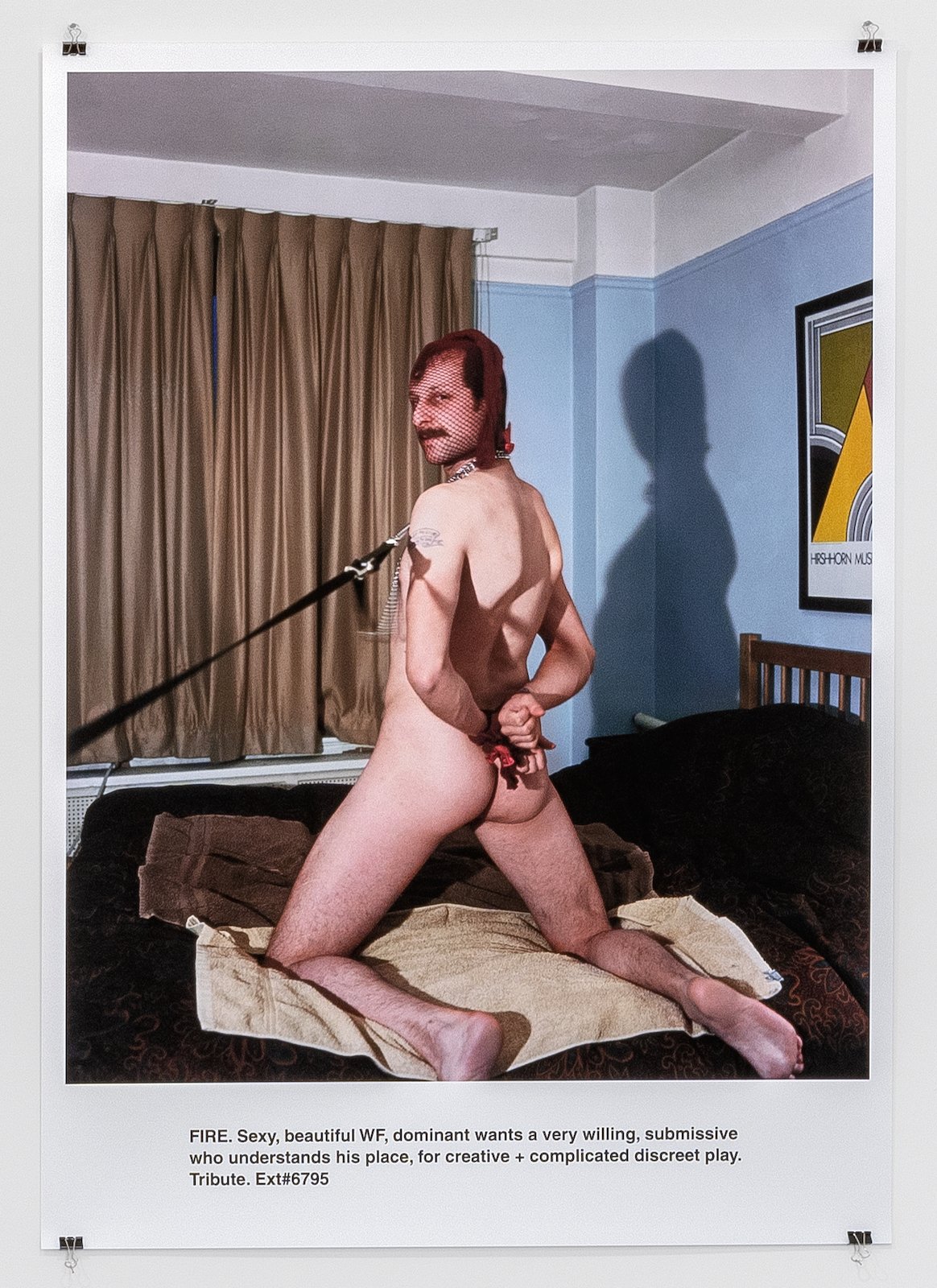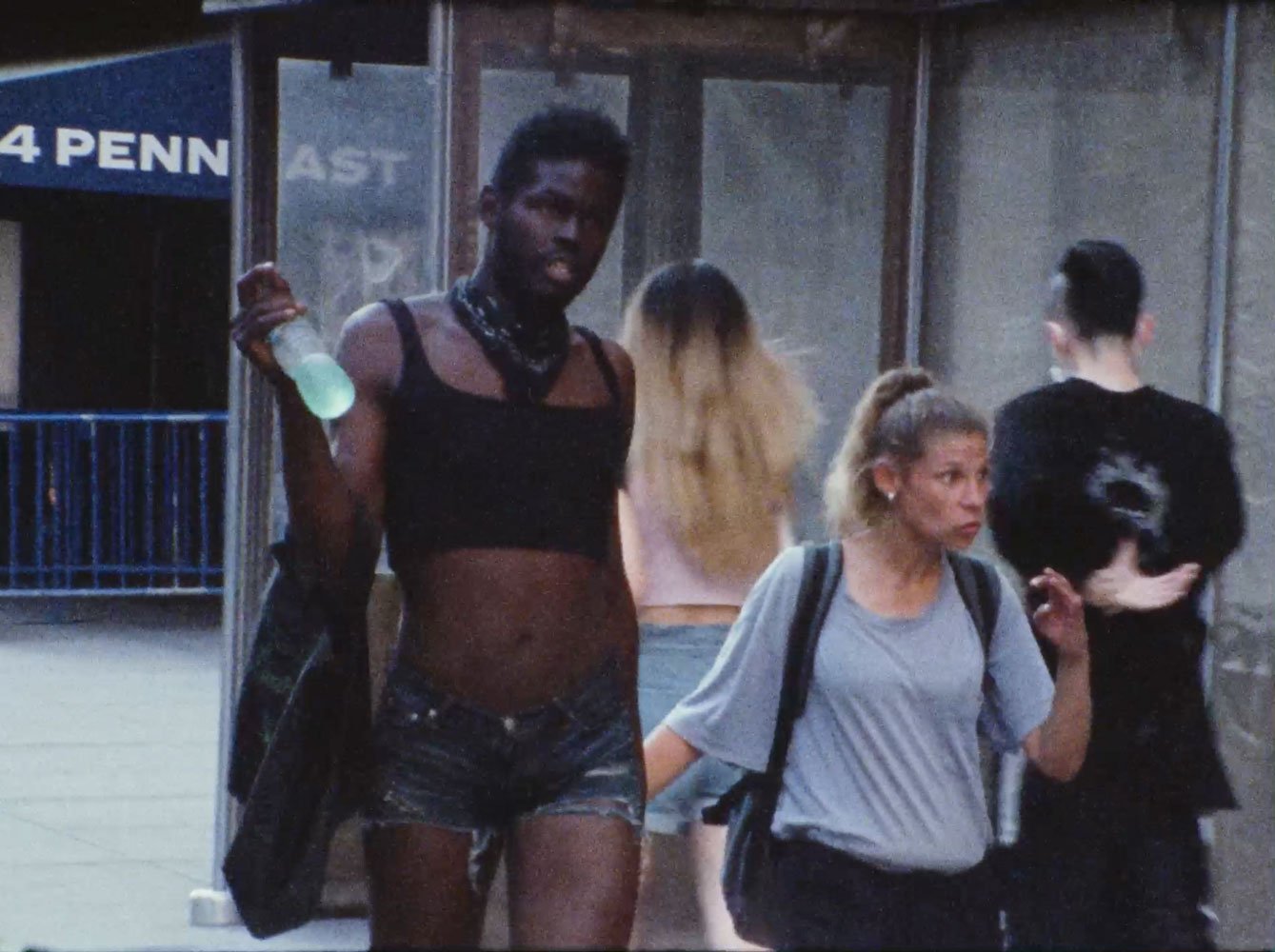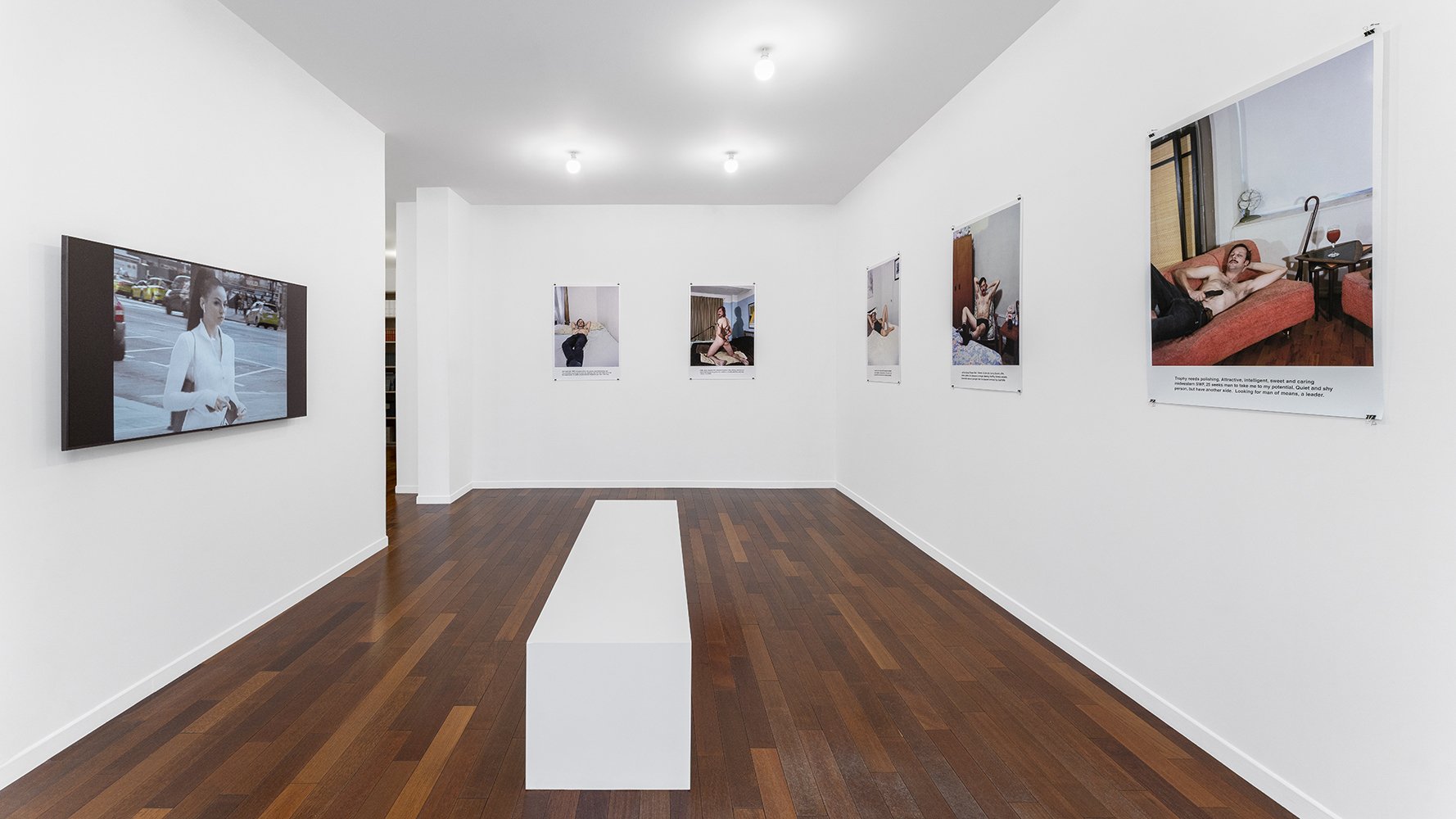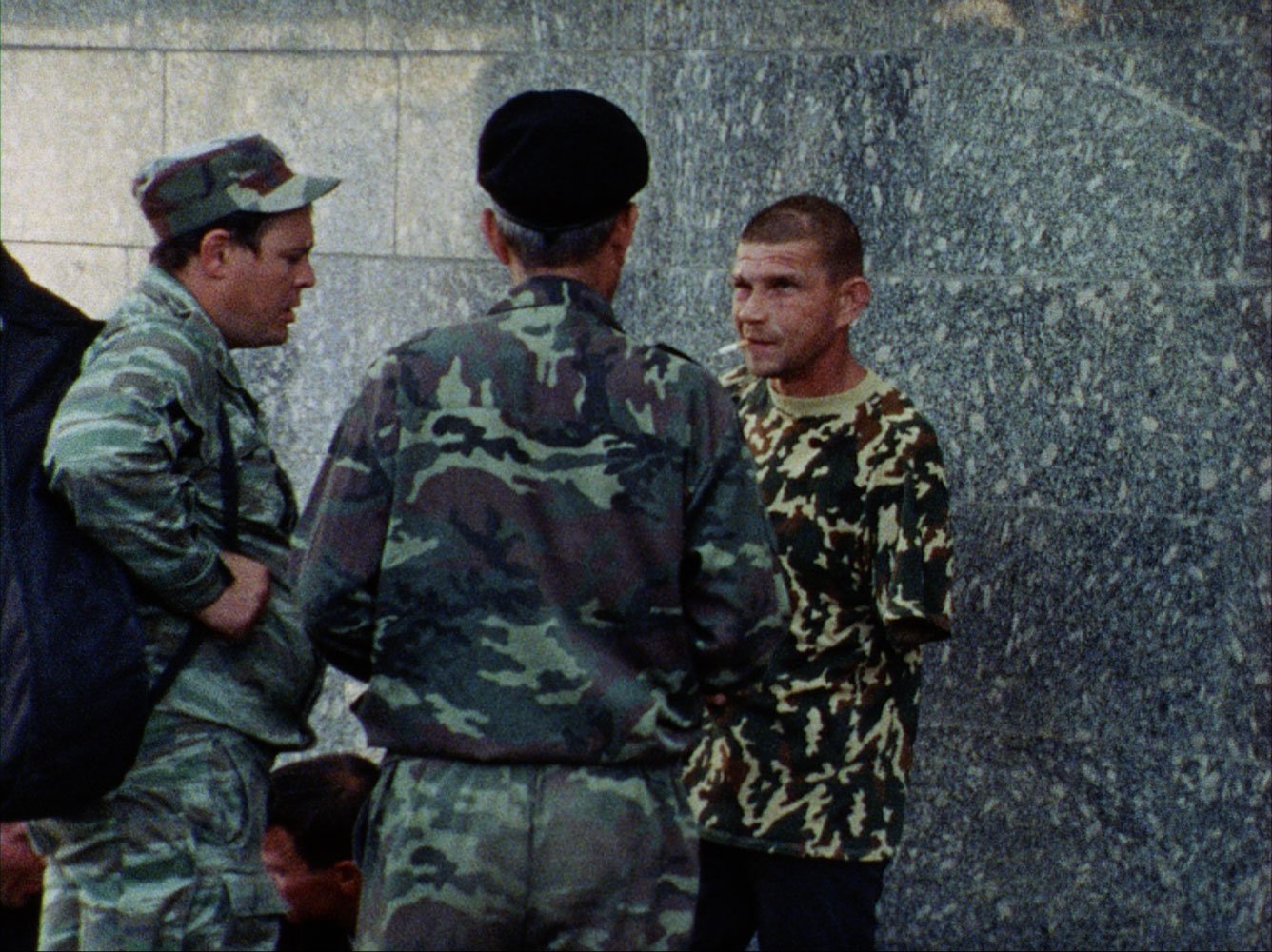text & stills by Summer Bowie
“And if my life is like the dust
that hides the glow of a rose
What good am I?”
– Max Richter featuring Dinah Washington, “This Bitter Earth / On the Nature of Daylight”
On Wednesday June 22, the audience for L.A. Dance Project’s closing week of Be Here Now was graced with a rare opening solo performance by choreographer Benjamin Millepied. Dancing to Max Richter’s “This Bitter Earth / On the Nature of Daylight,” he walked onto the stage in street clothes making a large circle that slowly spiraled in on itself before sweetly erupting into a vulnerable serenade of sorrow and deliverance. He jumps and spins, arms outstretched, a motif we will see later in the piece, but otherwise, there is no indication as to whether we are watching choreography or improvisation. Why he chose this night or this song is a mystery that isn’t asking to be solved, much like the meaning behind the myriad movement compositions that comprise his oeuvre. His latest work is no different in its narrative-defying abstraction. It is a work that calls you to let go of linear time and tune into the everlasting moment, to be present with how all of it feels, and to have the clarity and confidence of knowing that this is all you need.
Be Here Now is inspired by critically-acclaimed composer Andy Akiho’s Seven Pillars, an 80-minute, chamber music work that was nominated for two Grammy’s earlier this year. Created over the course of eight years and performed by Sandbox Percussion, the work was composed very personally for its masterful quartet of percussionists. Akiho has said that he composes for people, not instruments and Millepied choreographs in kind. When his dancers are coupled, each pairing takes on its own distinct chemistry. Dressed in a neutral uniform of sheer, cream-colored tank tops and slate-grey sateen briefs, they dance with a synchronicity that is uncanny, yet they bring out different sides of one another. They take on new attitudes, rhythms and textures based on their varying social compositions from one piece to the next. One doesn’t have to question the degree of intimacy that the work requires of these movers as colleagues. Their multitudinous selves are expressed earnestly and their compatibility is unmistakable.
The first piece begins with four women who materialize one at a time from each corner of the stage. We’re in a sexy, dark alley, and we’re just scared enough. They slowly walk to meet in the center making coy eye contact with one another in preparation of their task. Caroline Shaw’s “Entr’acte” performed by Attacca Quartet acts as an unlikely and fierce accompaniment for our prologue. Its rhythmically exigent string arrangements drive the dancers through a combination of sequences that oscillate between classical allegro and modern floorwork, returning periodically to a long, outstretched arm motif that rises upwards to the side as if pulled by some magnetic force, or perhaps it serves as an invitation. They keep count under their breath while the meter changes frenetically from one time signature to the next. They clap hands, slap thighs, hop and skip with the natural consonance of children on a playground. At times they are sylph-like. They hold hands, weaving in and out of one another with an amiable sorority reminiscent of Leonid Yakobson’s Pas de Quatre (1971).
In the next piece, four men take the stage and we are officially in the first of Akiho’s Seven Pillars. Their feet keep the beat with its clamorous, polyrhythmic percussion, while their upper bodies undulate and their arms elongate sumptuously, adopting the arm motif as though they are collectively conjuring something of a mystical variety. They bring the virtuosic bravado of any classical male group combination, most notably seen in works like The Nutcracker’s “Russian Dance” and combine it with something that is both more earthy and contemporary. Raw in its masculinity, the piece reveals the mystique of male sexuality in a way that defies the limitations of classical dance while remaining grounded in its outward rotation.
The women join the men, pairing themselves respectively and we realize that this is a courtship dance. Each pair performs the same choreography in rippling canons before breaking off into their own distinctive duets. These duets are punctuated by highly idiosyncratic solos, one of which, danced by Daphne Fernberger to Akiho’s “Pillar II” is a haunting change of pace bathed in the cold, shadowy glow of a moonlit séance. She gradually binds us into a spell of arms that whip, toes that sweep and developpés that lean backward as they travel forward. She gives us the sense that there’s some elasticity to the now. A following duet by David Adrian Freeland, Jr. and Sierra Herrera to “Pillar III” is an awe-inspiring feat of ever-intensifying prowess. One imagines they could be a celebrity couple whose first names have been inextricably bound by a catchy portmanteau. They remain poised even as they catch their breath, subtly hinting at the labor behind the shiny veneer. Peter Mazurowsk defies gravity with a heart-pounding solo of leaps that spin on axes of every angle. He is Apollo painting every inch of the space with his body in perfect balance and measure like a Pollock tableau in its natural aplomb.
These characters reveal themselves to us not as archetypes, but as individuals endowed with unbridled talent and intrinsic drive. They are roses by many other names reflecting the morning moonlight in their sweet, dewy petals. We are reminded by their unrivaled beauty to pause and return to our sense of olfaction. We are present and in a state of admiration.
Be Here Now was performed throughout the month of June at L.A. Dance Project with a portion of the proceeds going towards the company's partnership with Ghetto Classics Dance, a dance company in Nairobi, Kenya. This will provide the funding for the dancers to travel to Los Angeles for a two-week summer dance workshop in collaboration with Everbody Dance LA.

